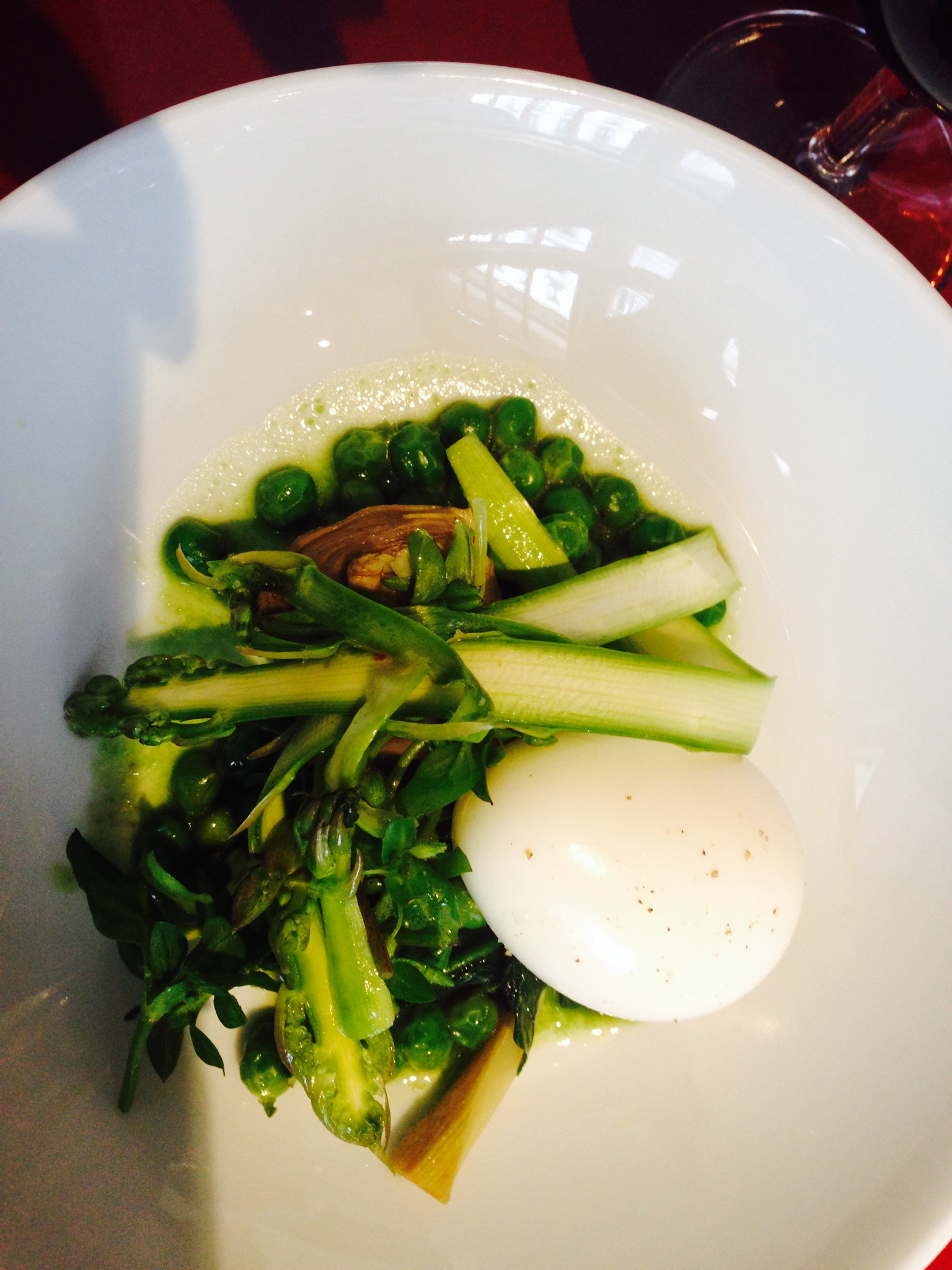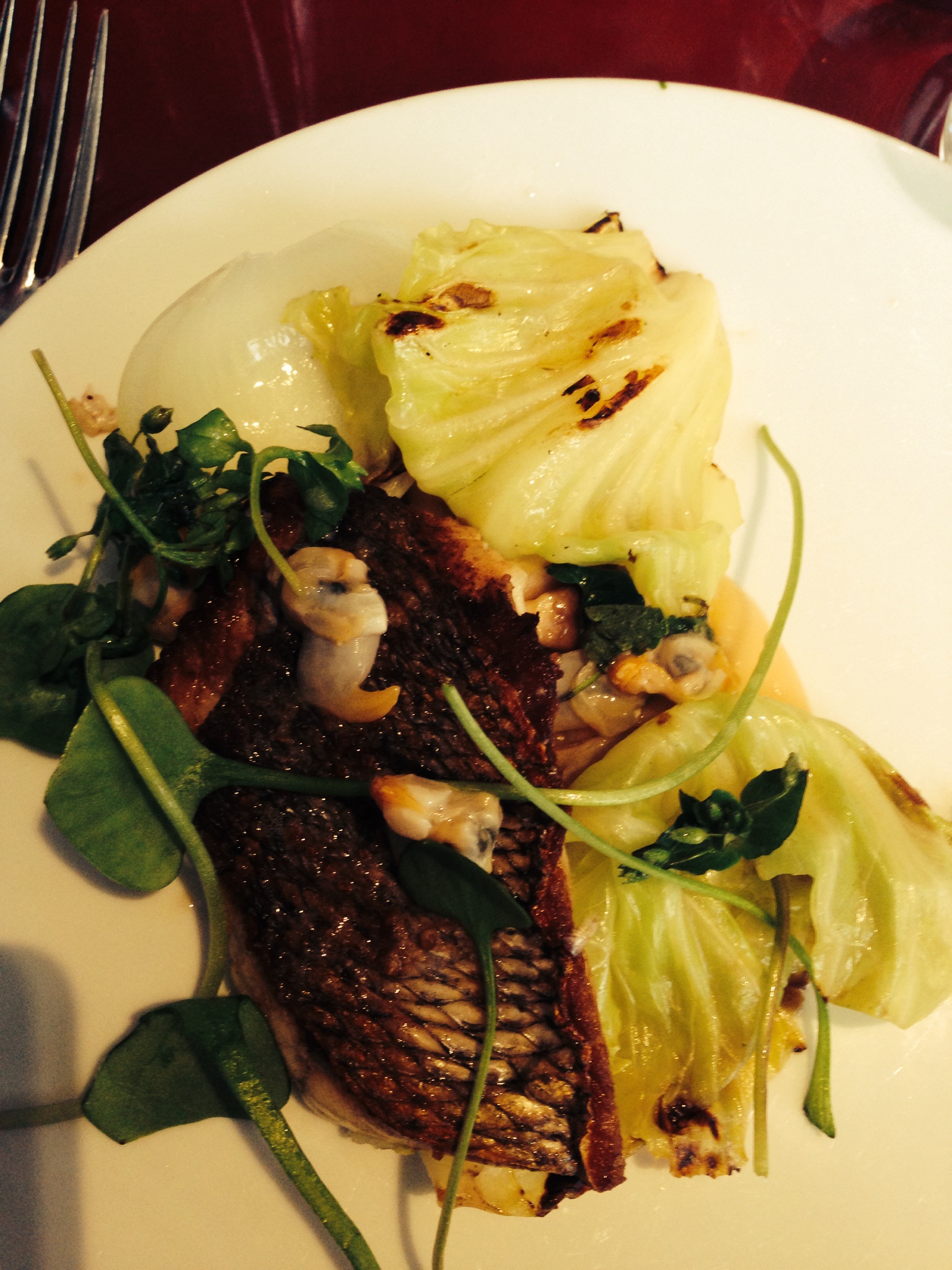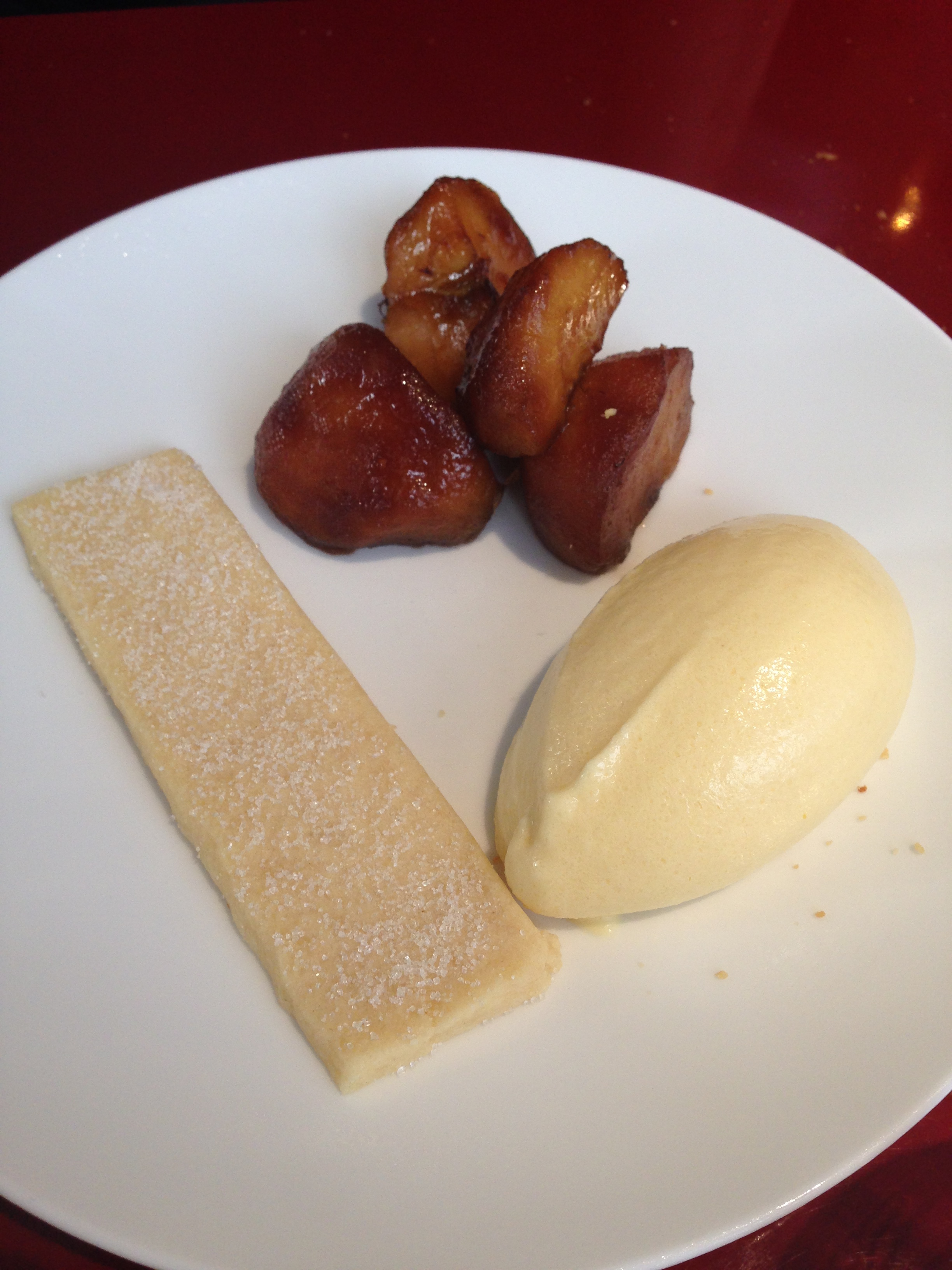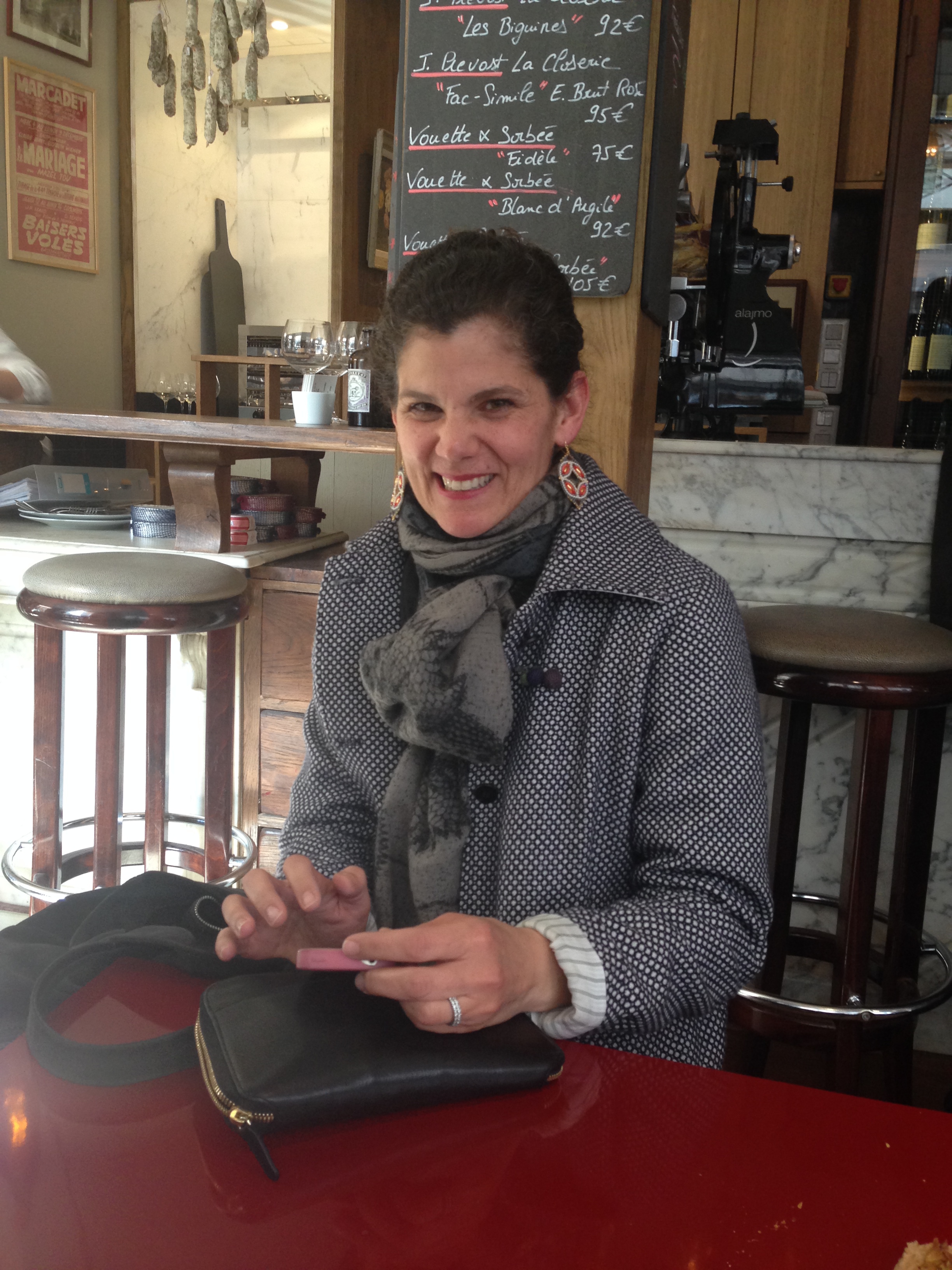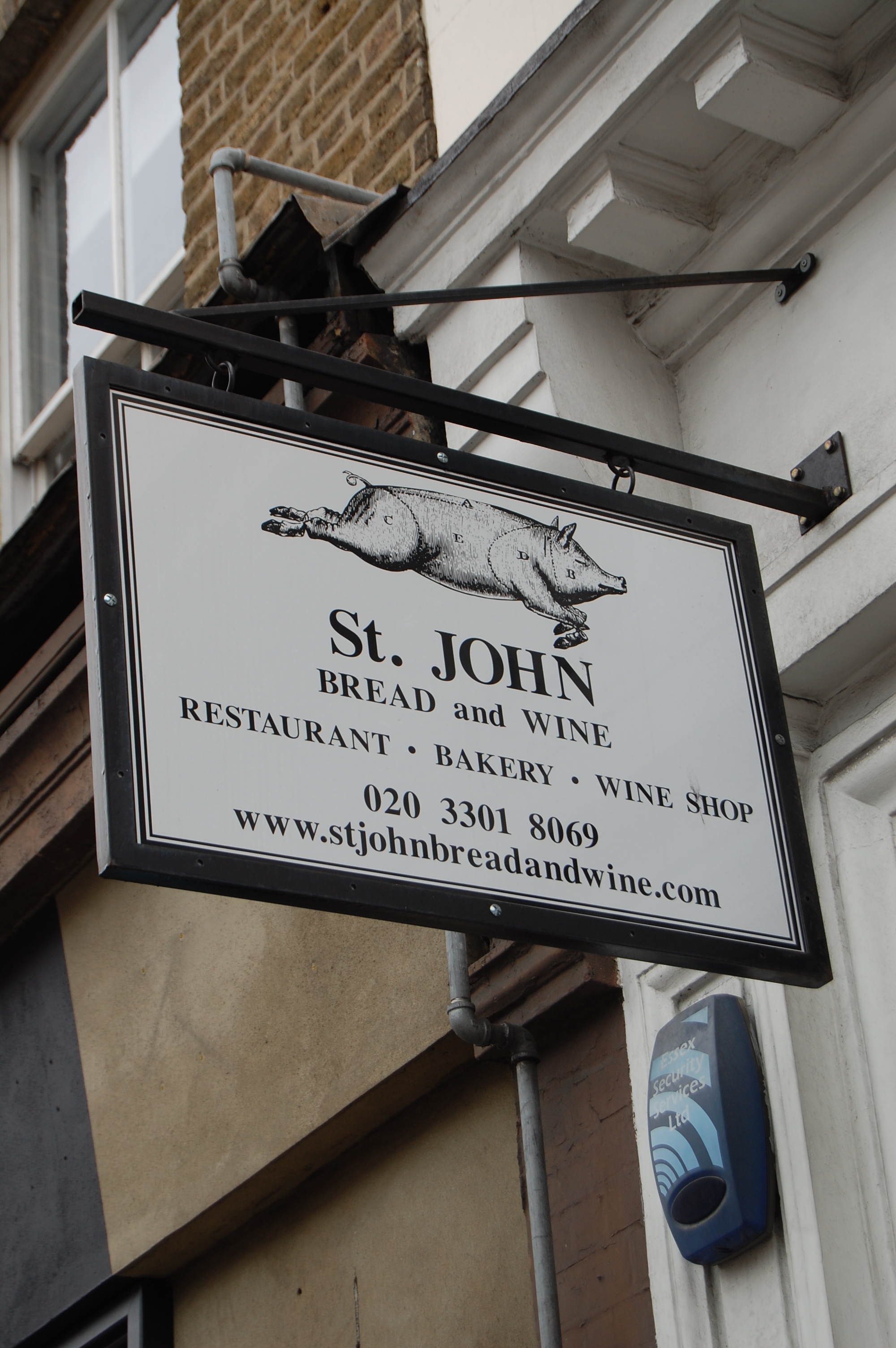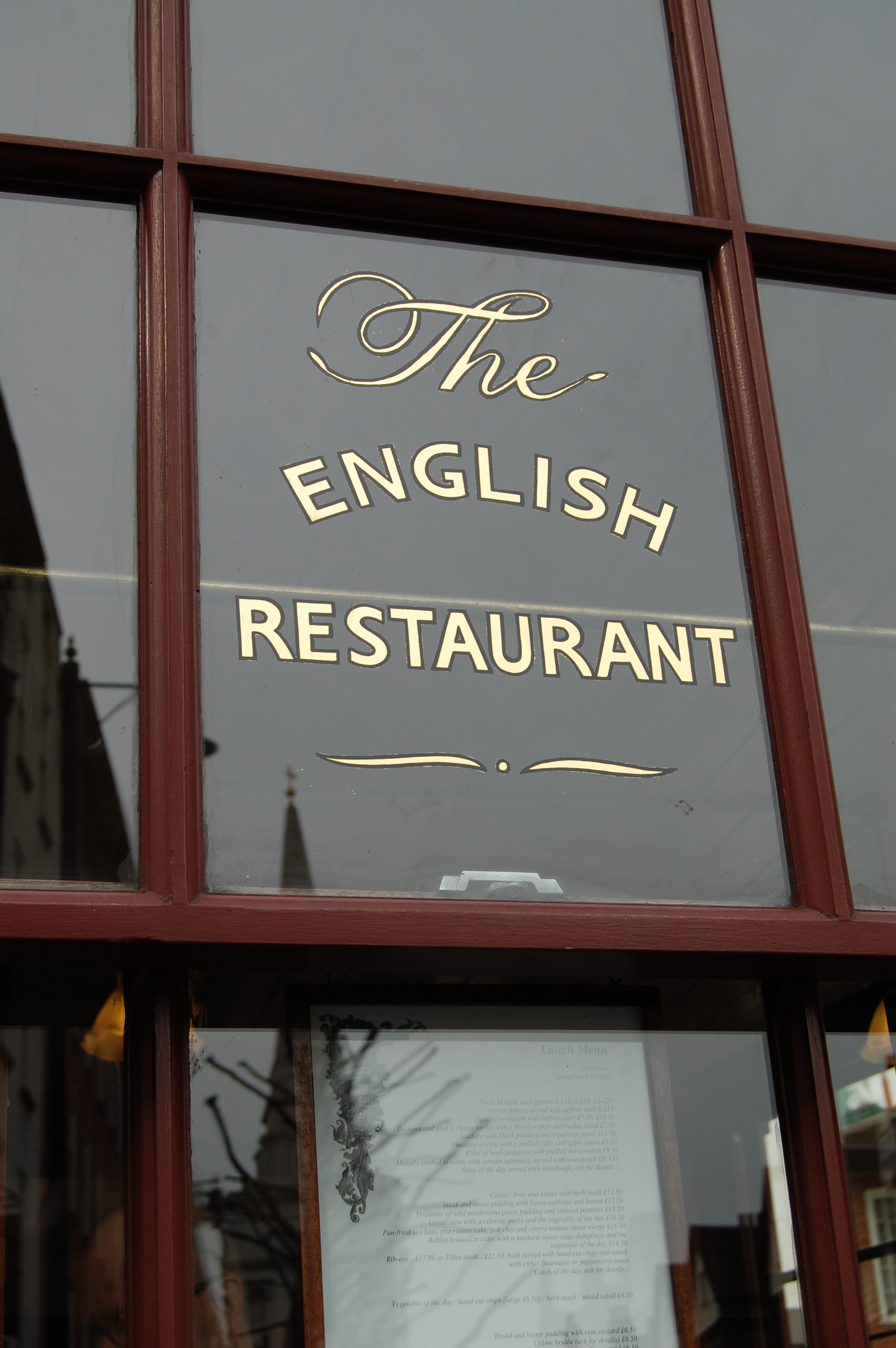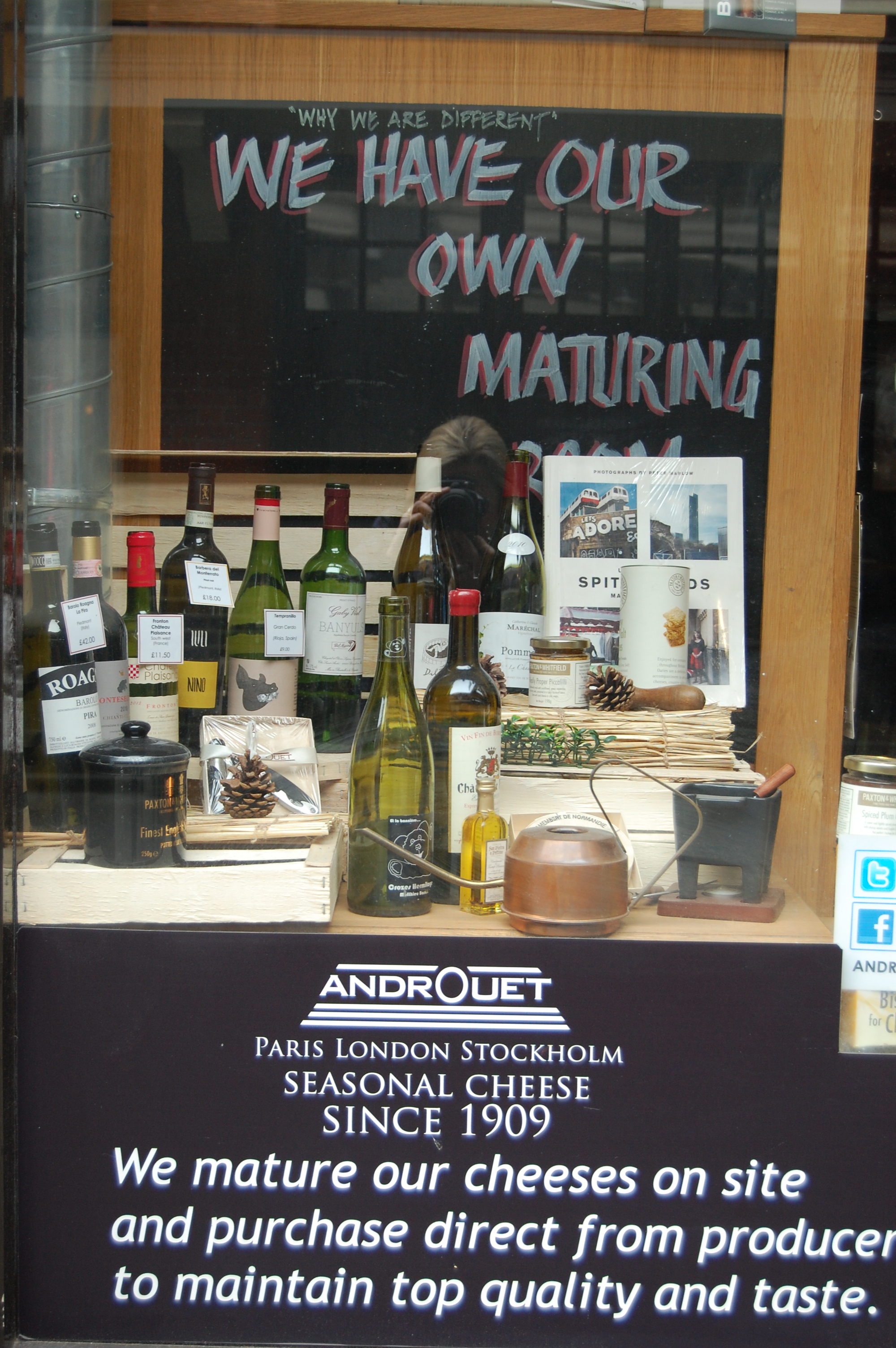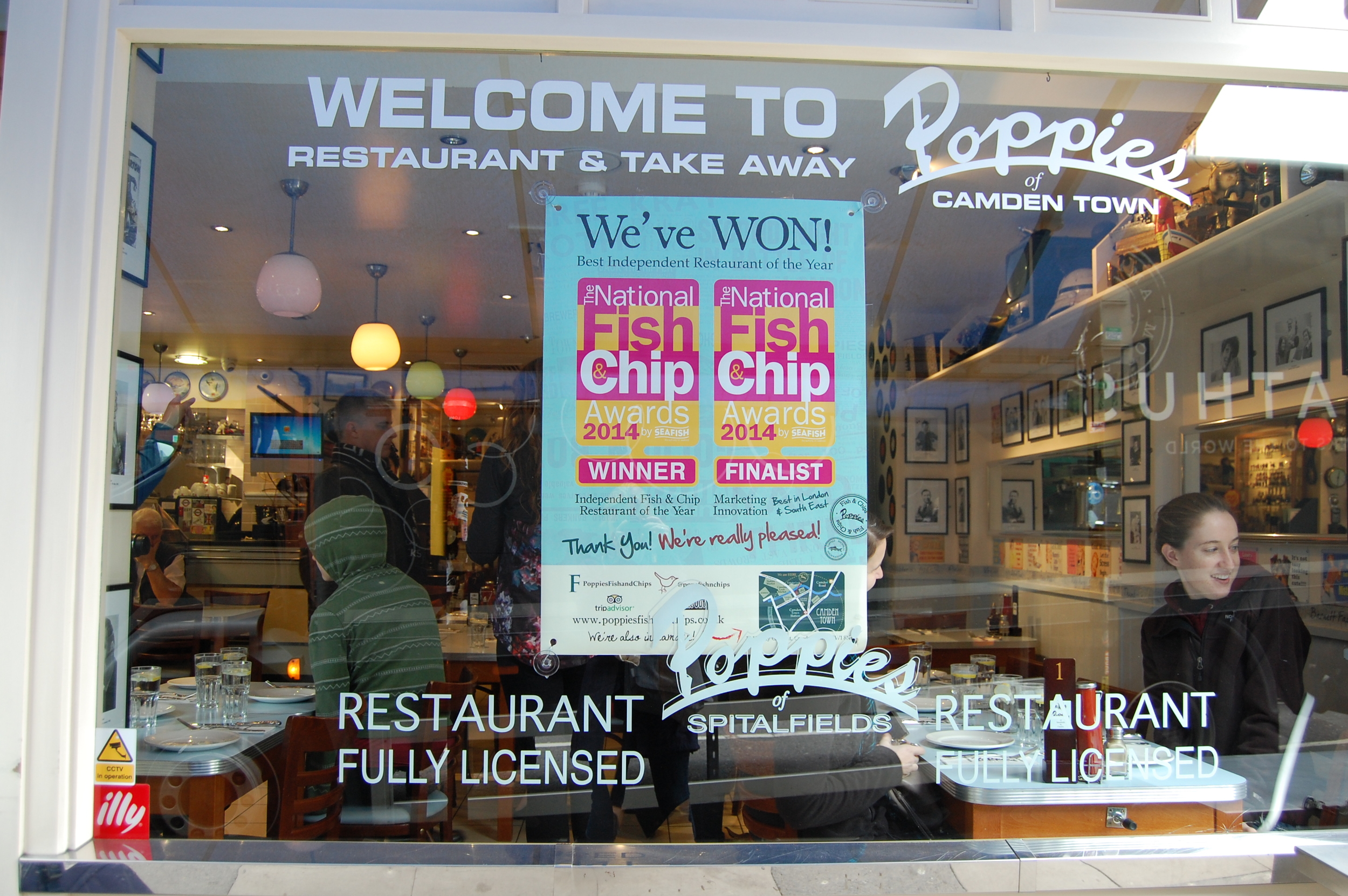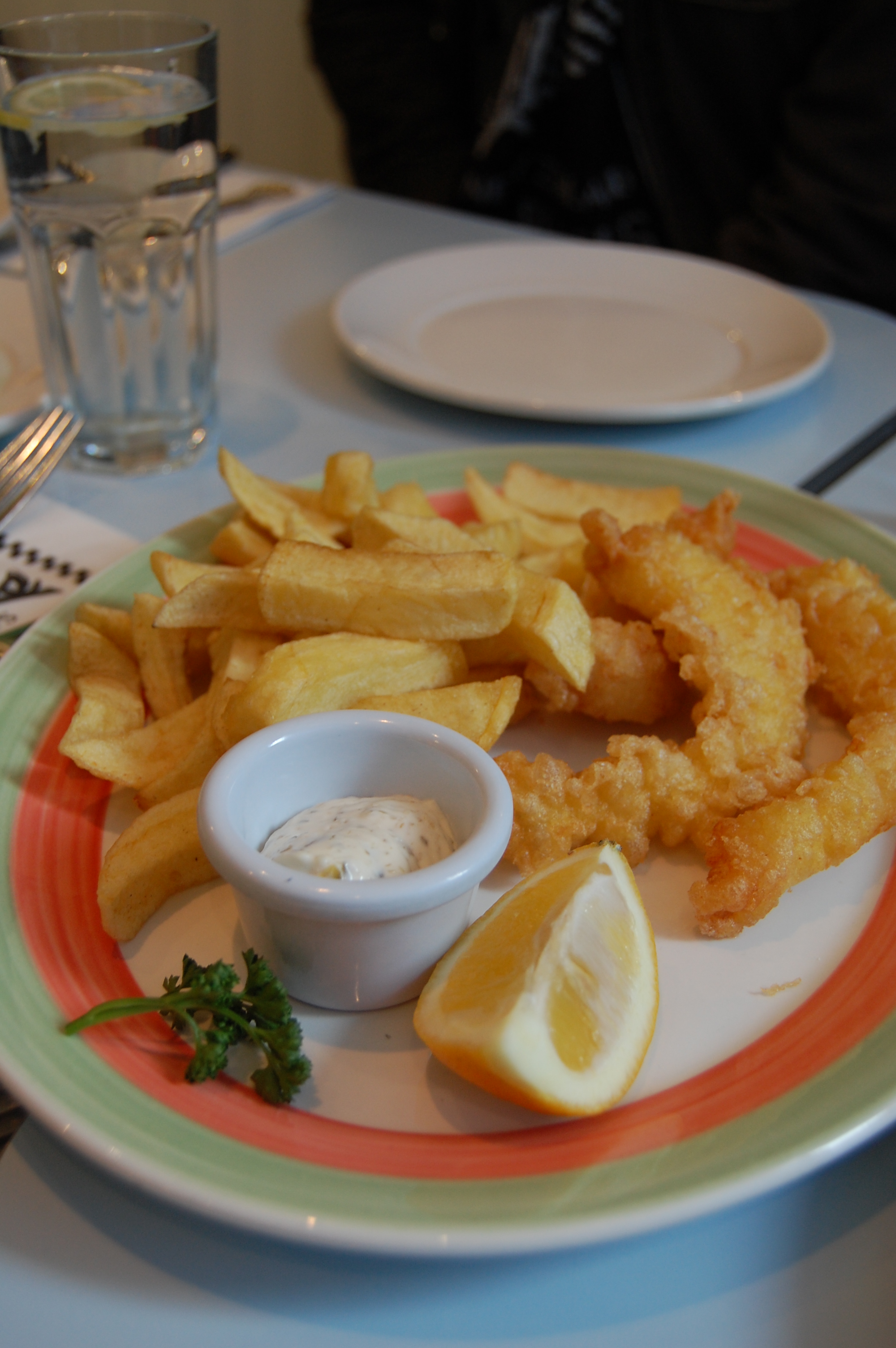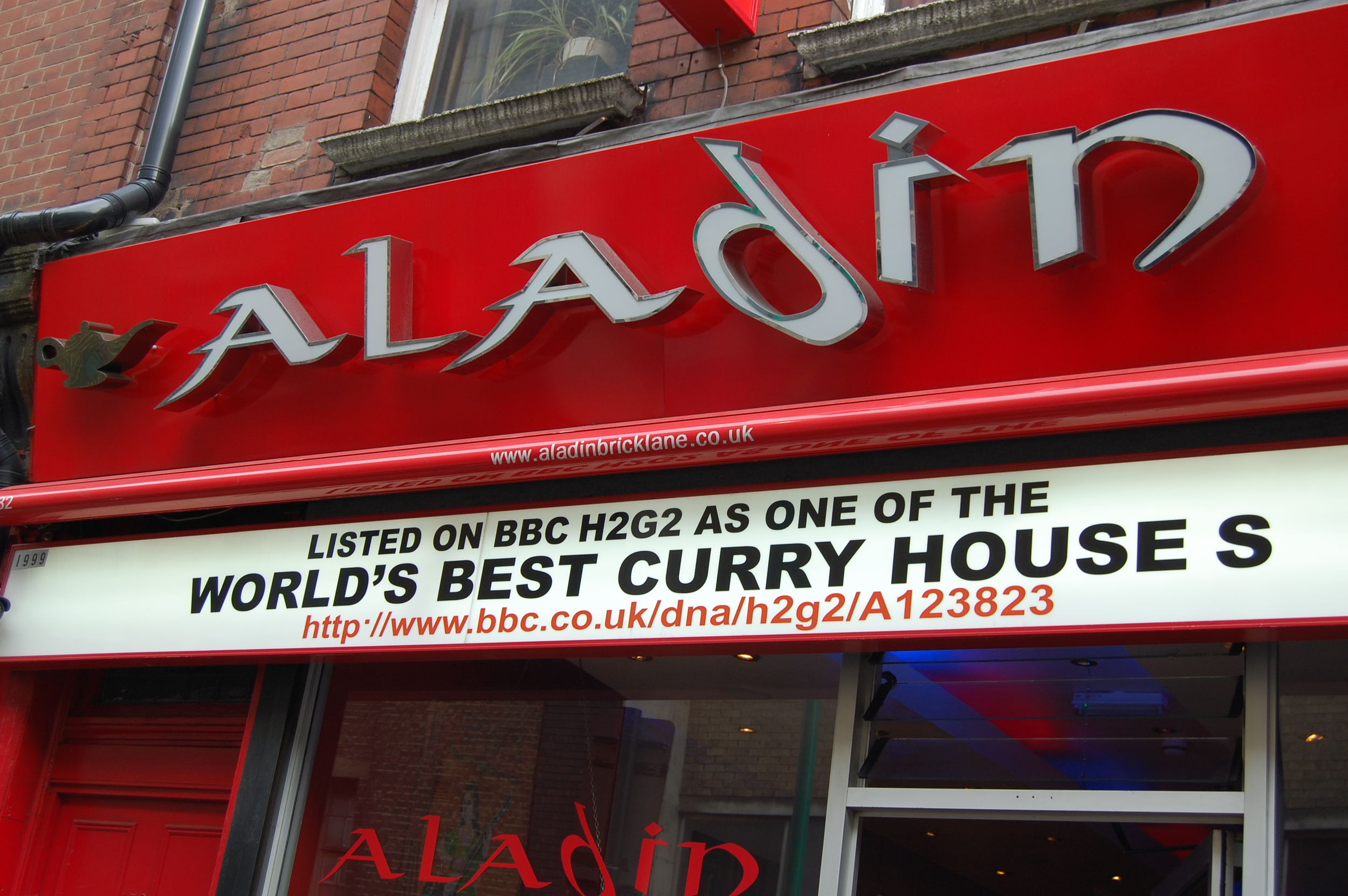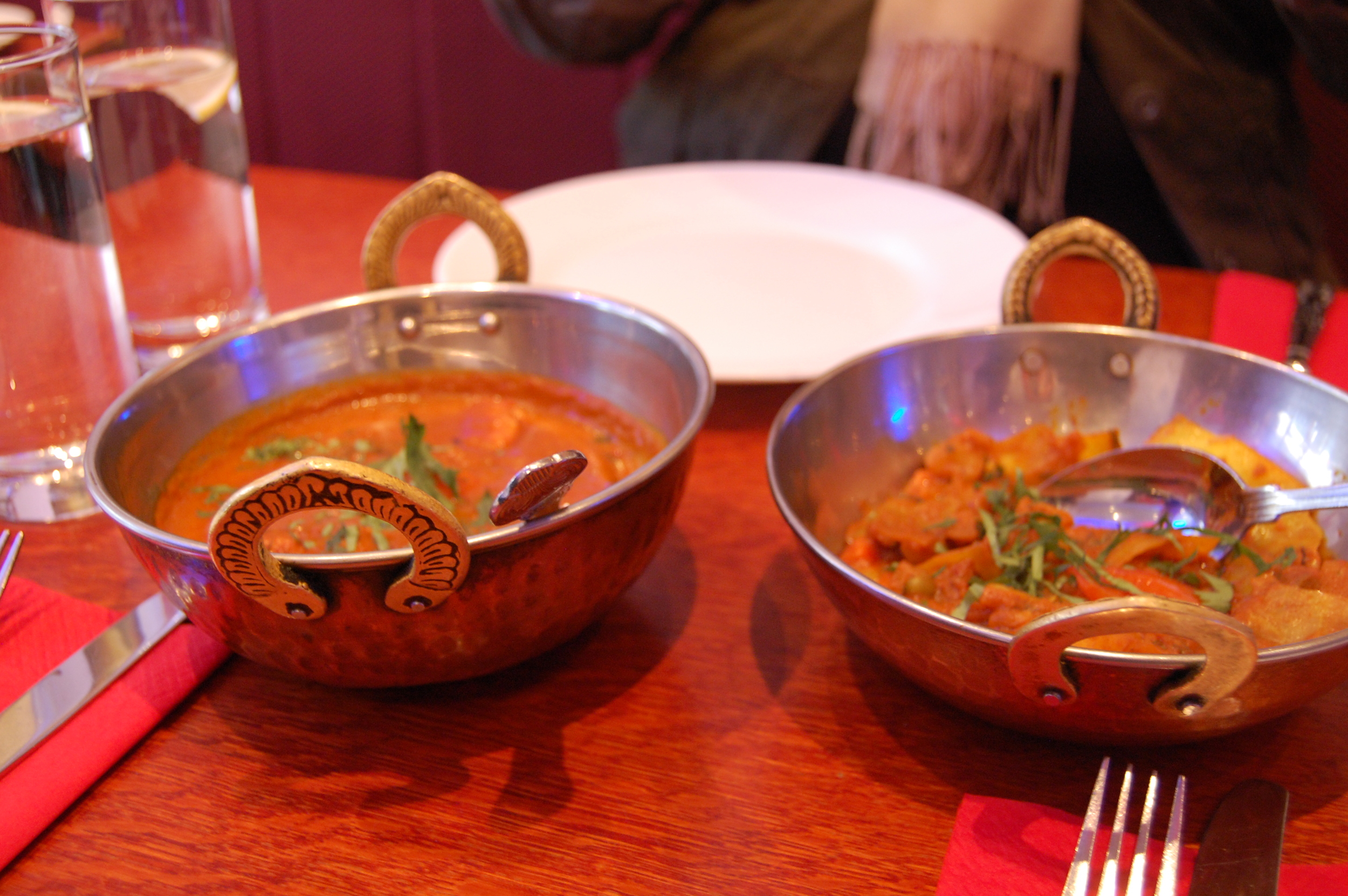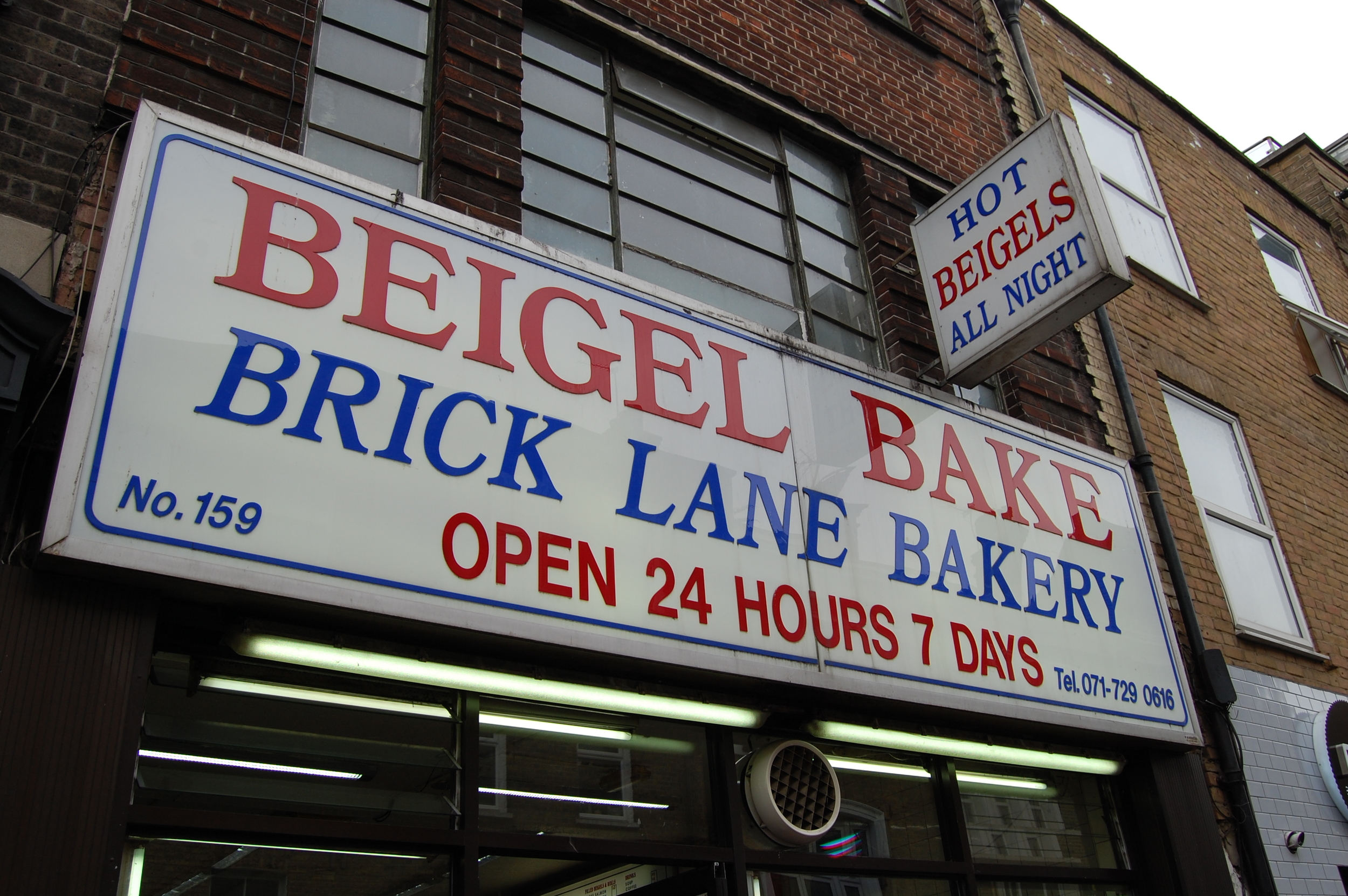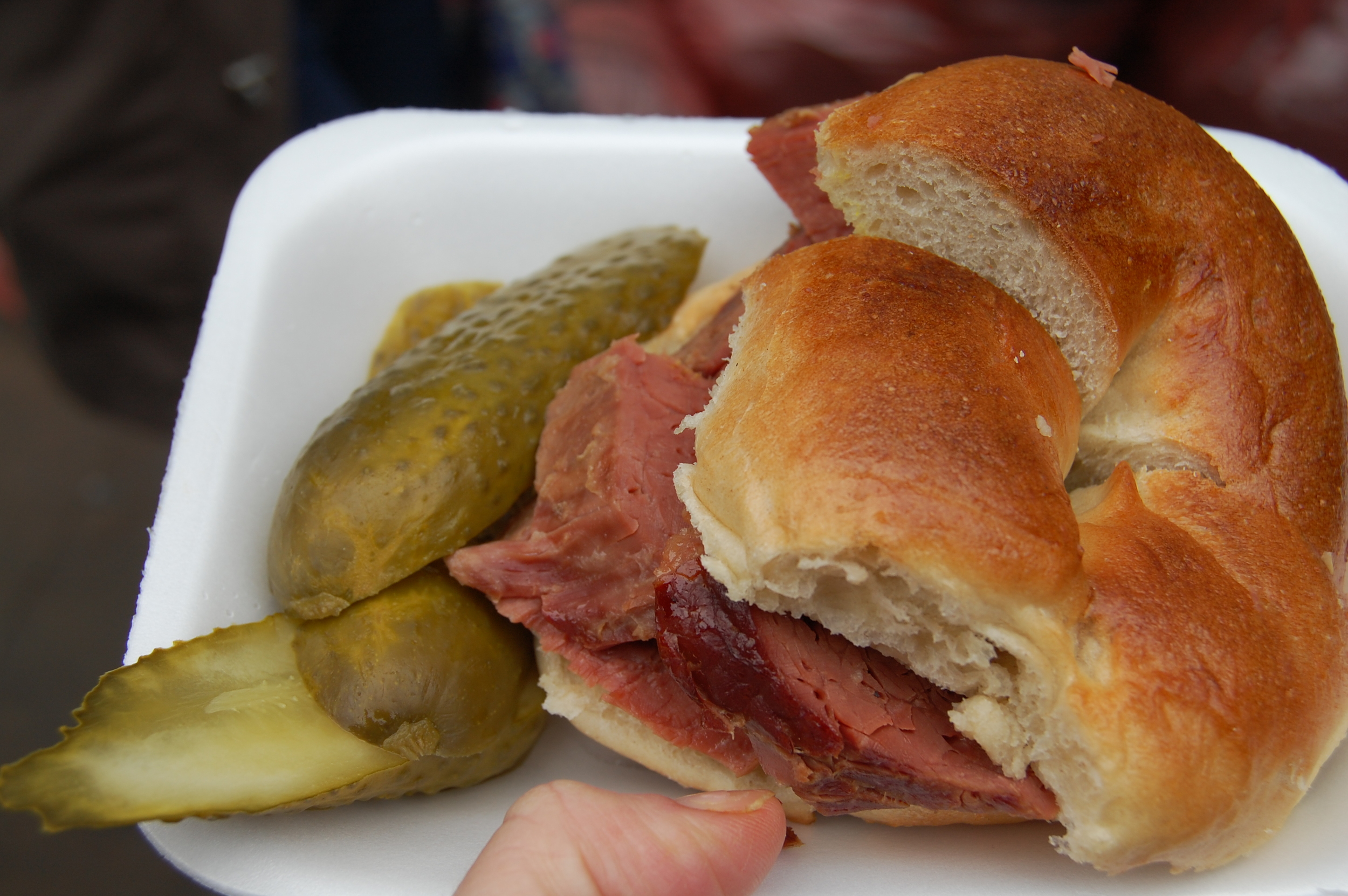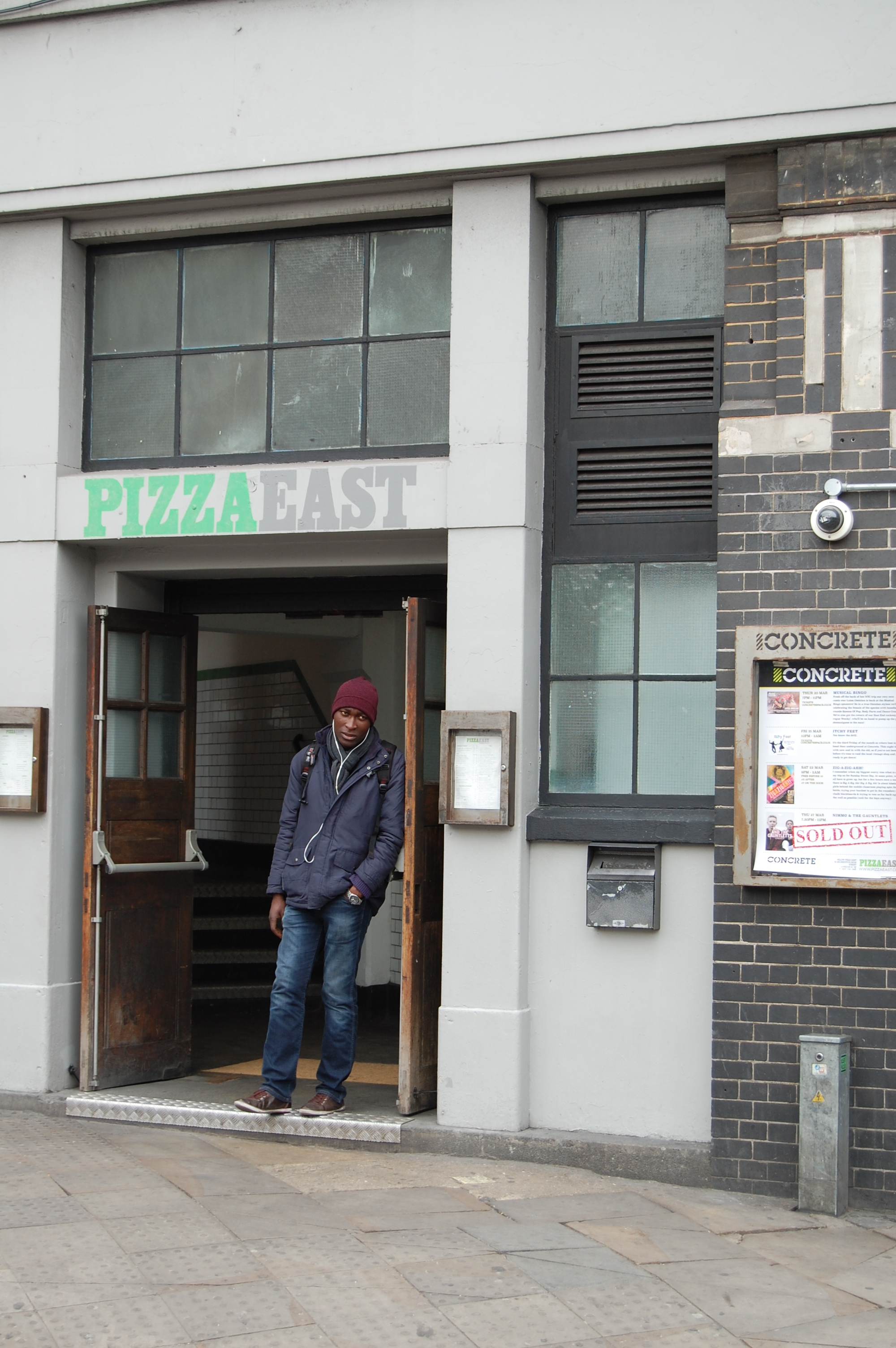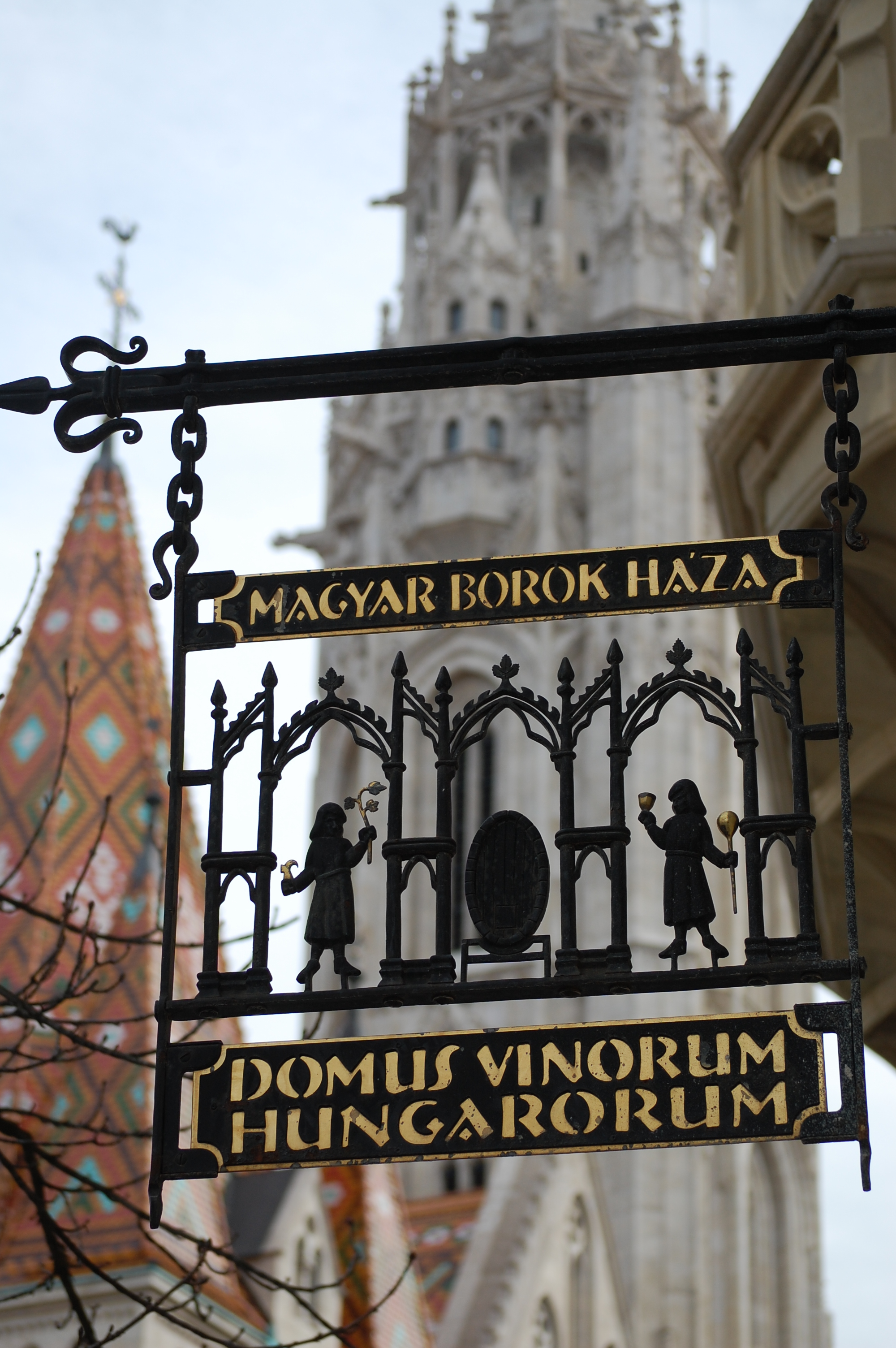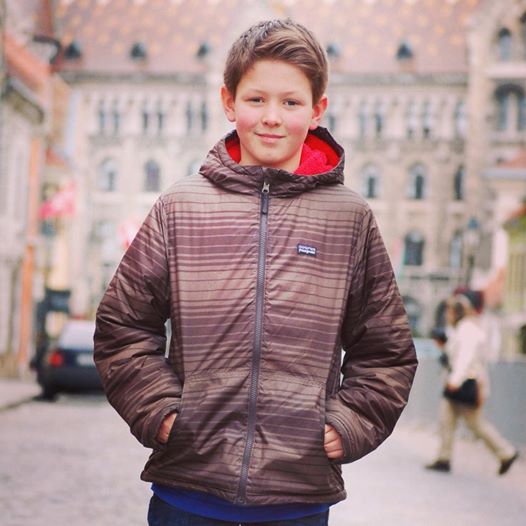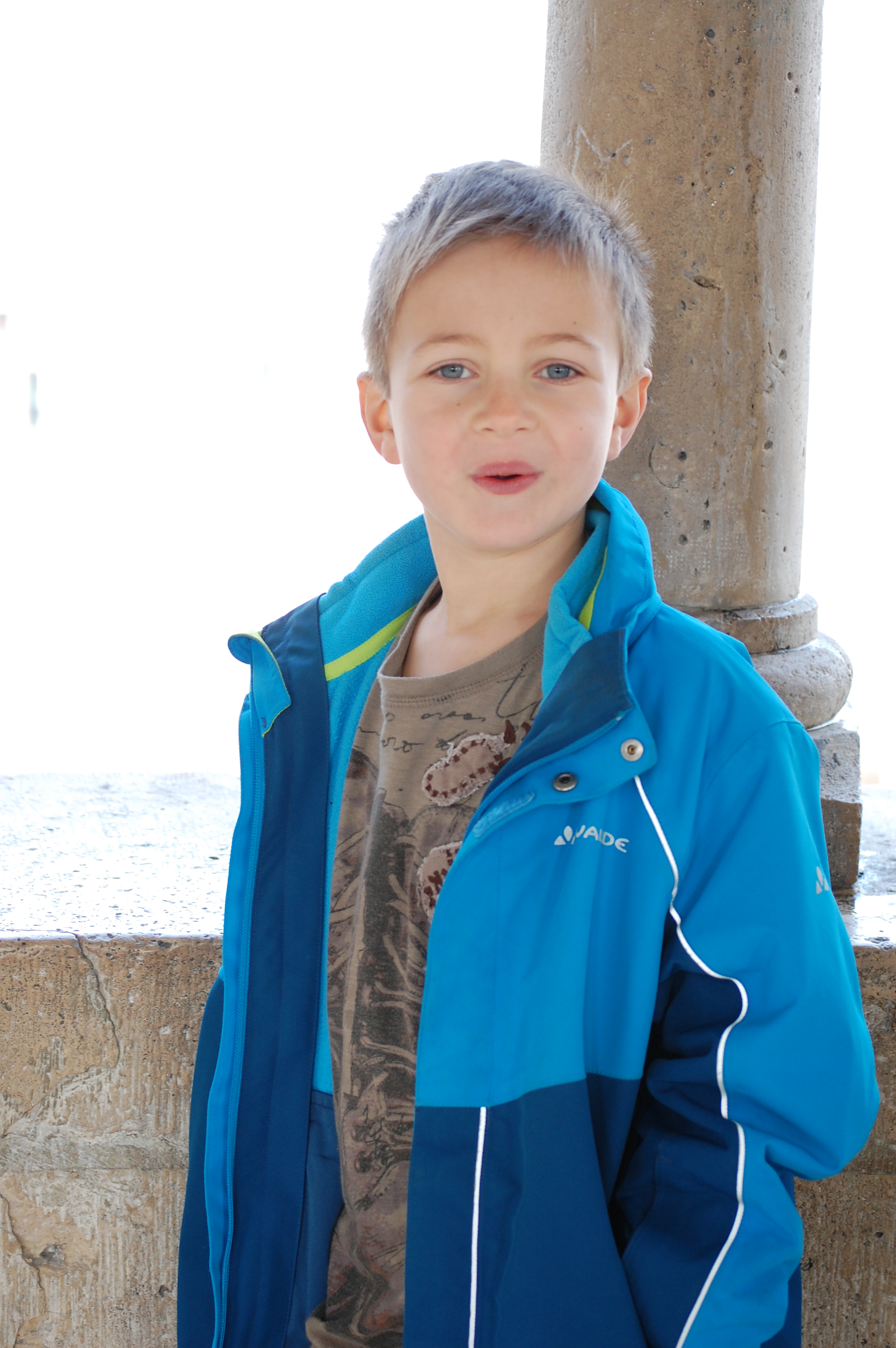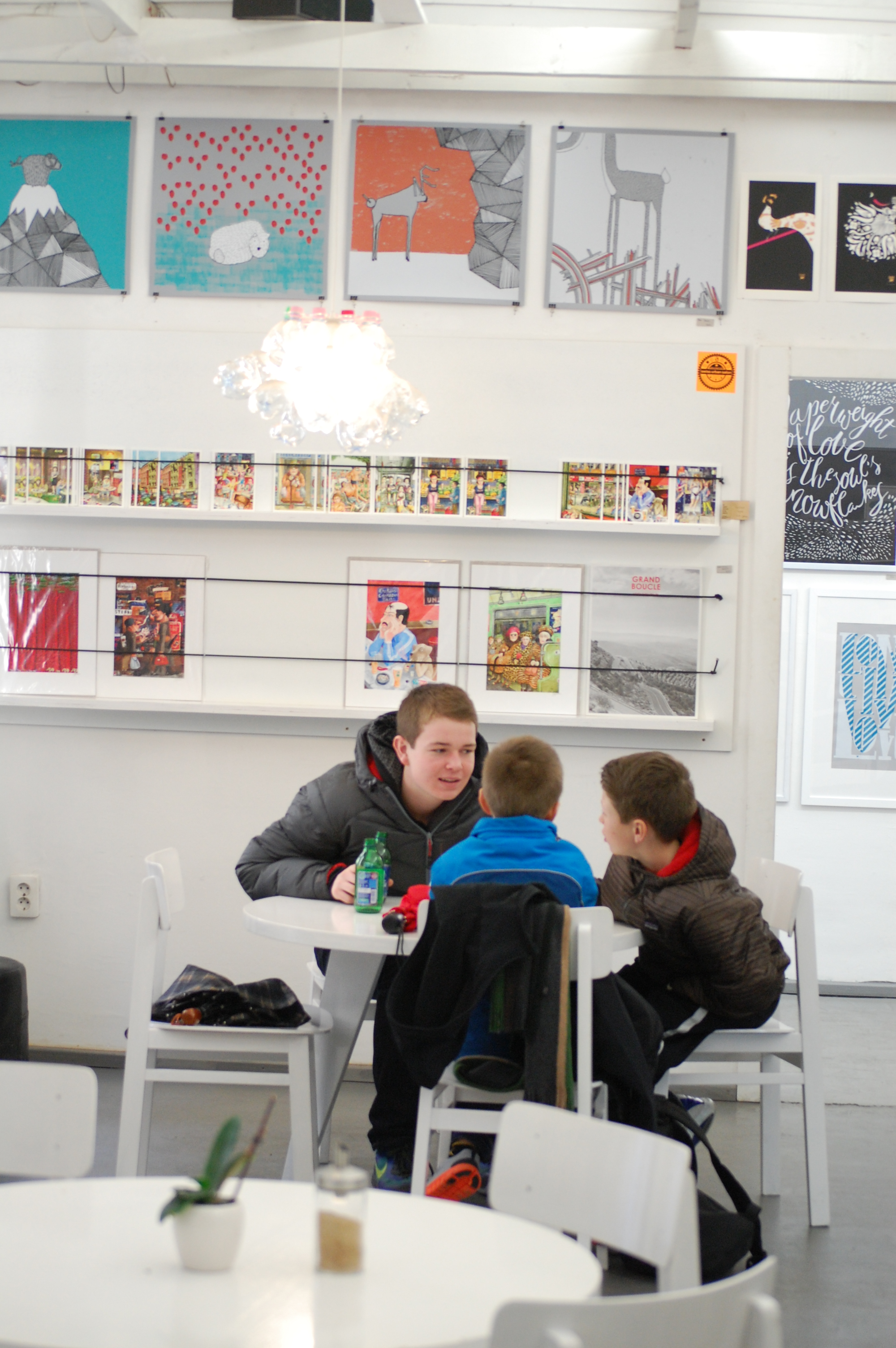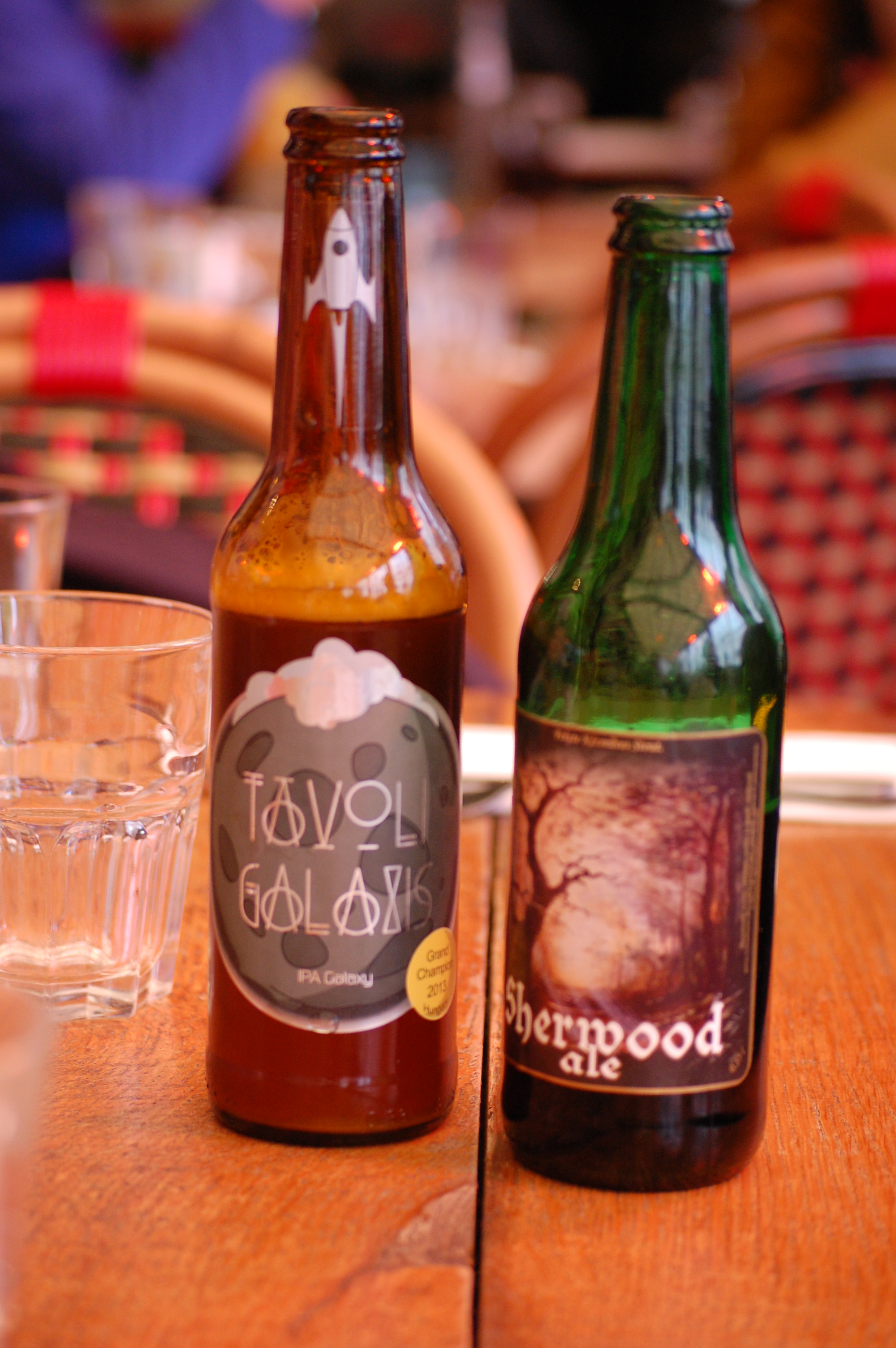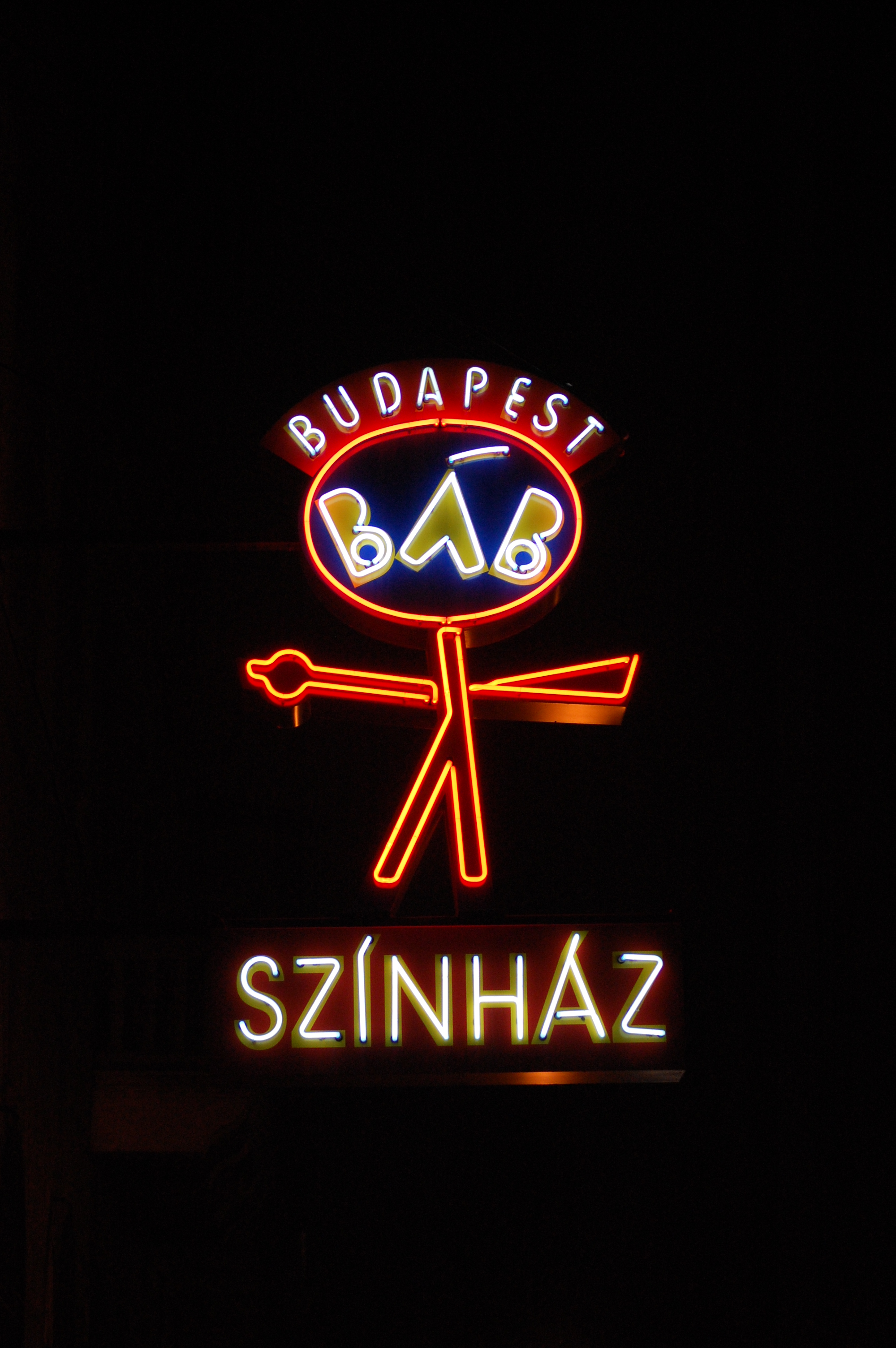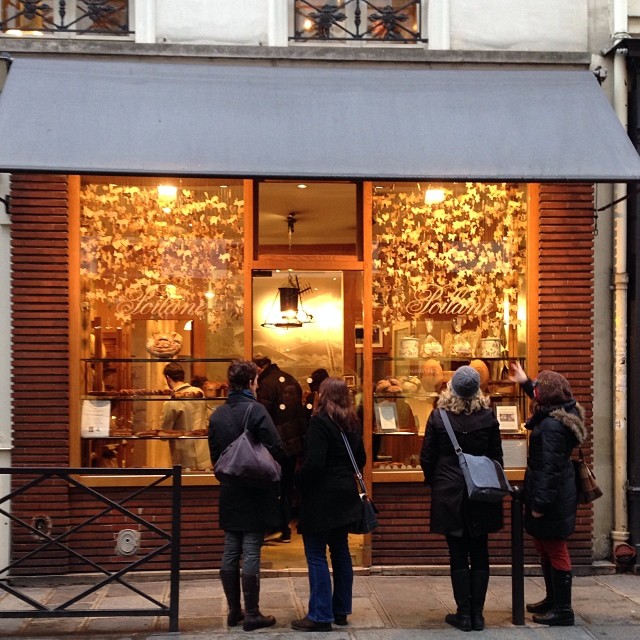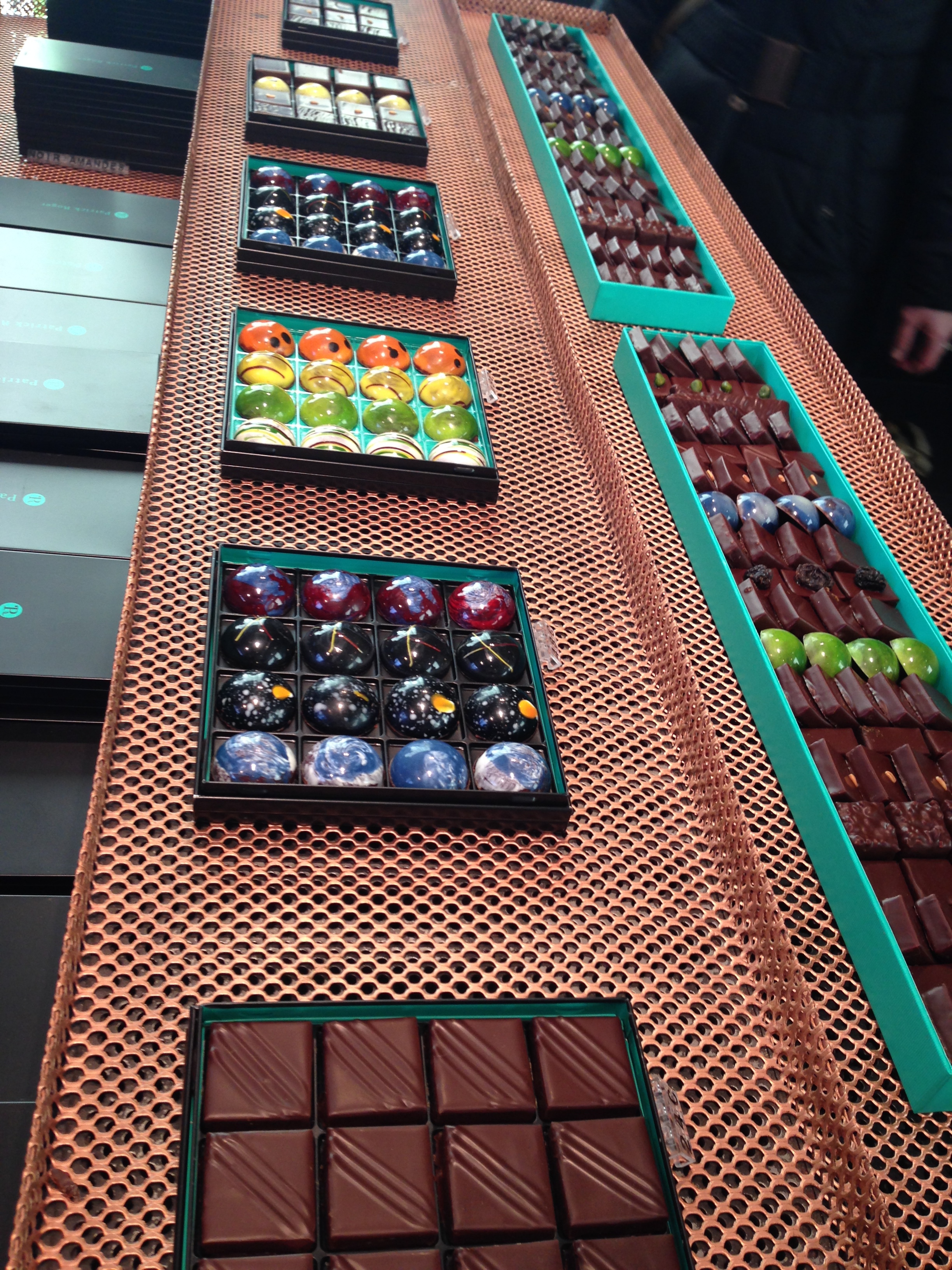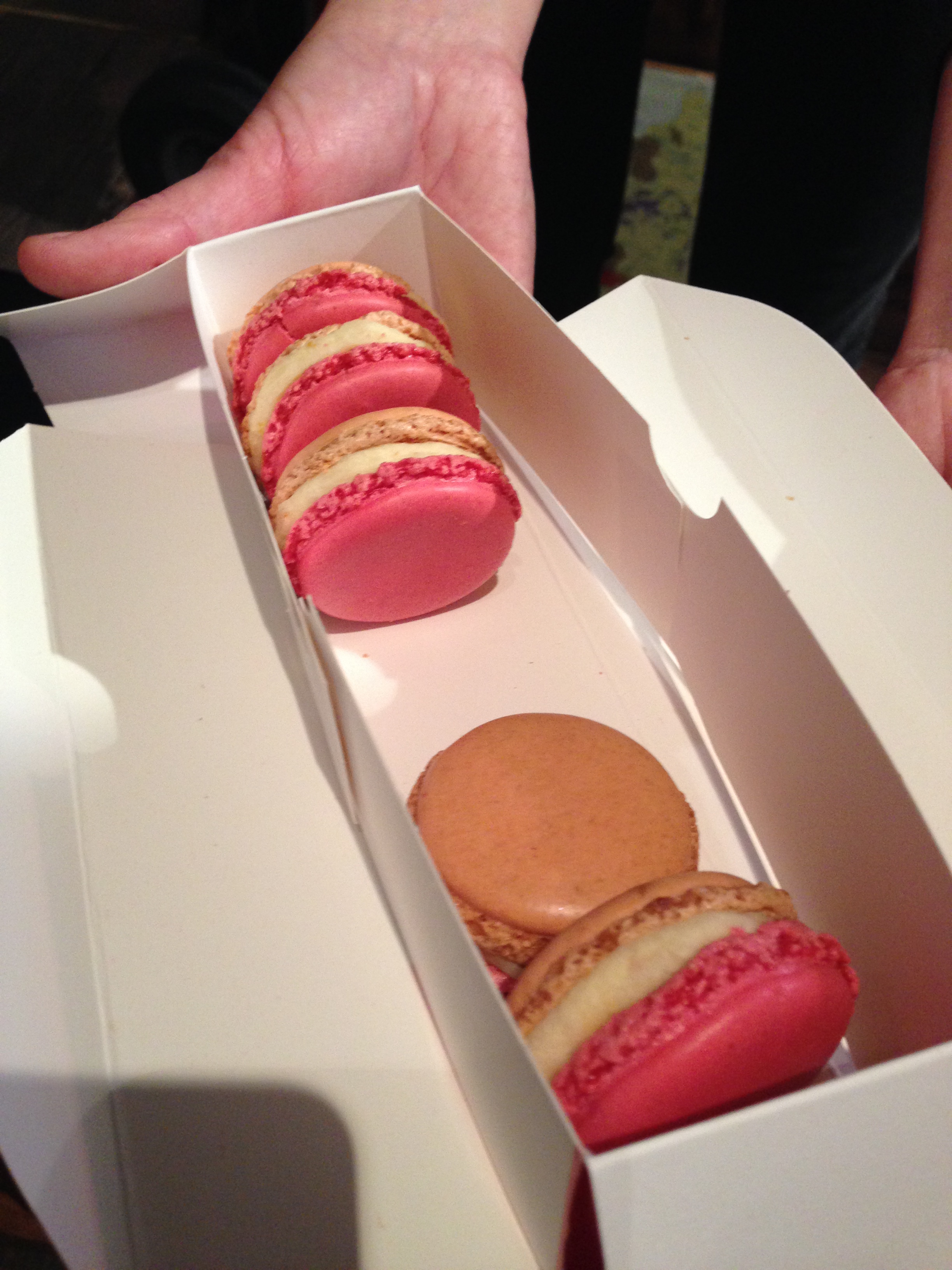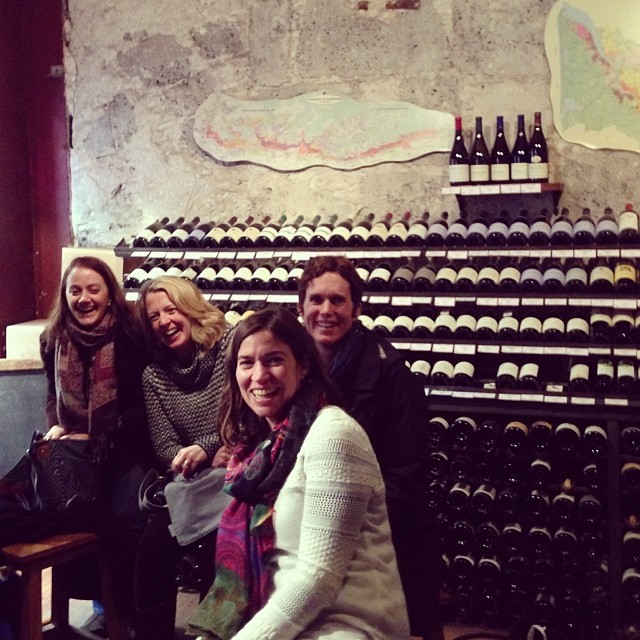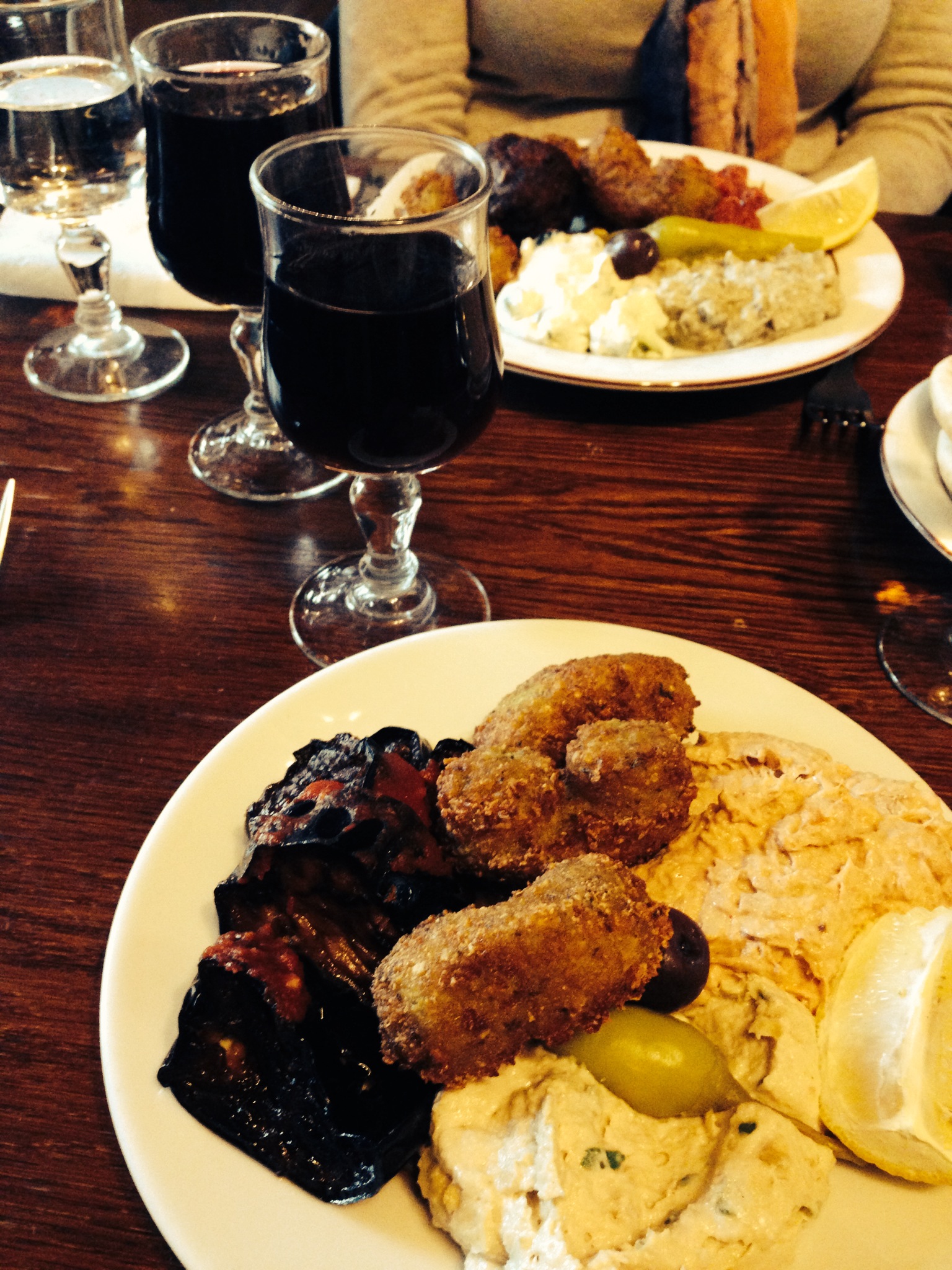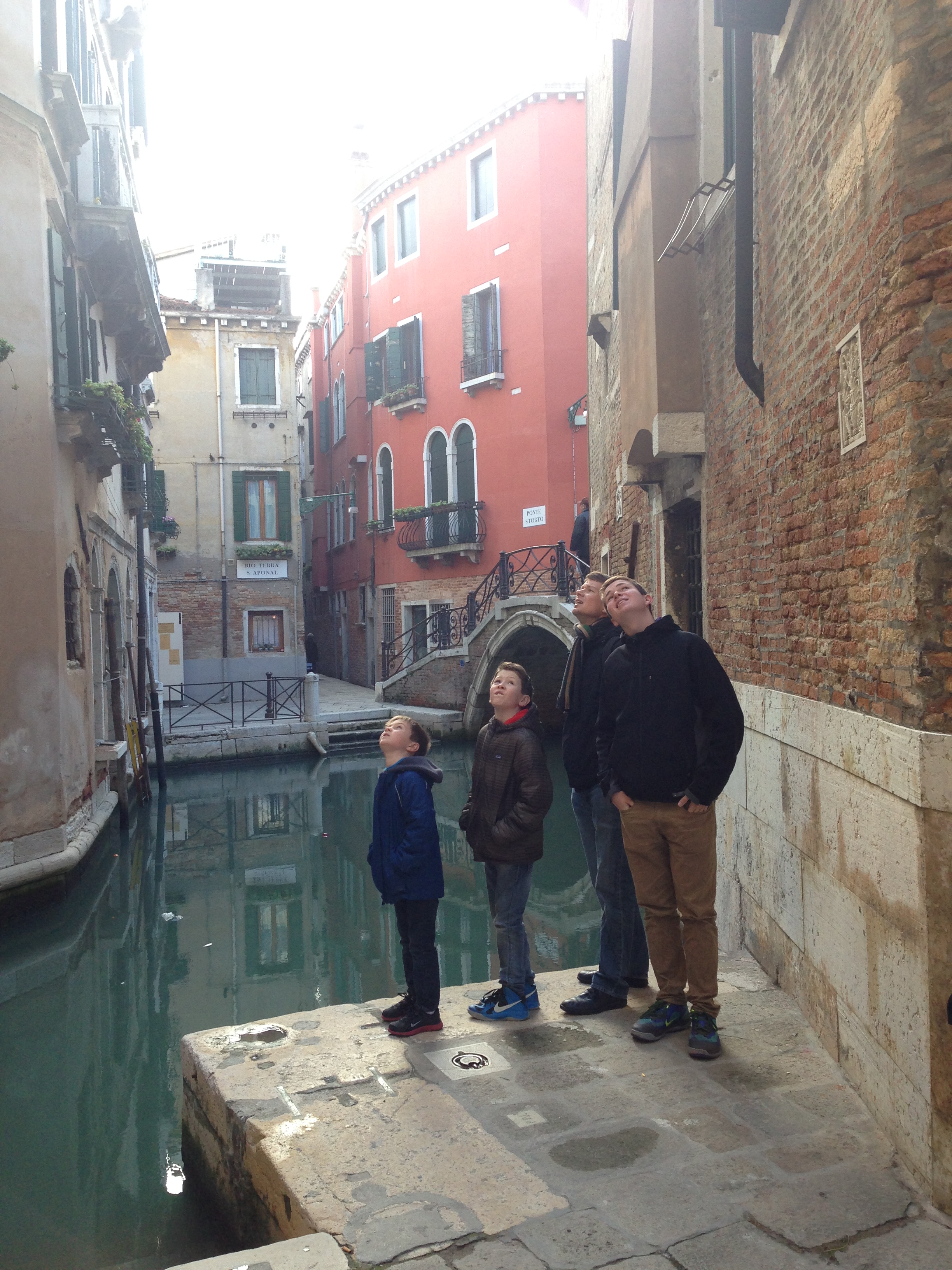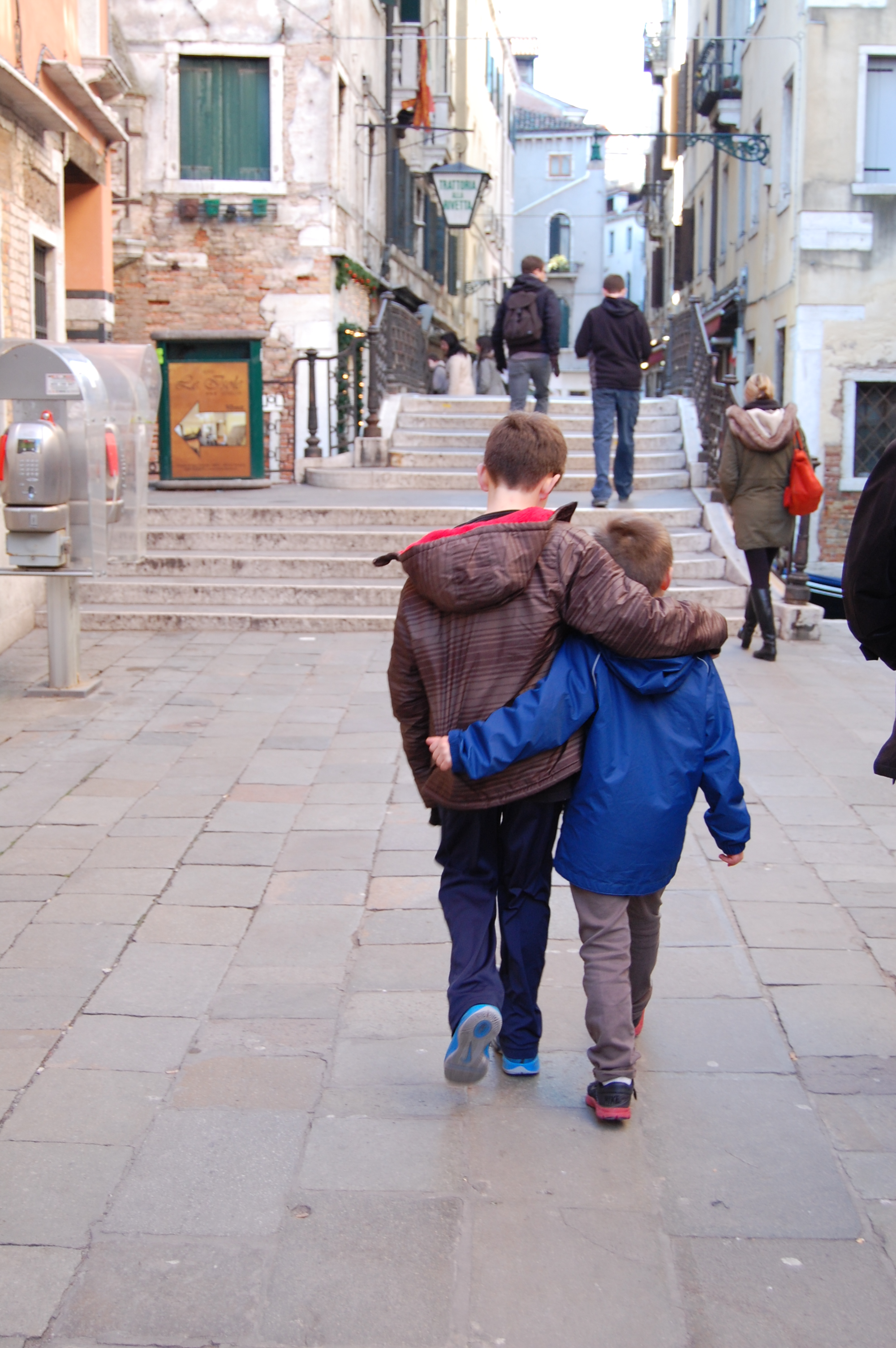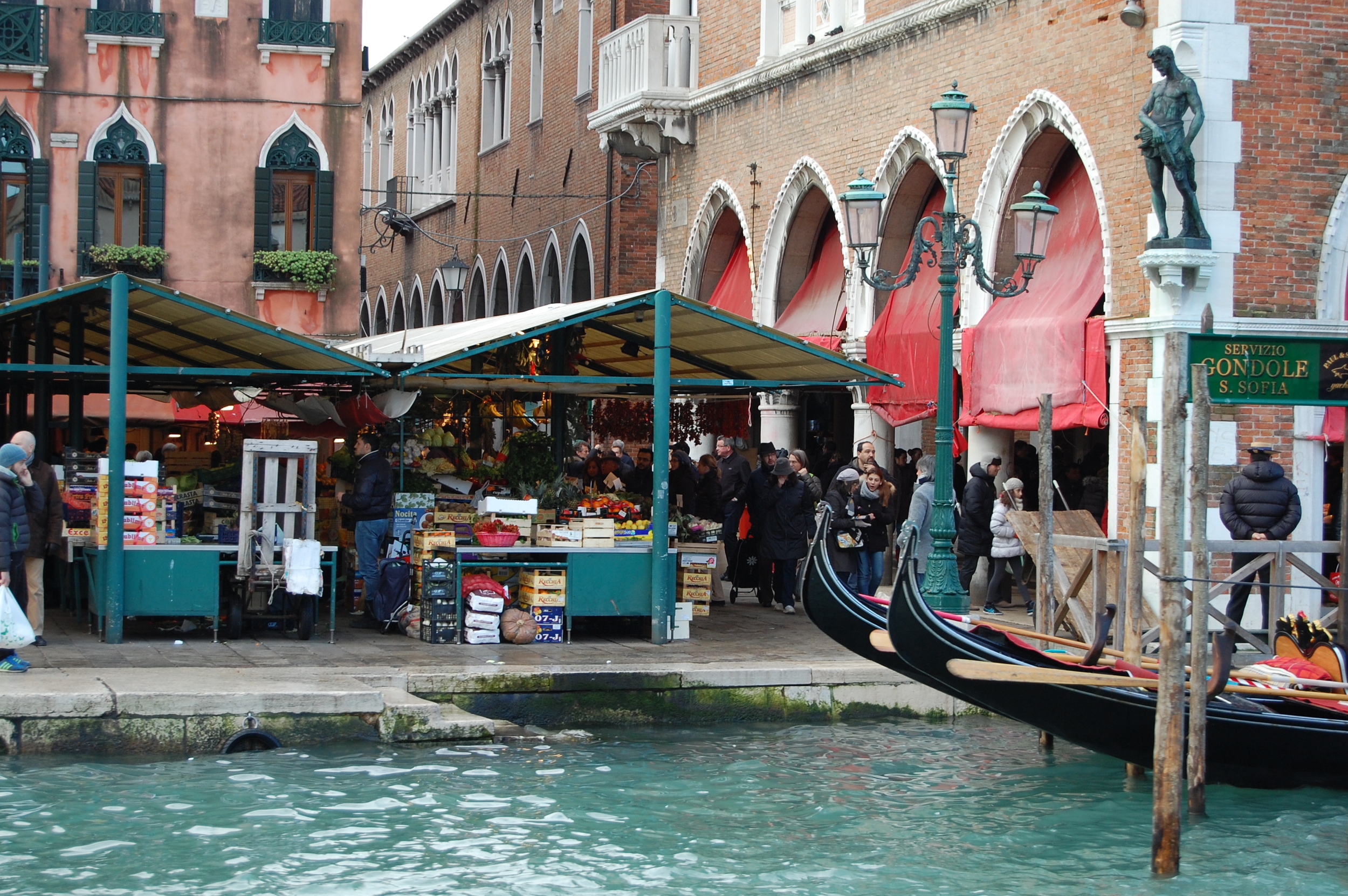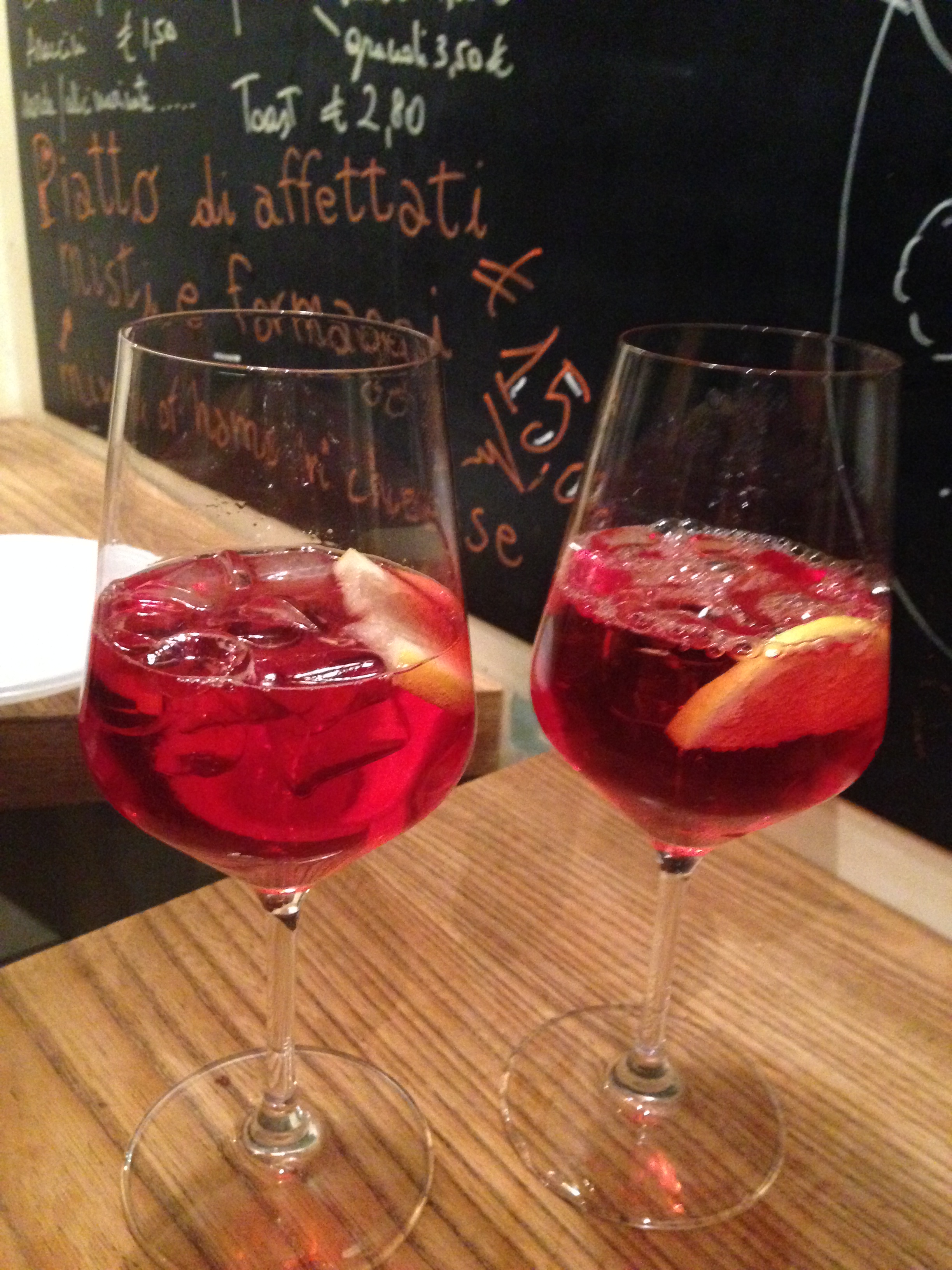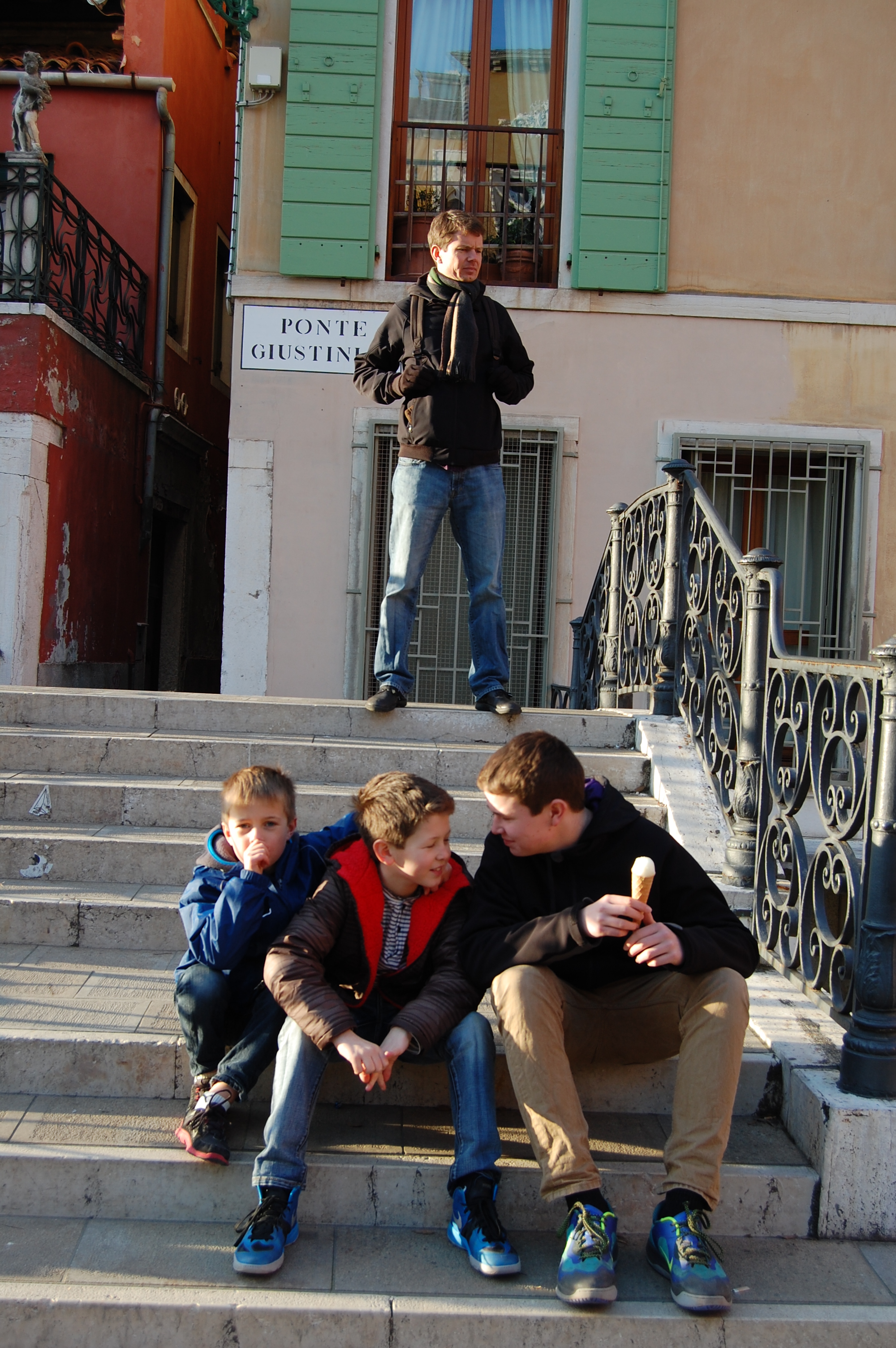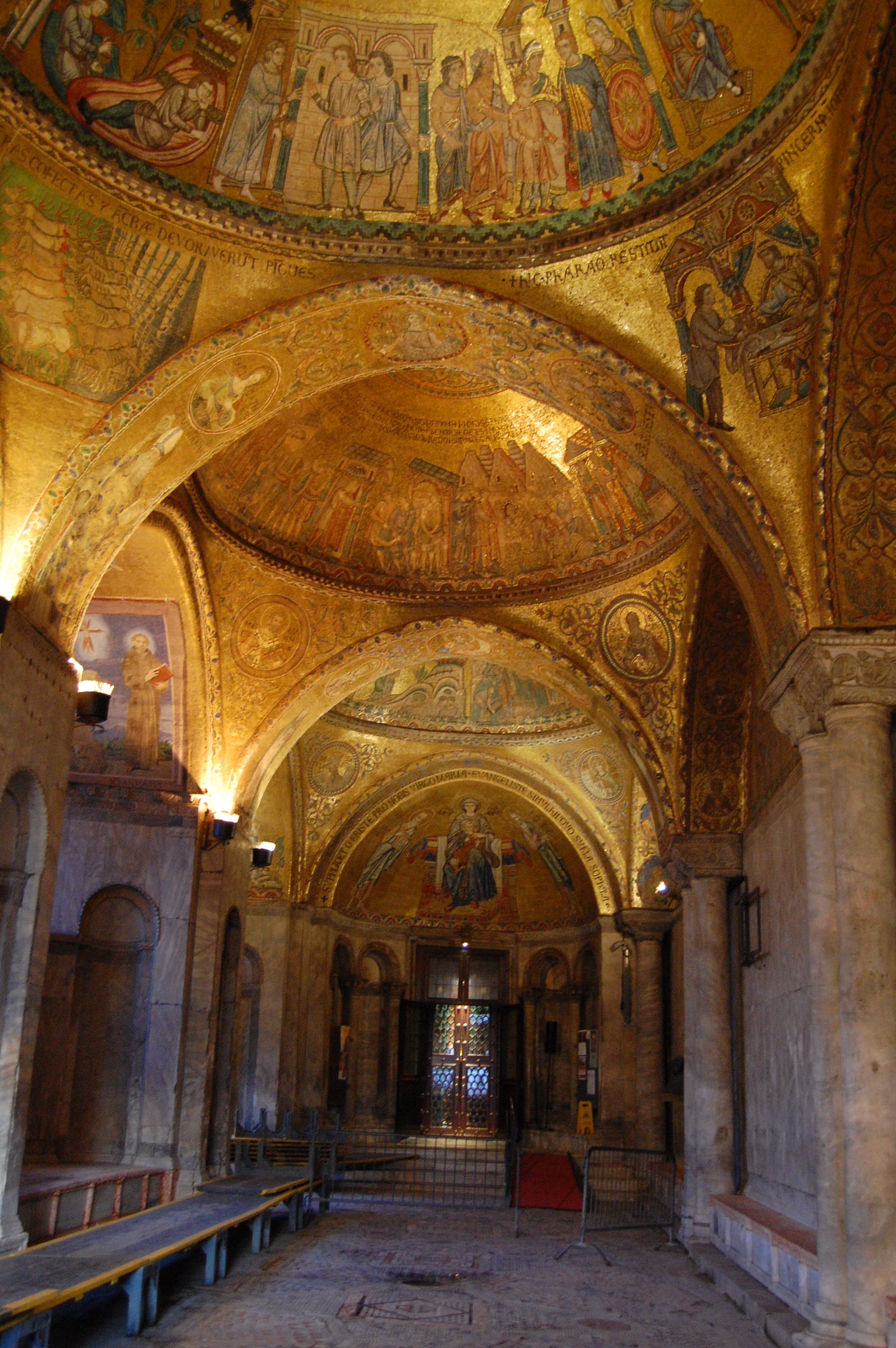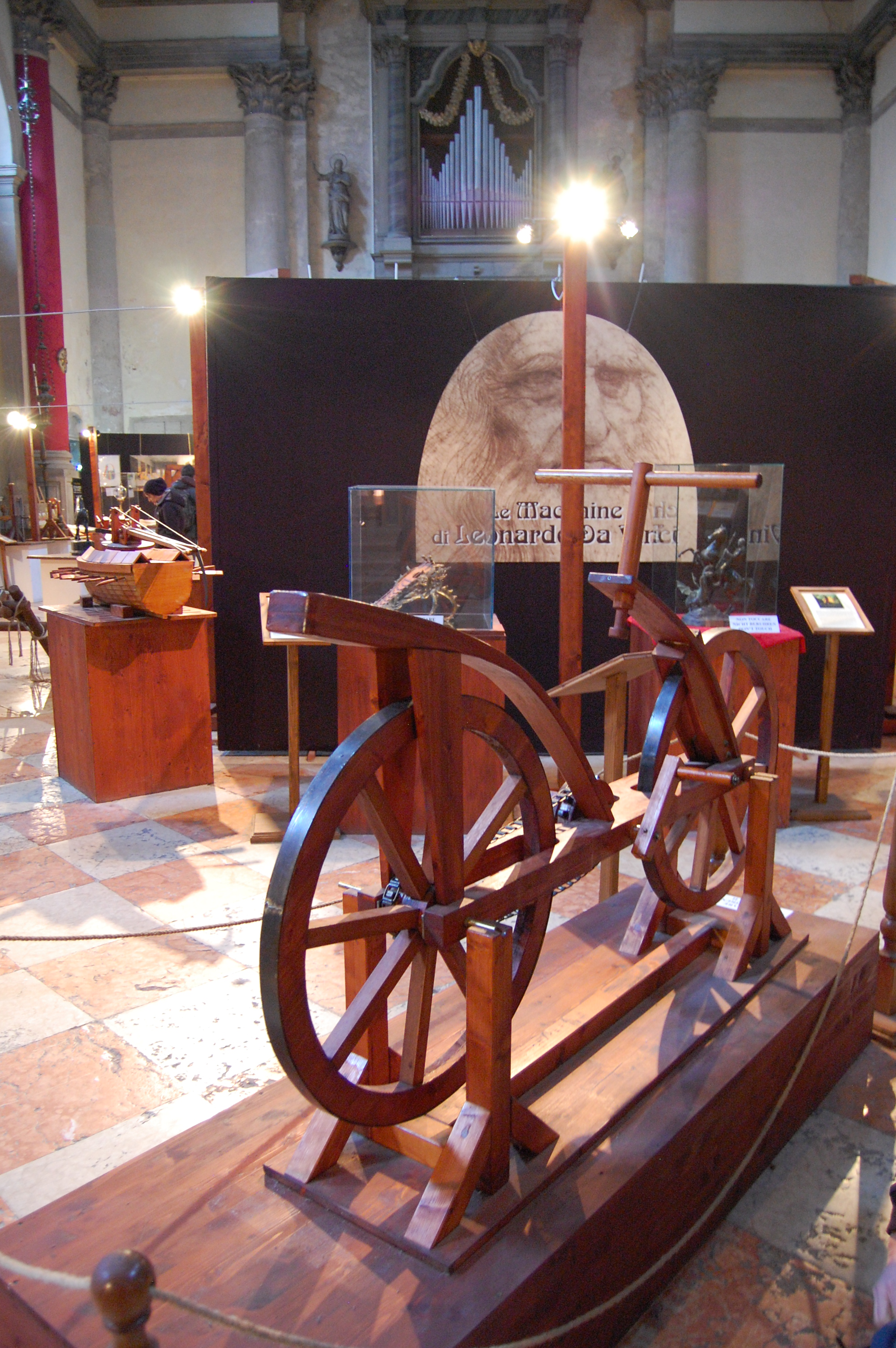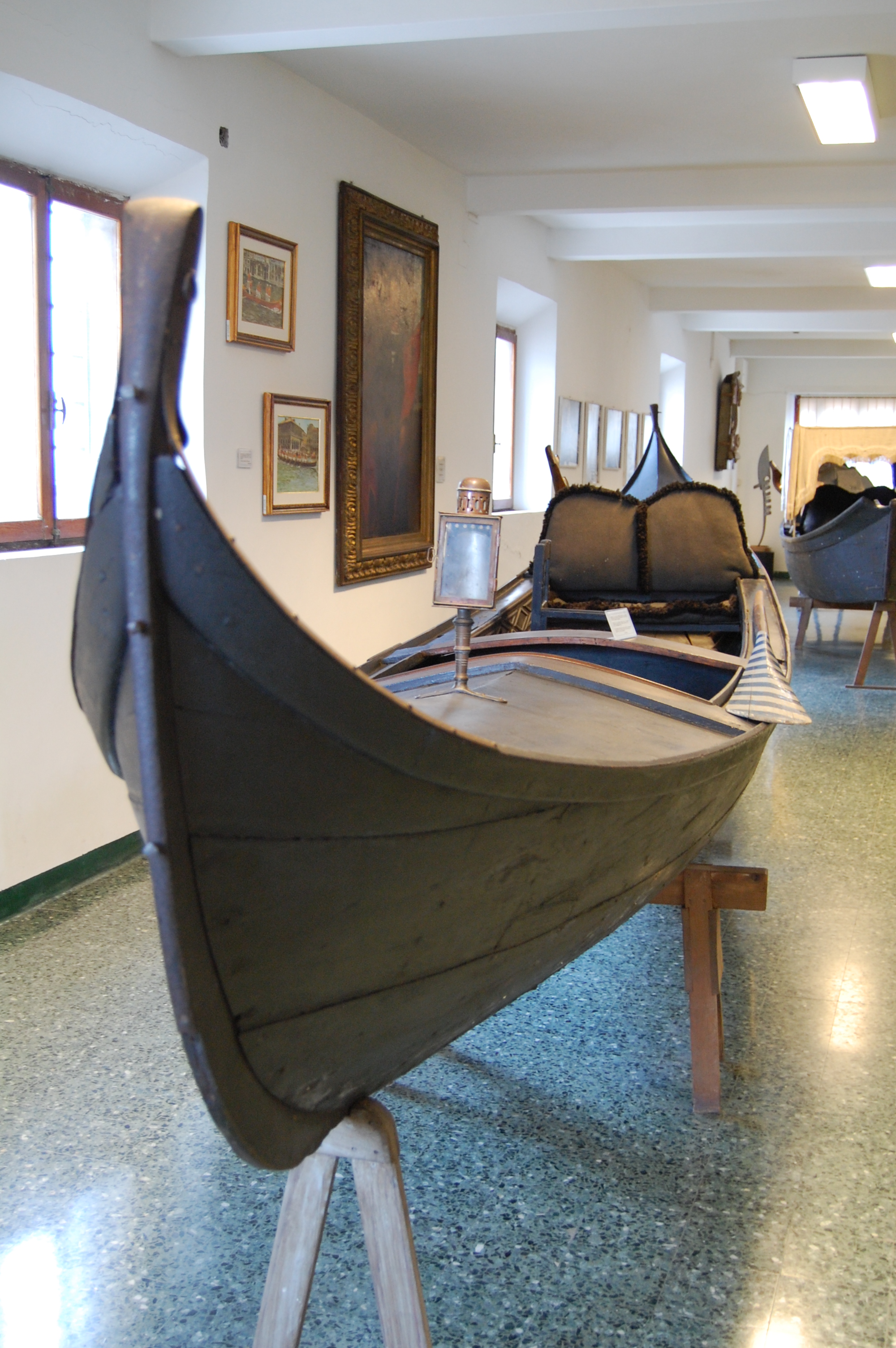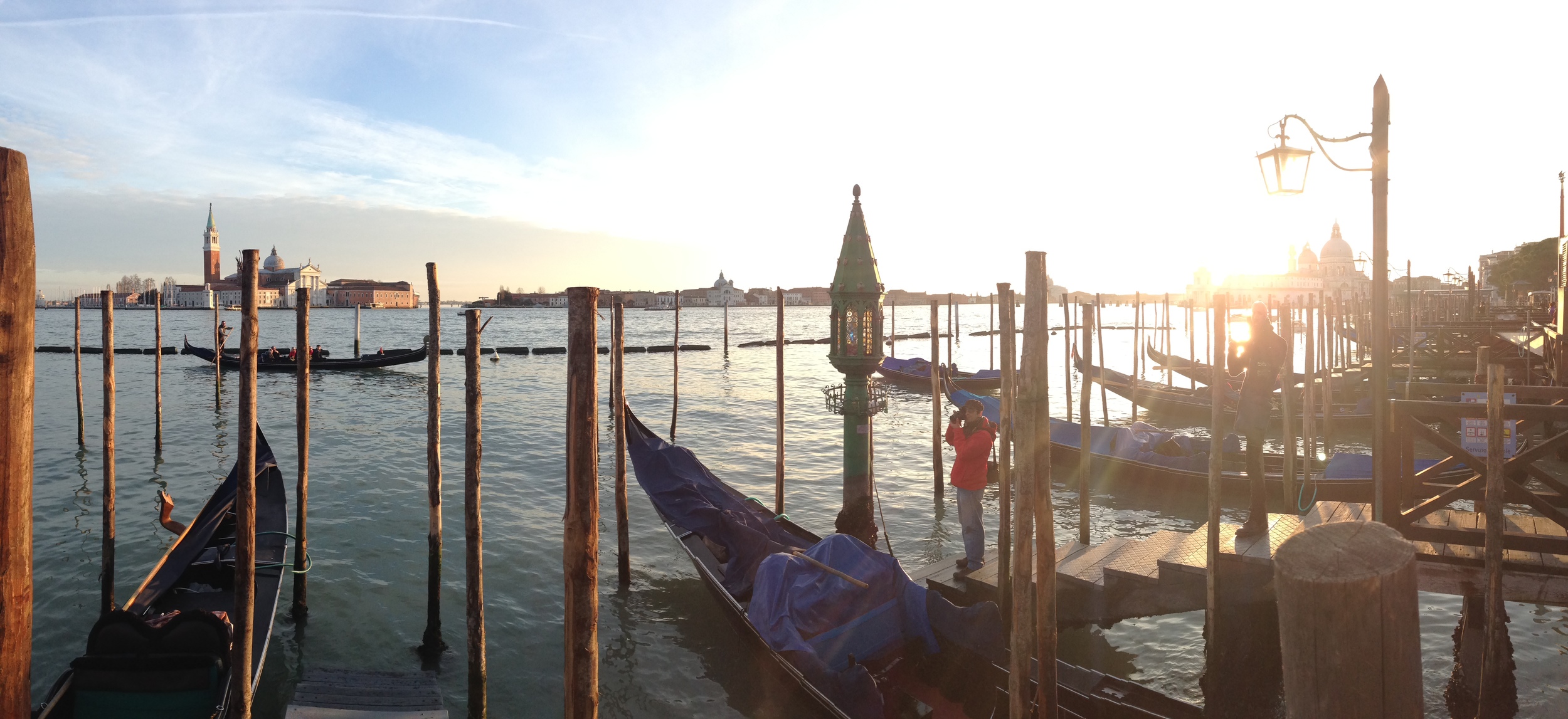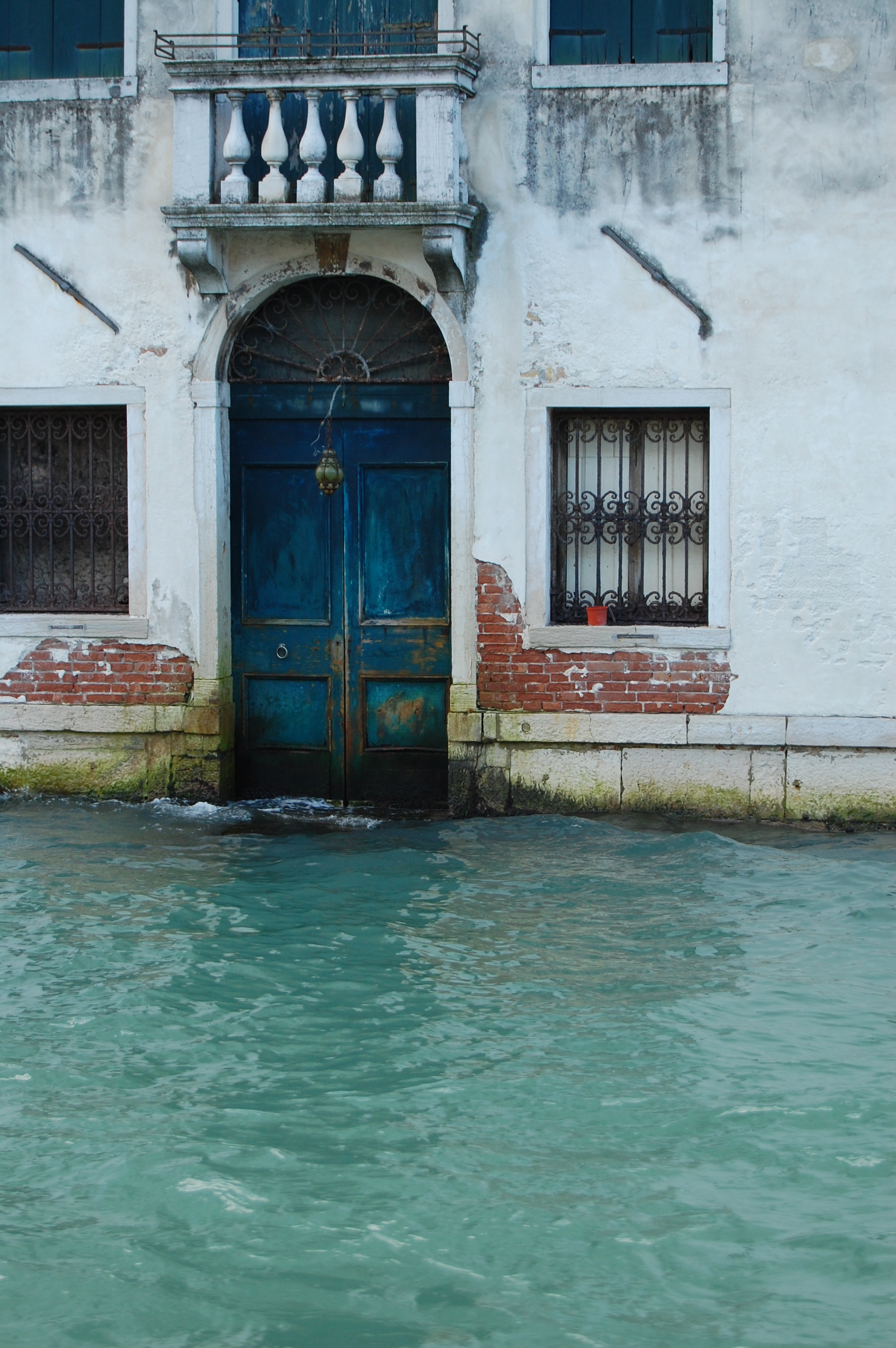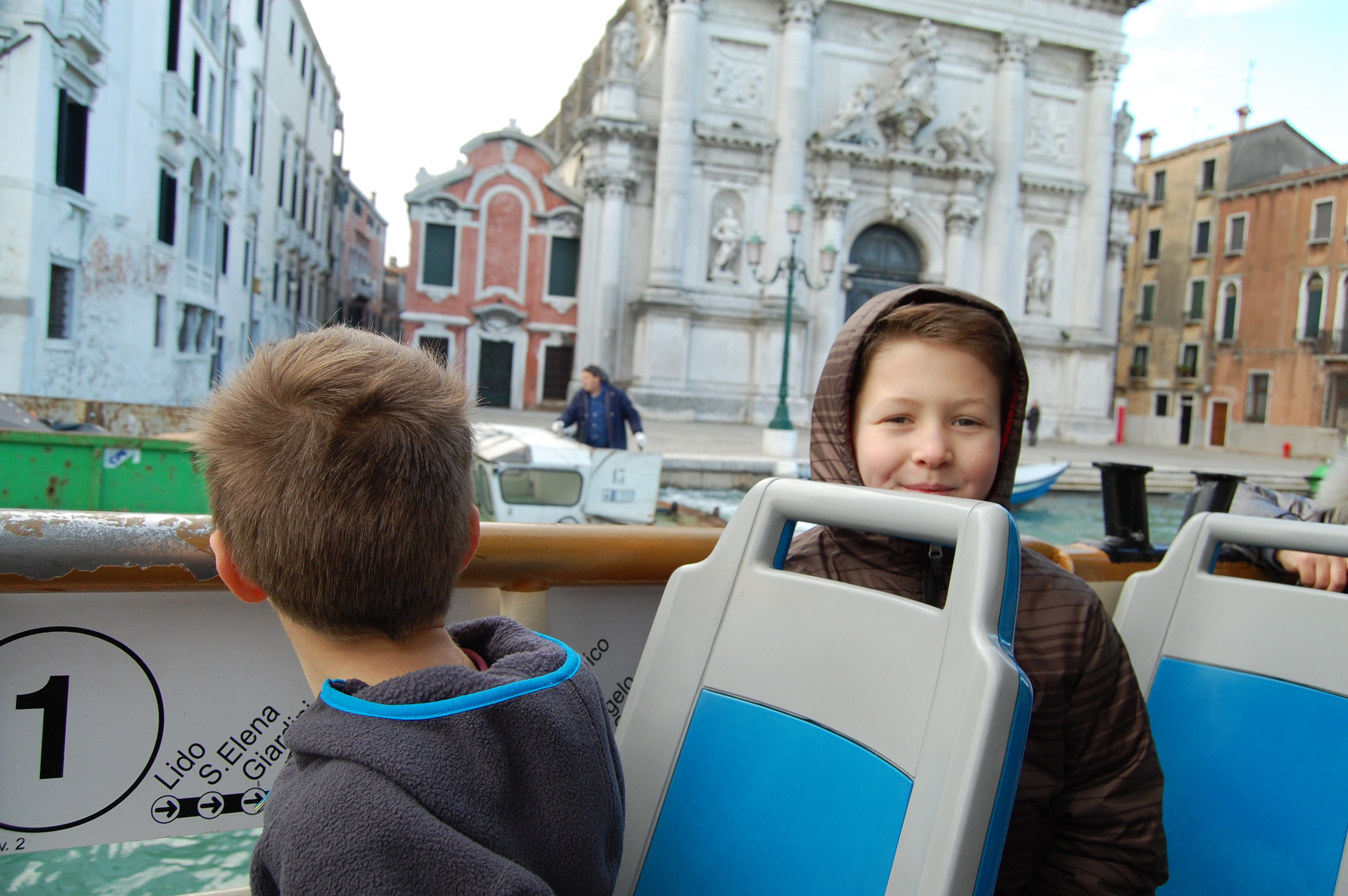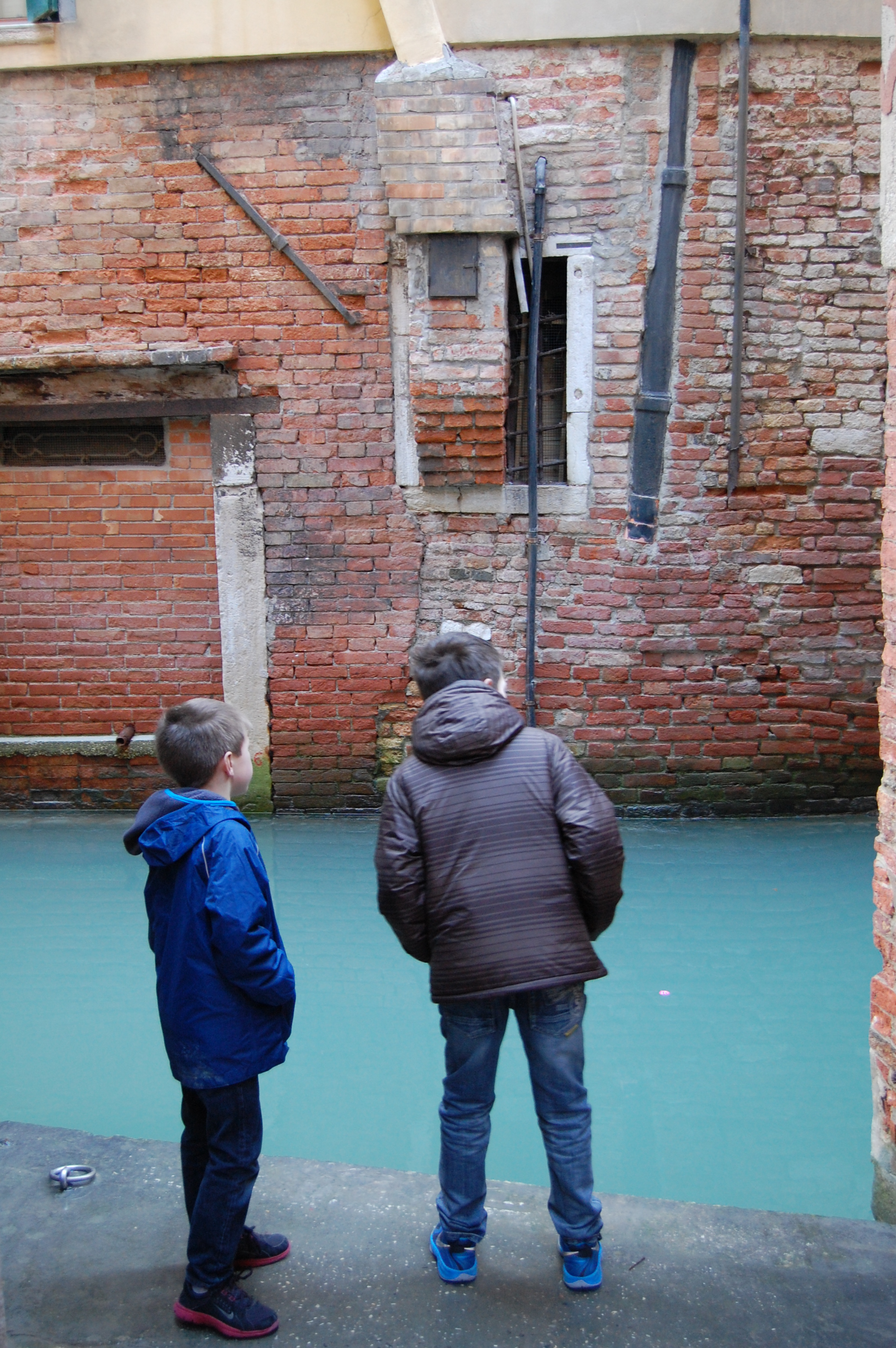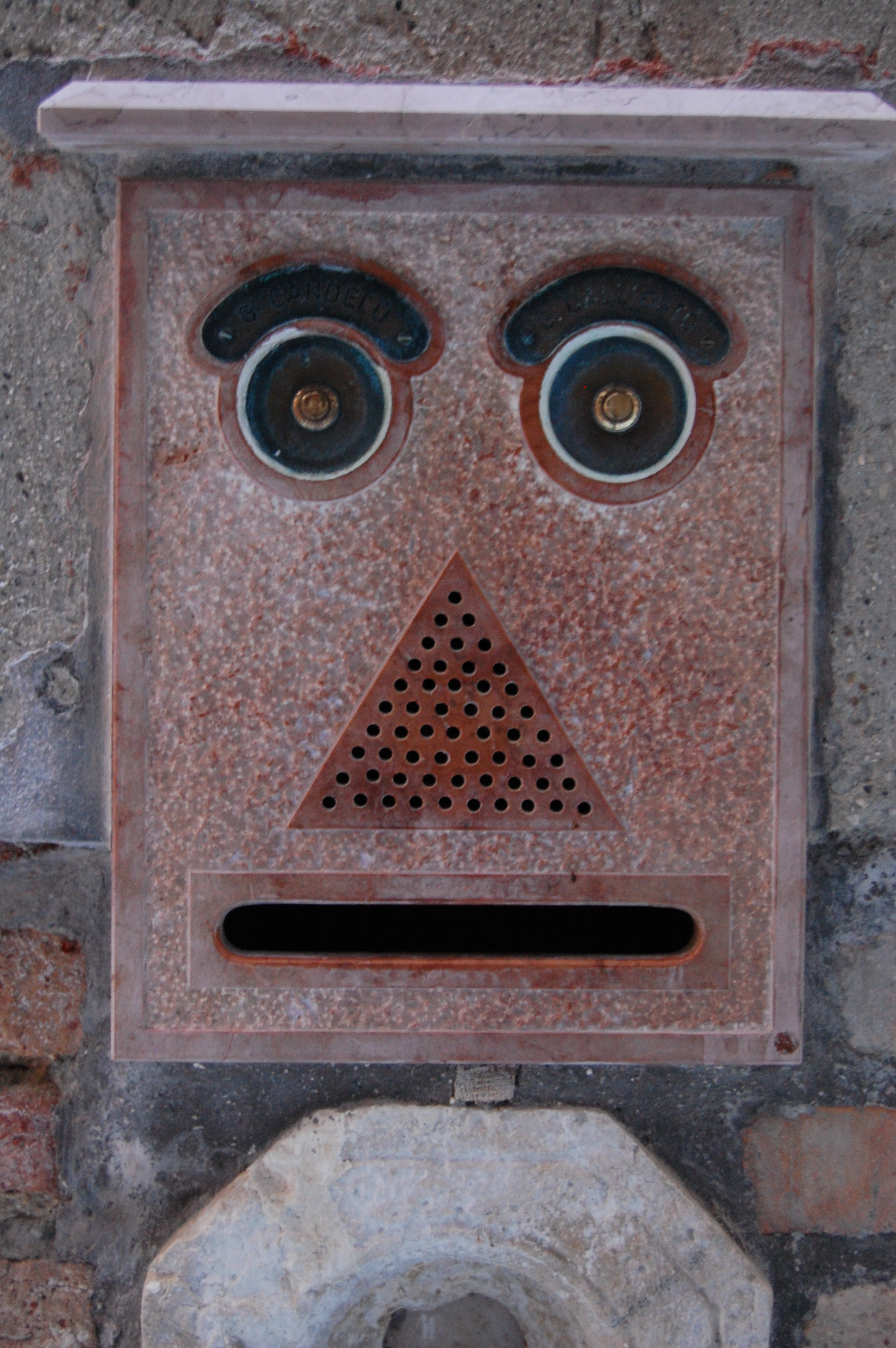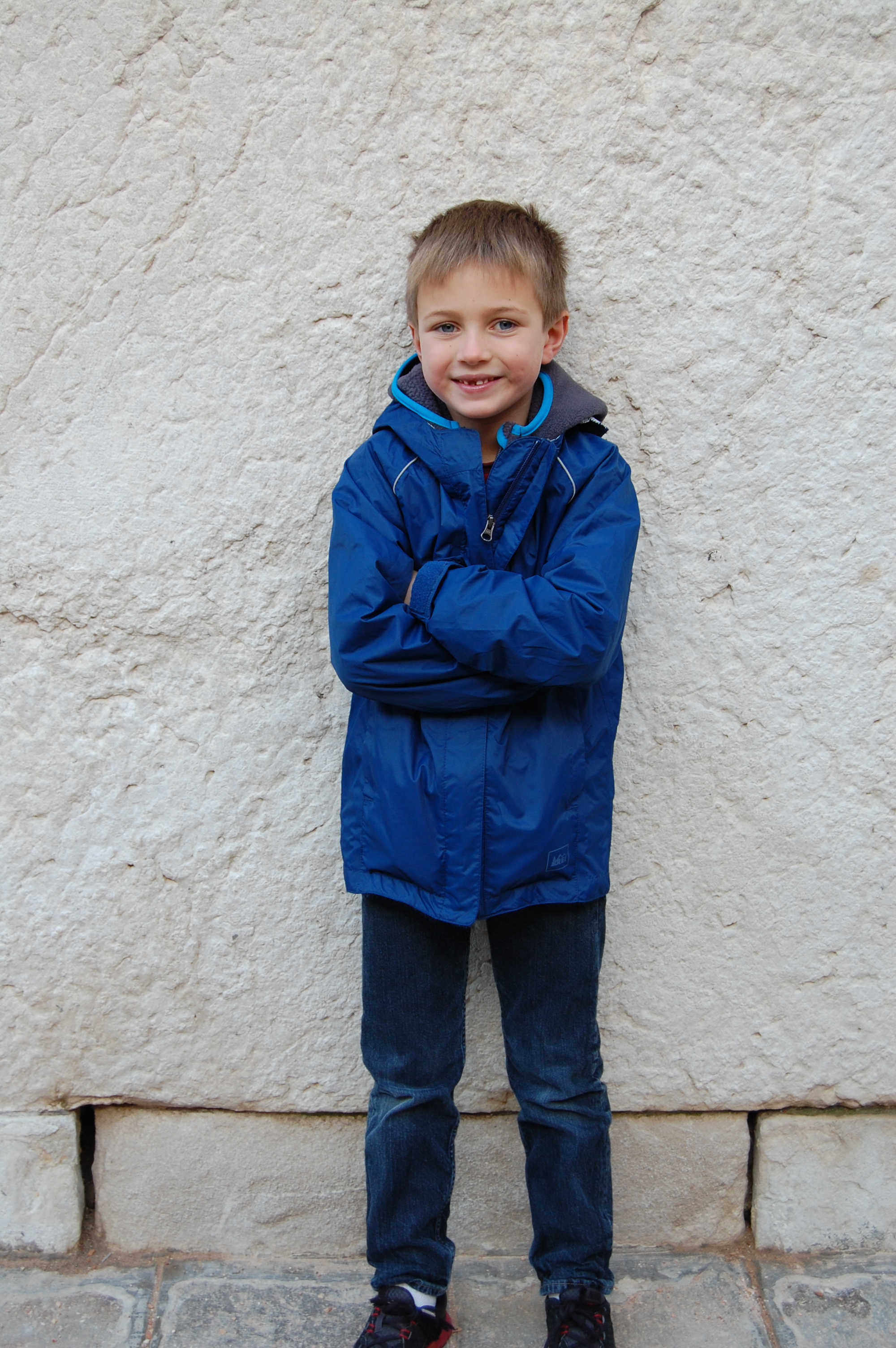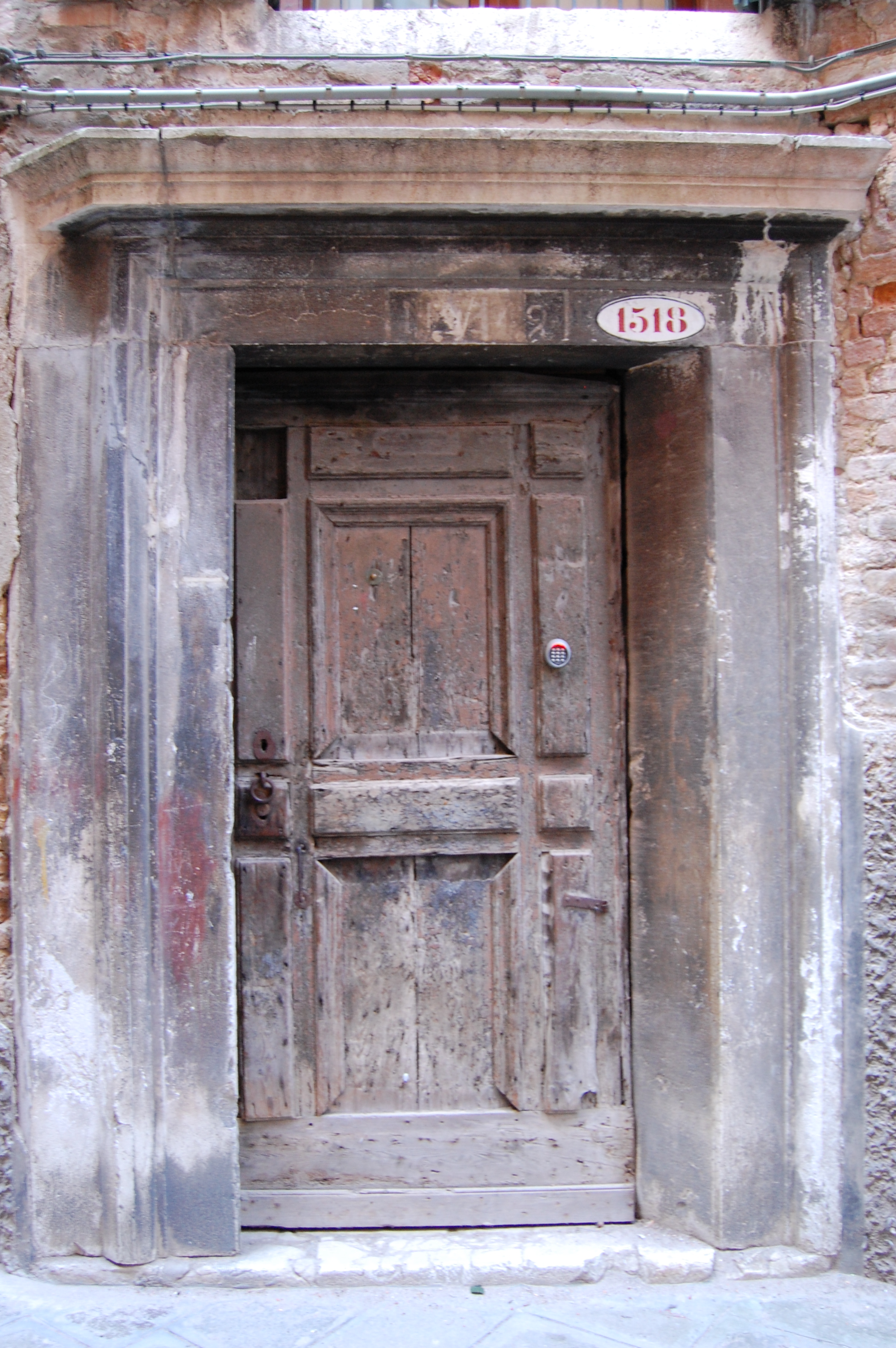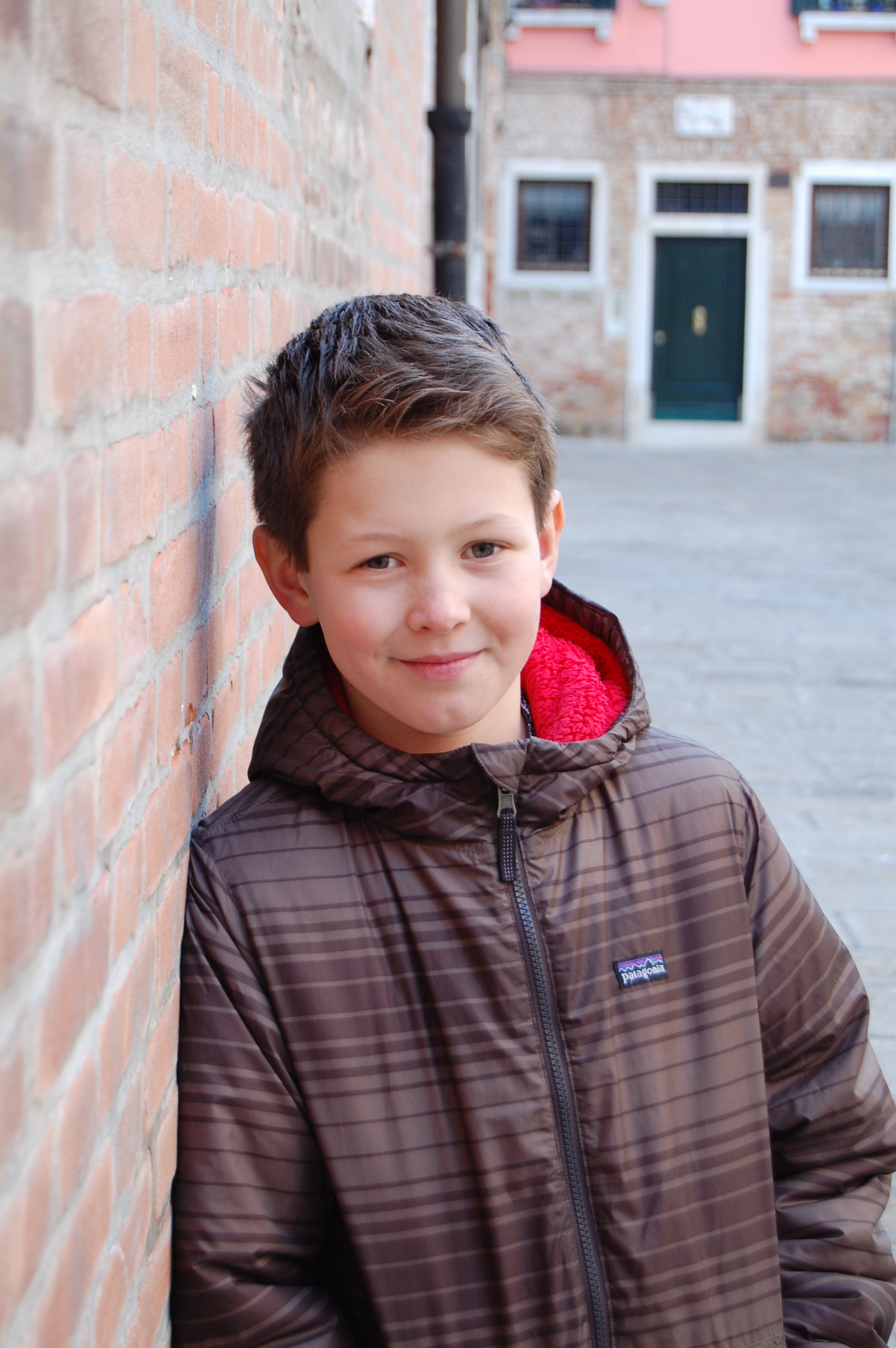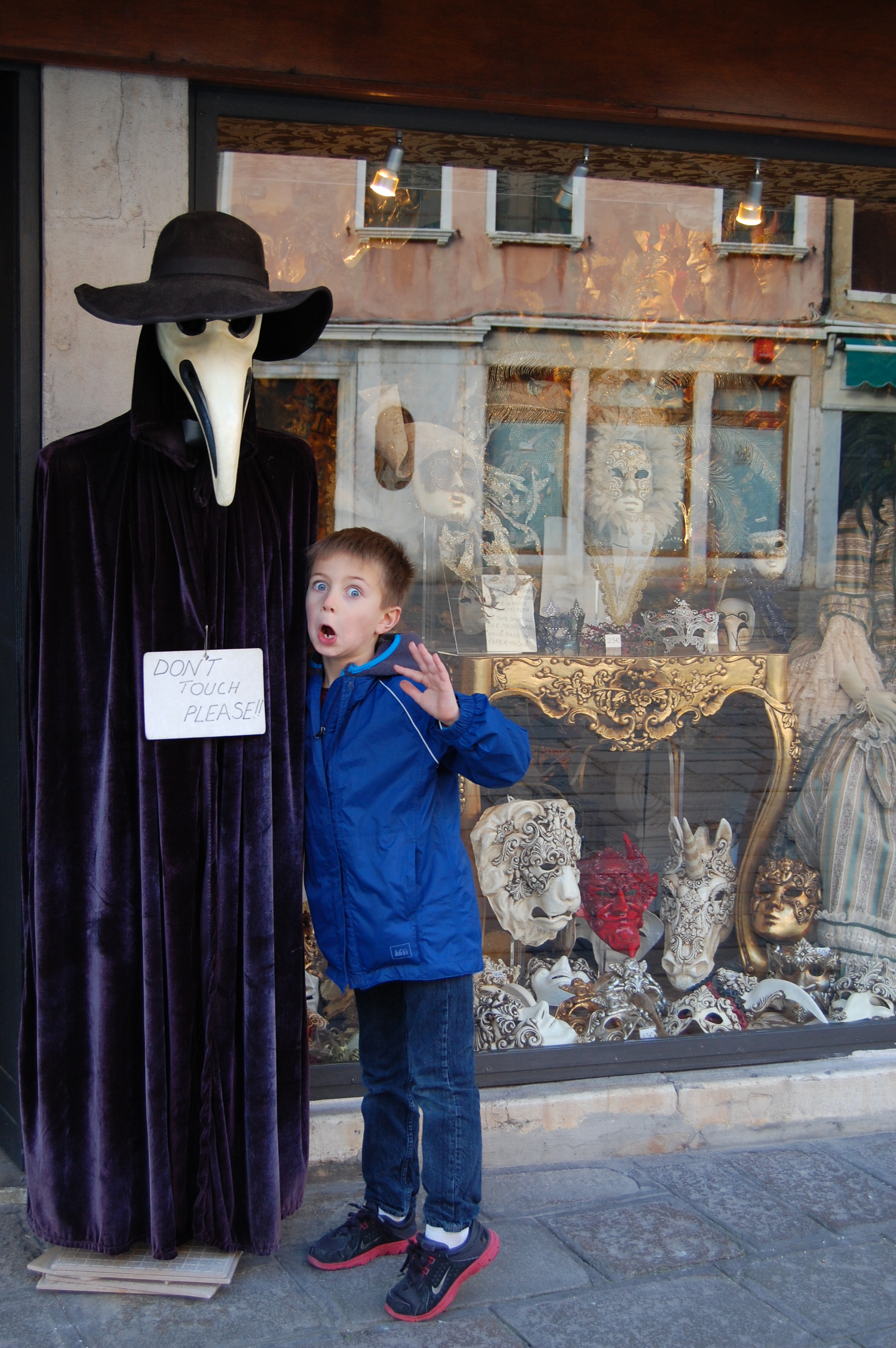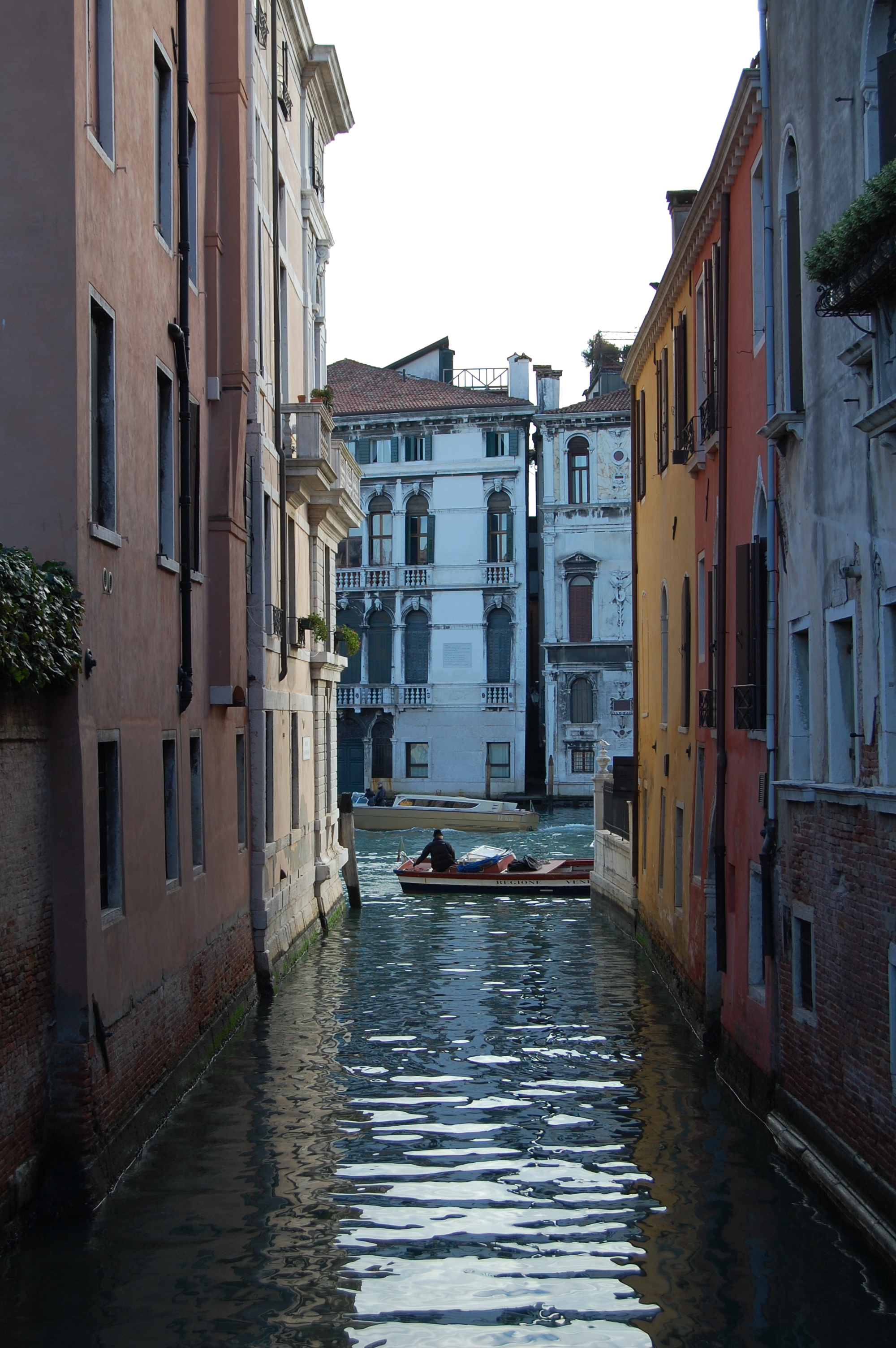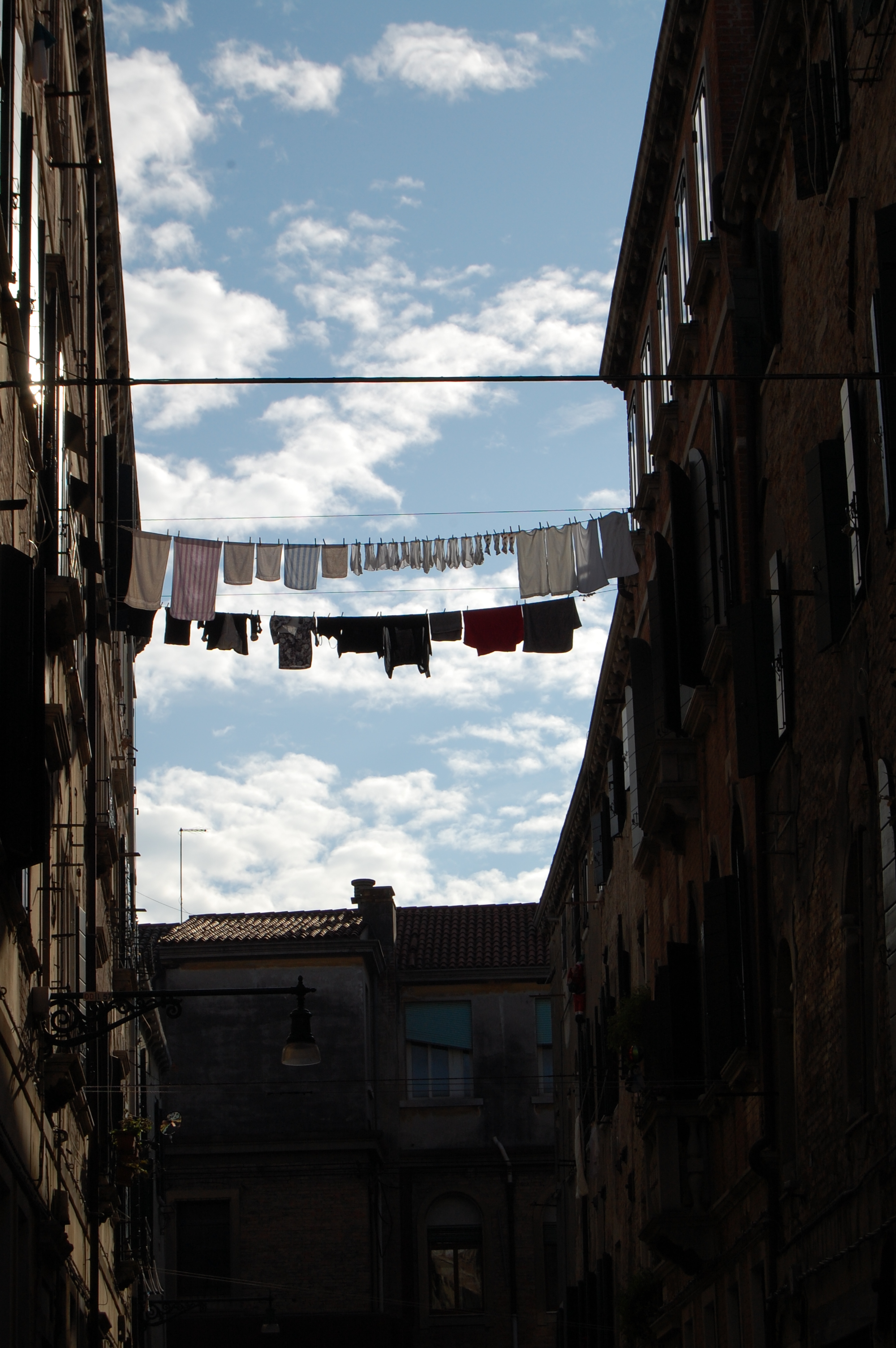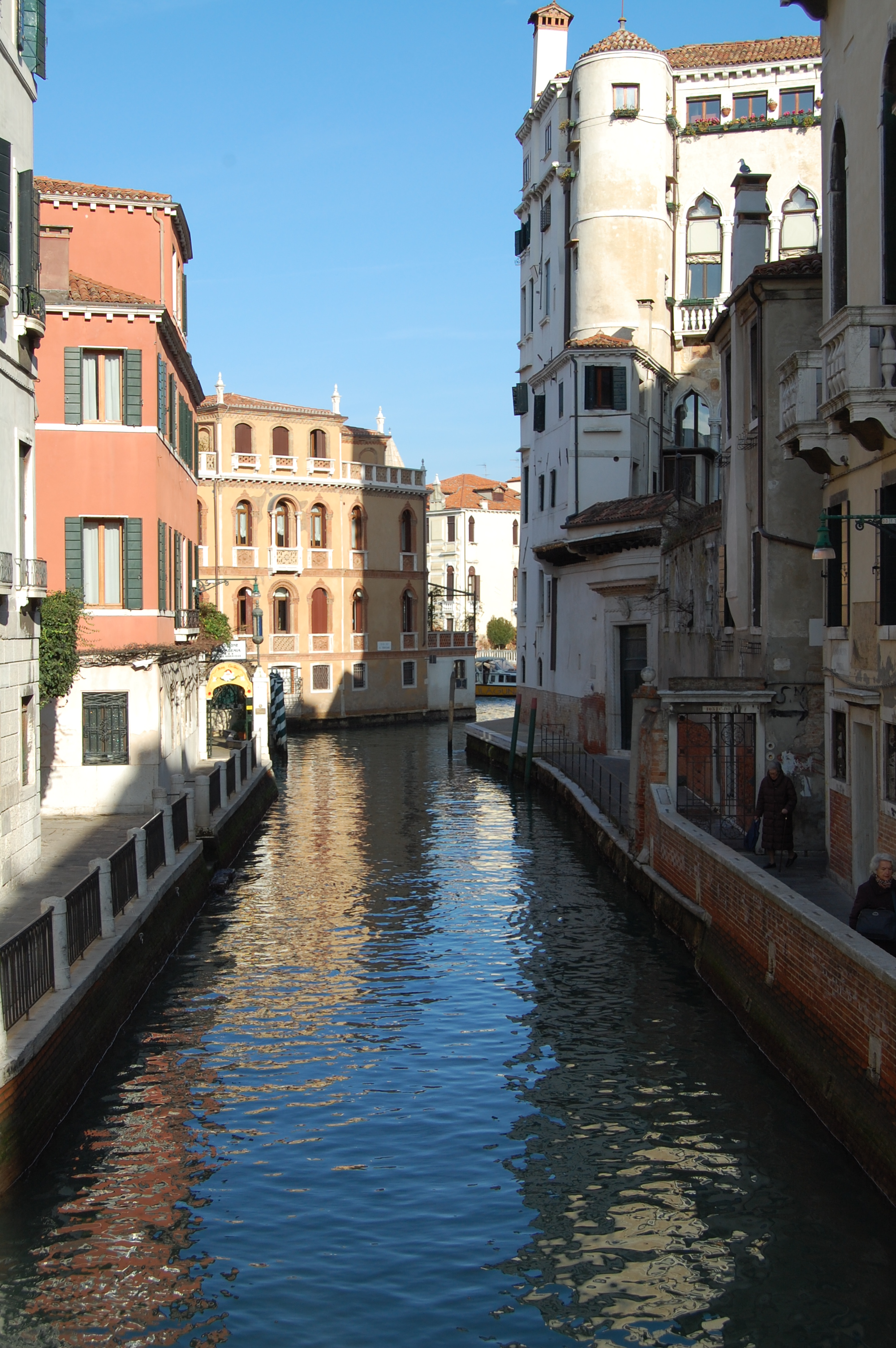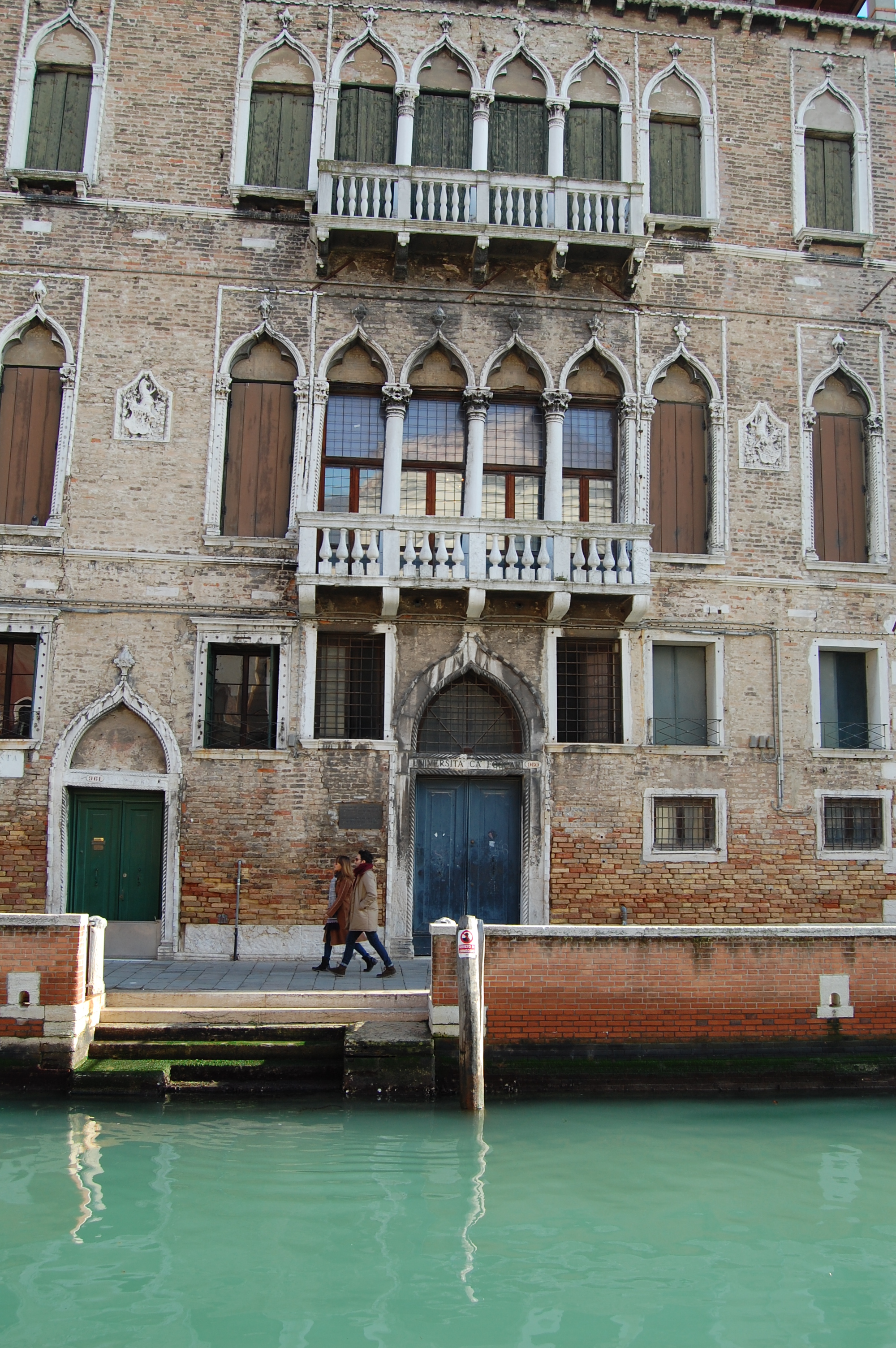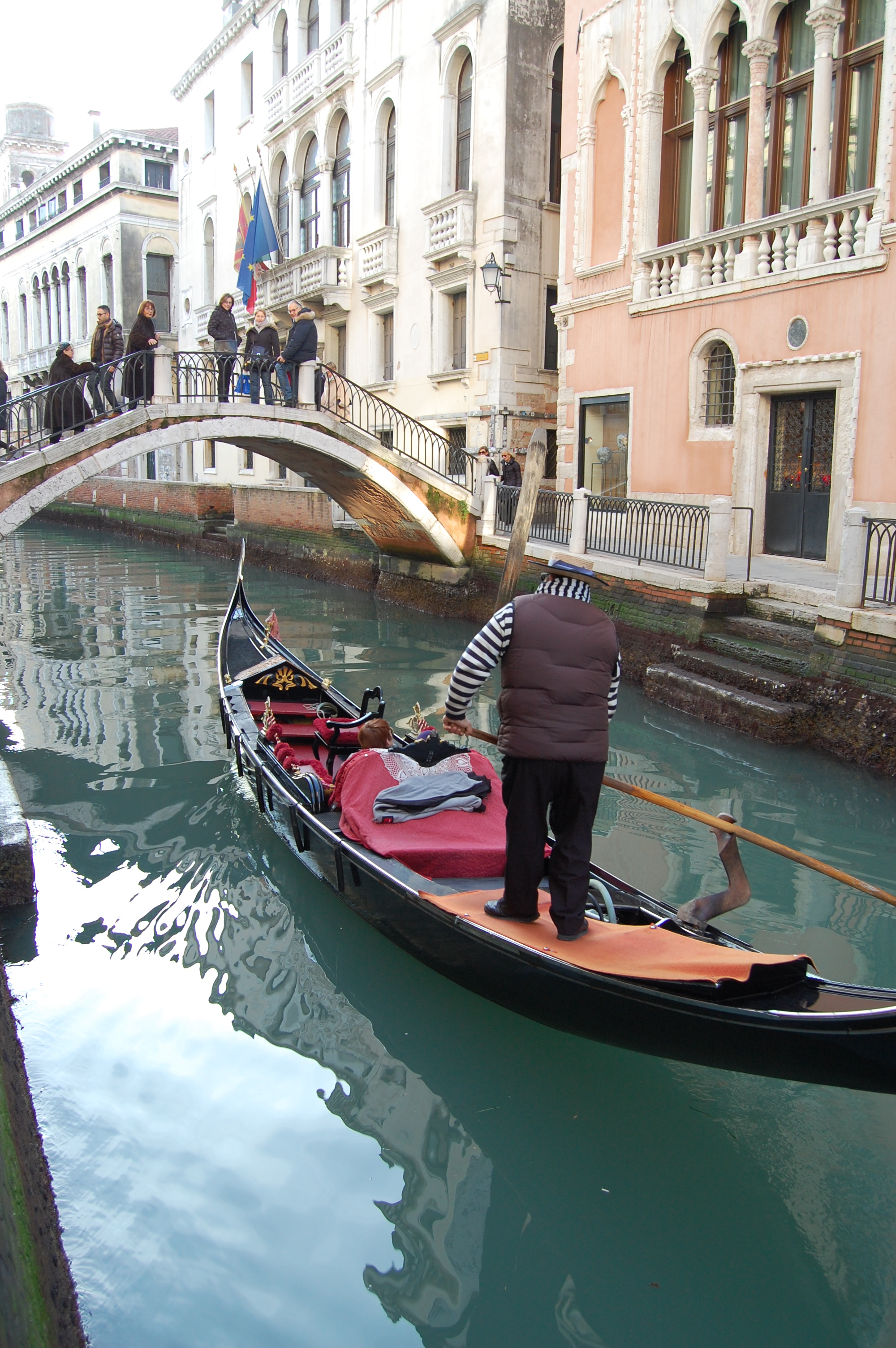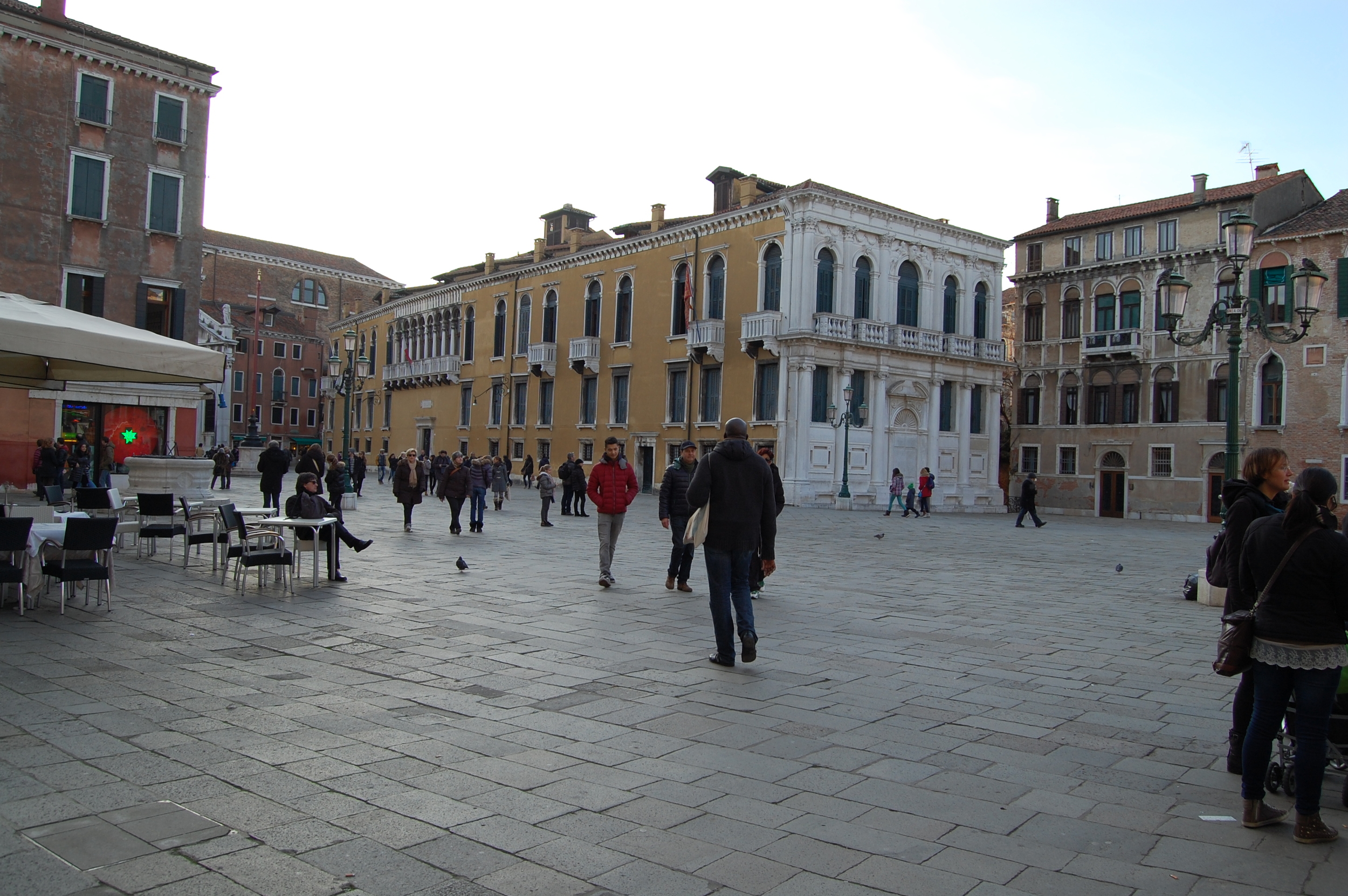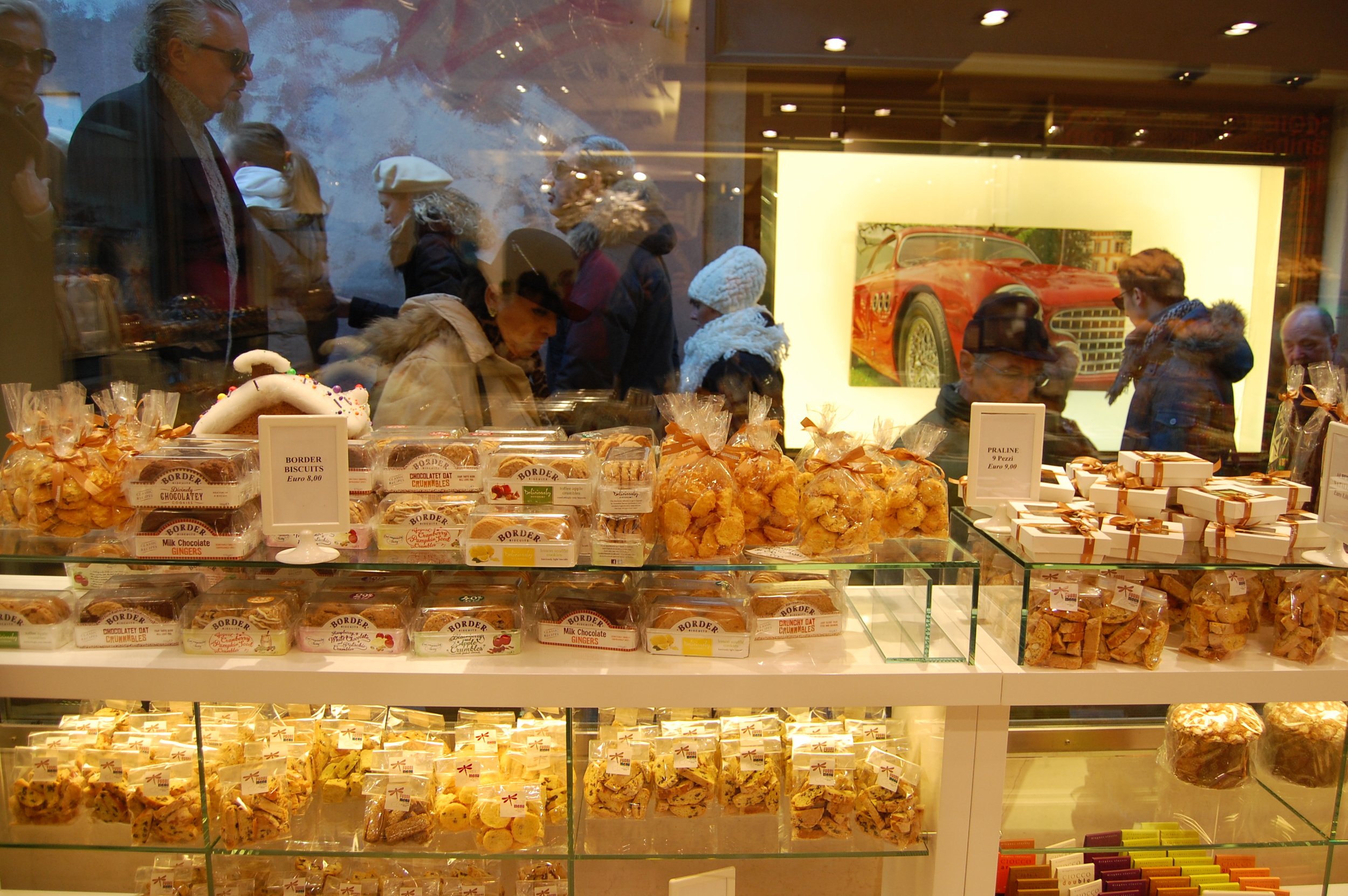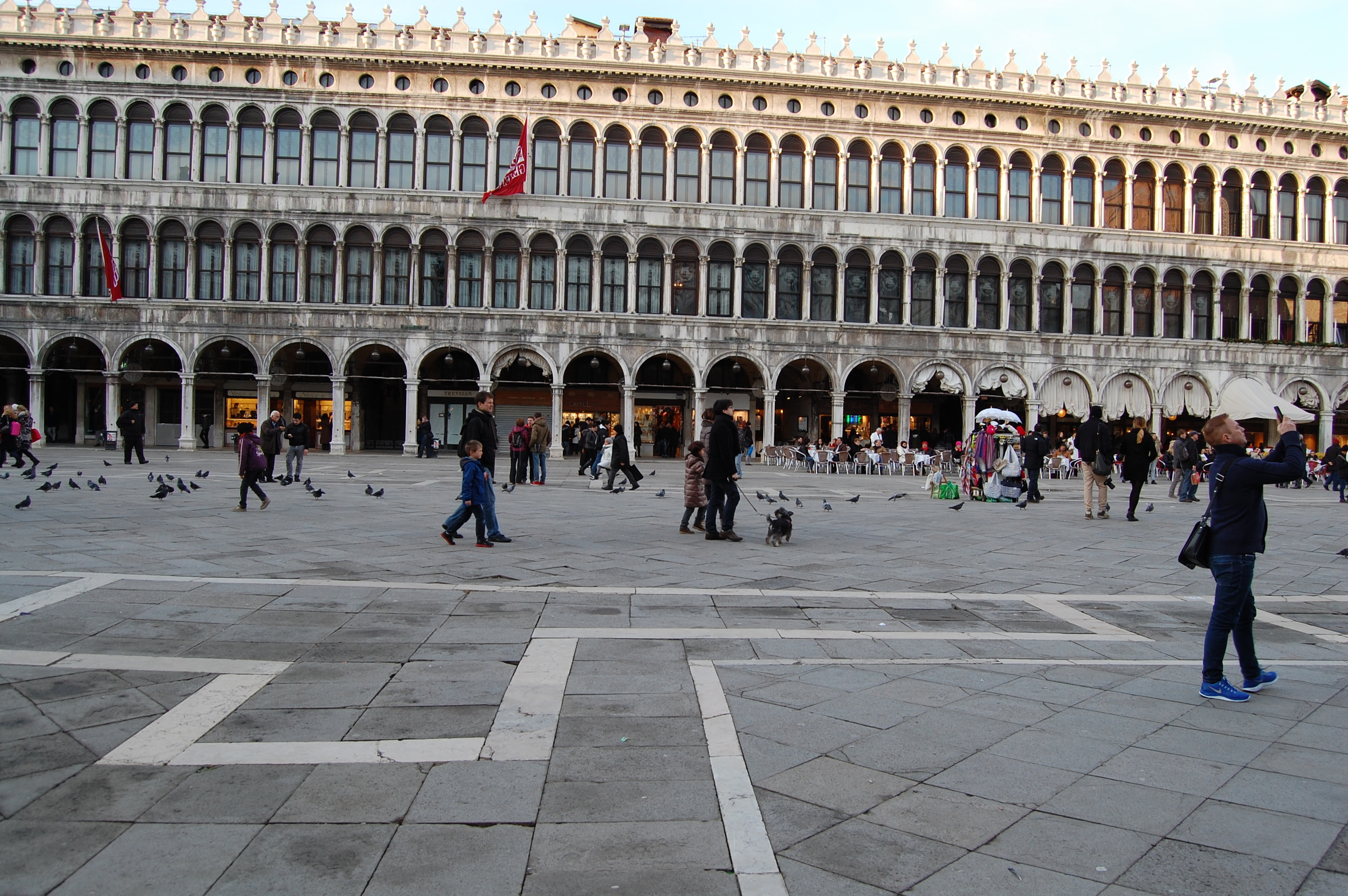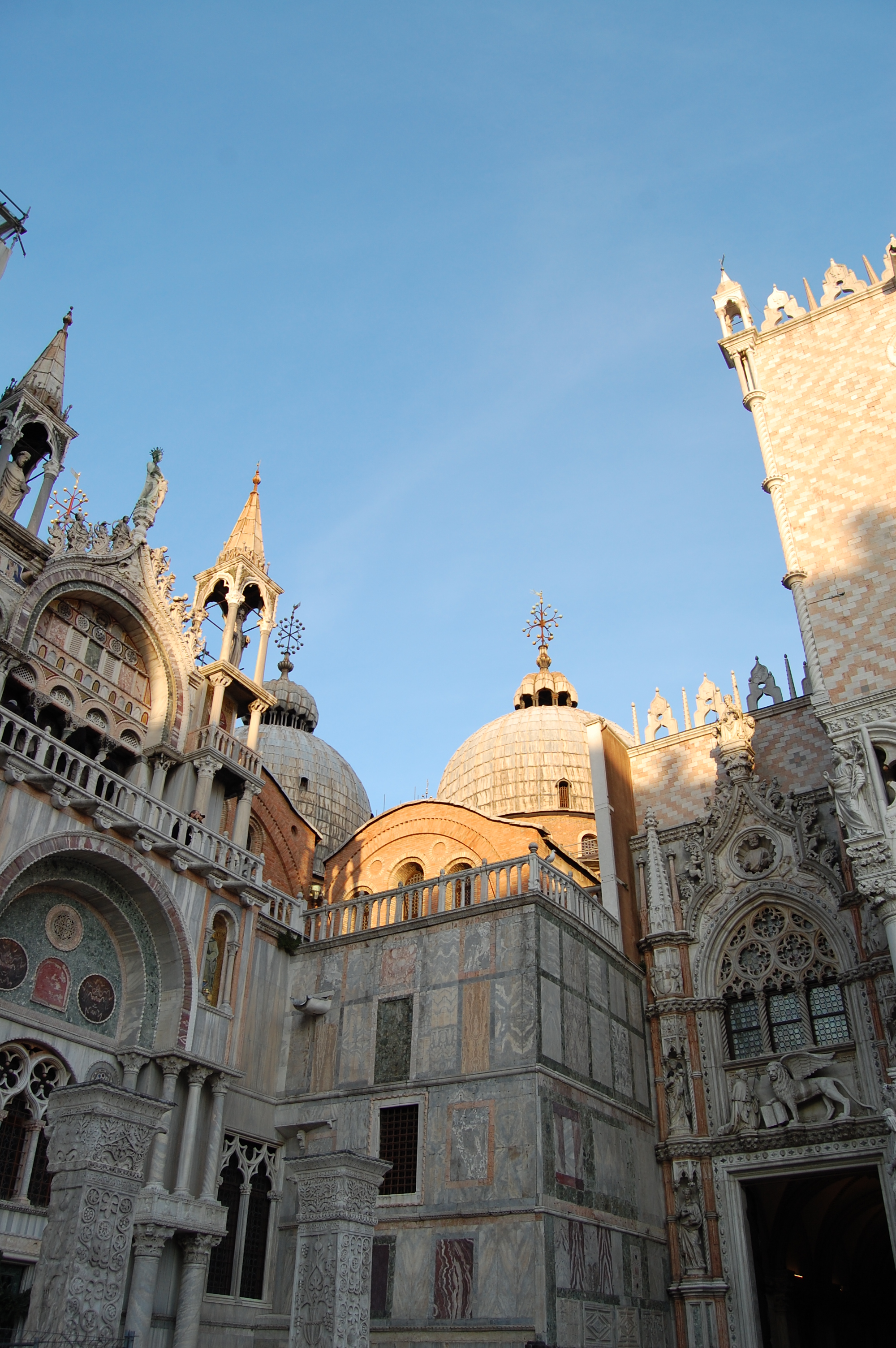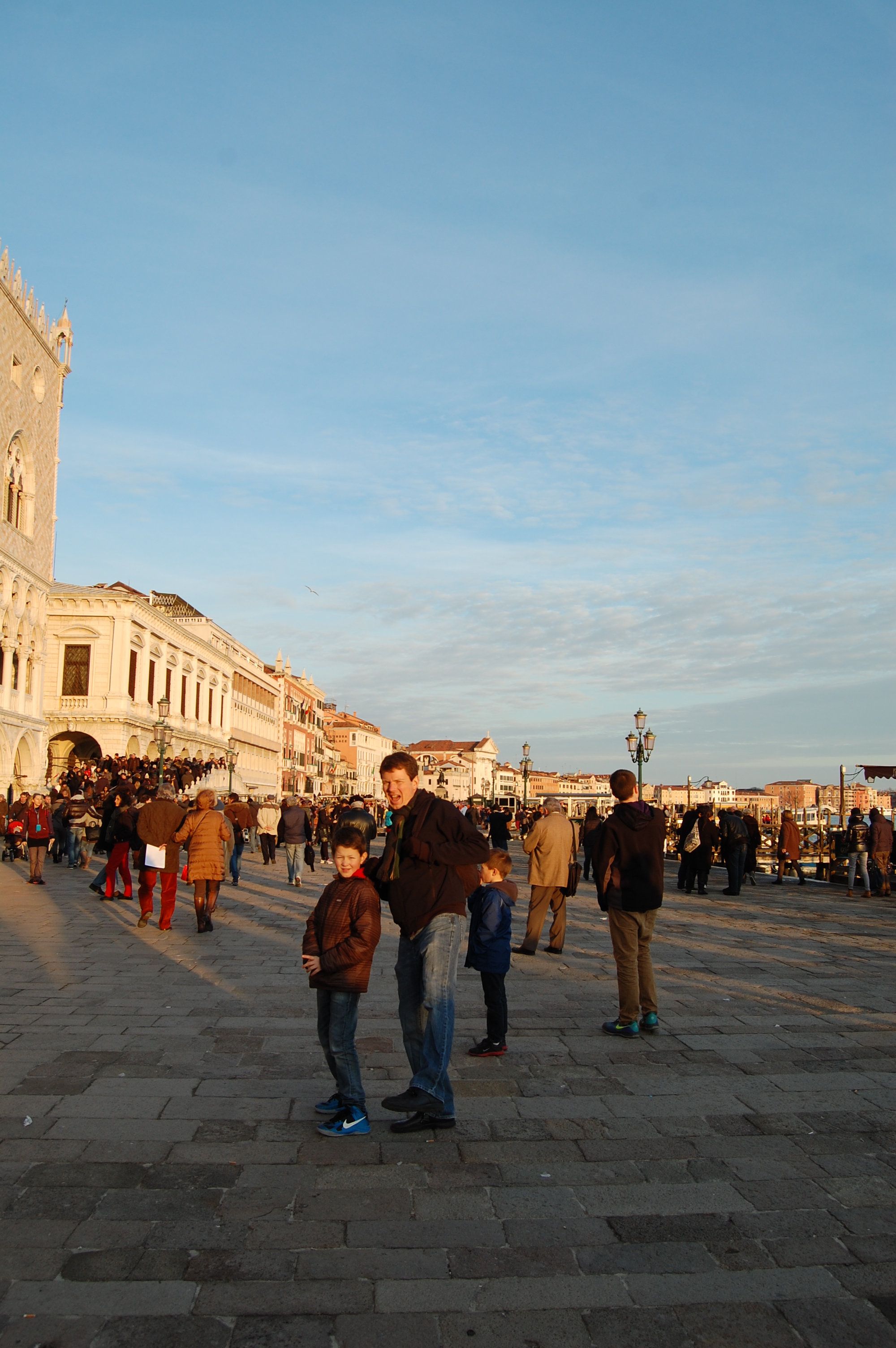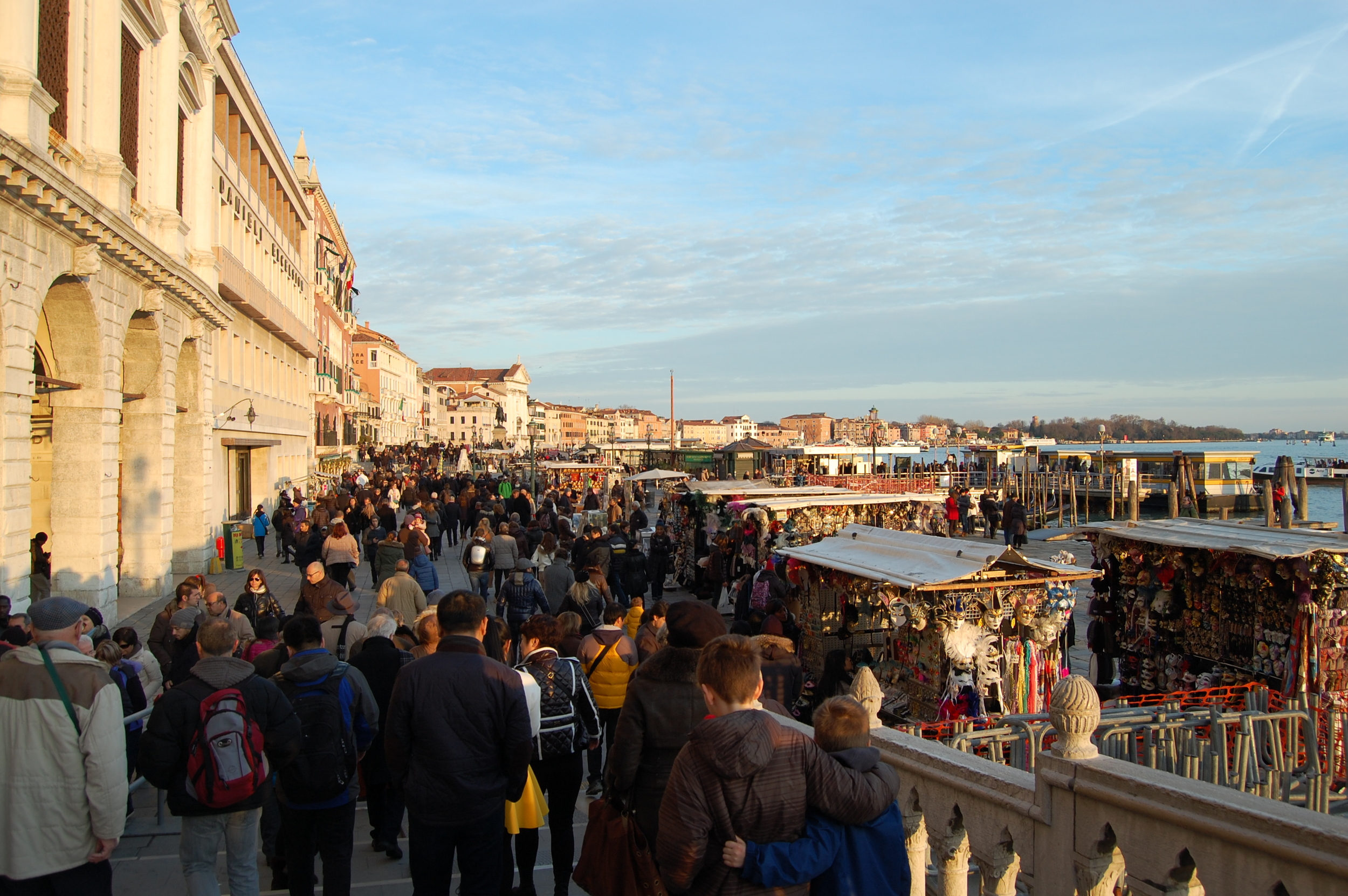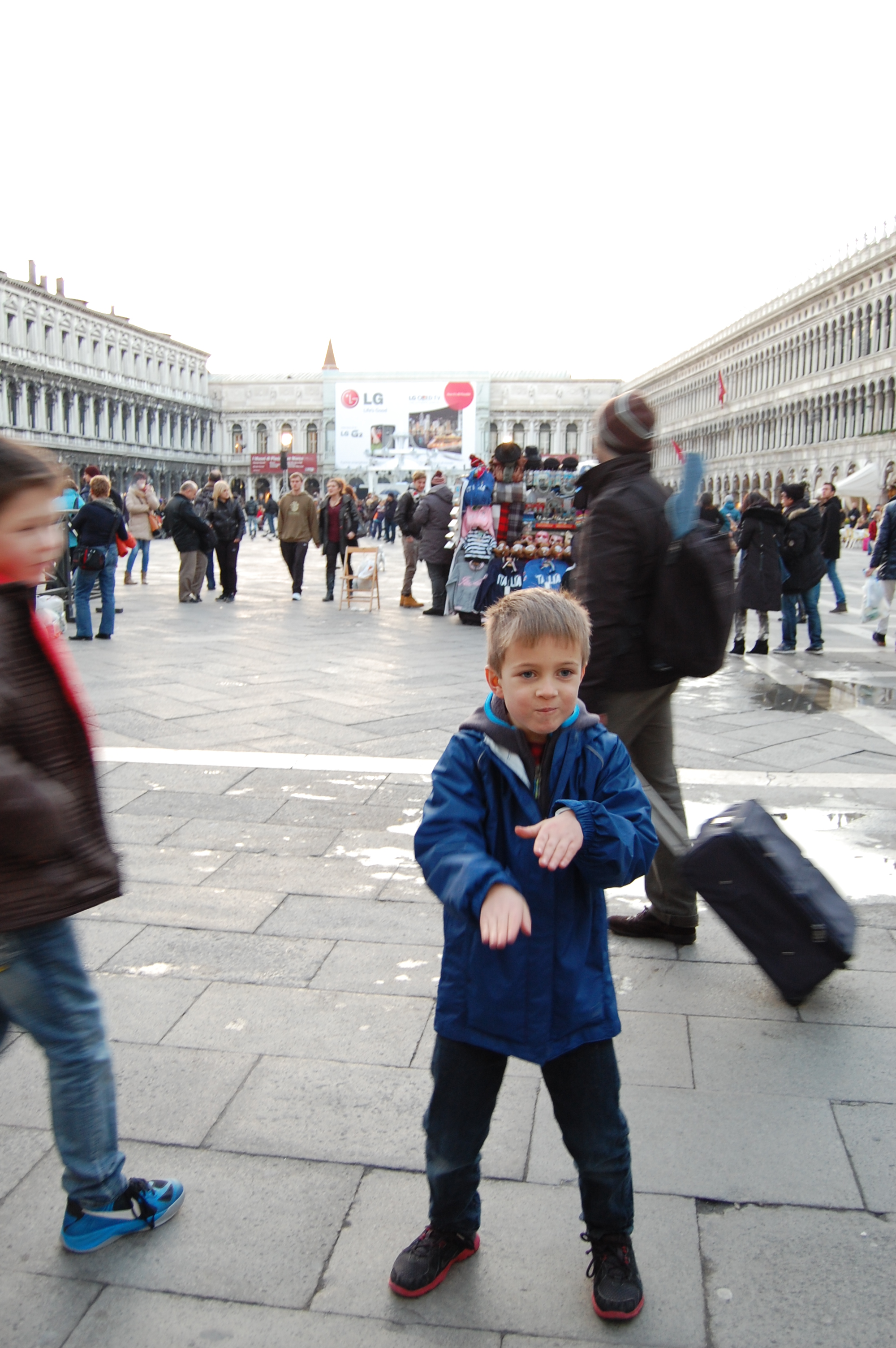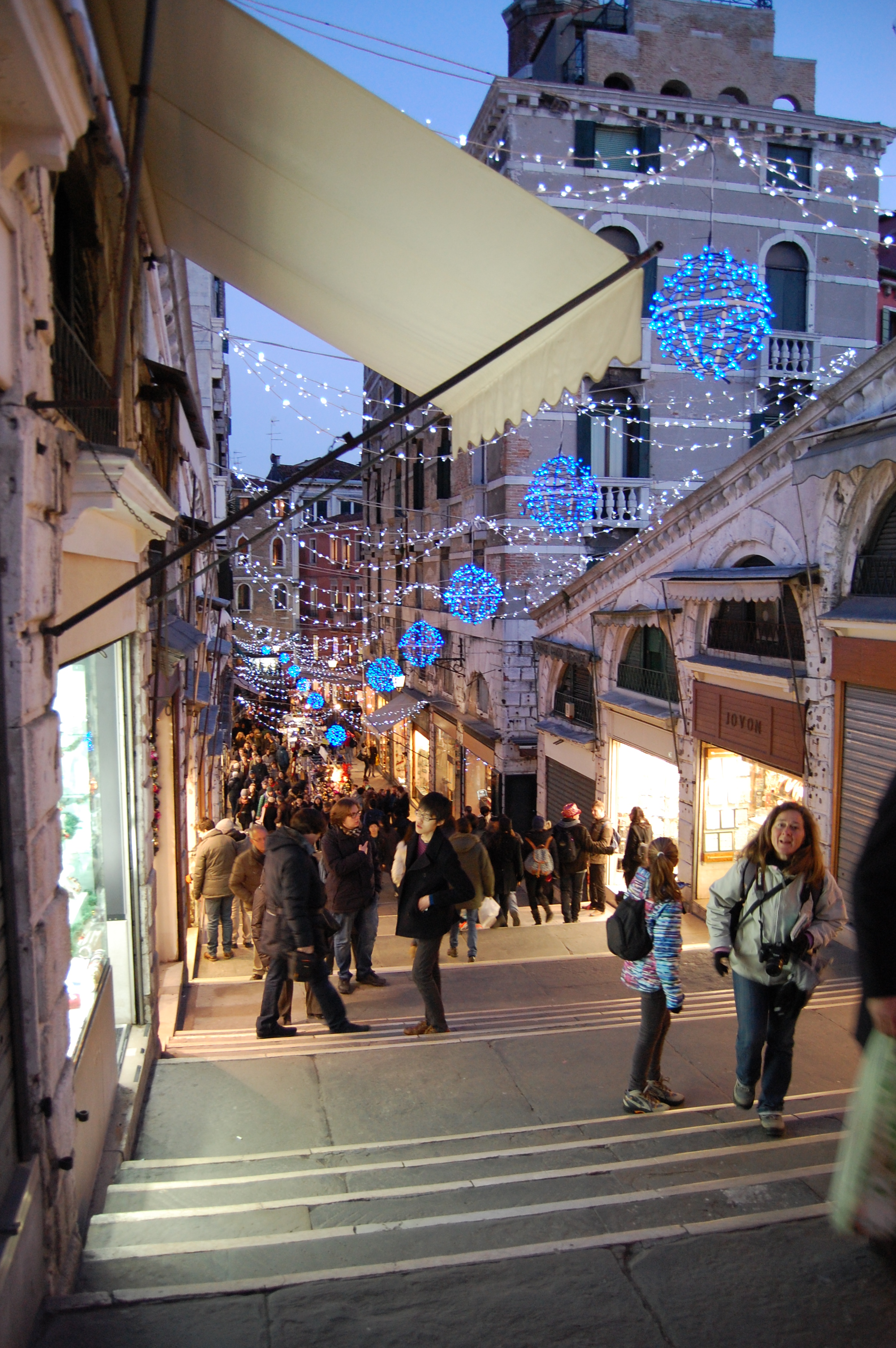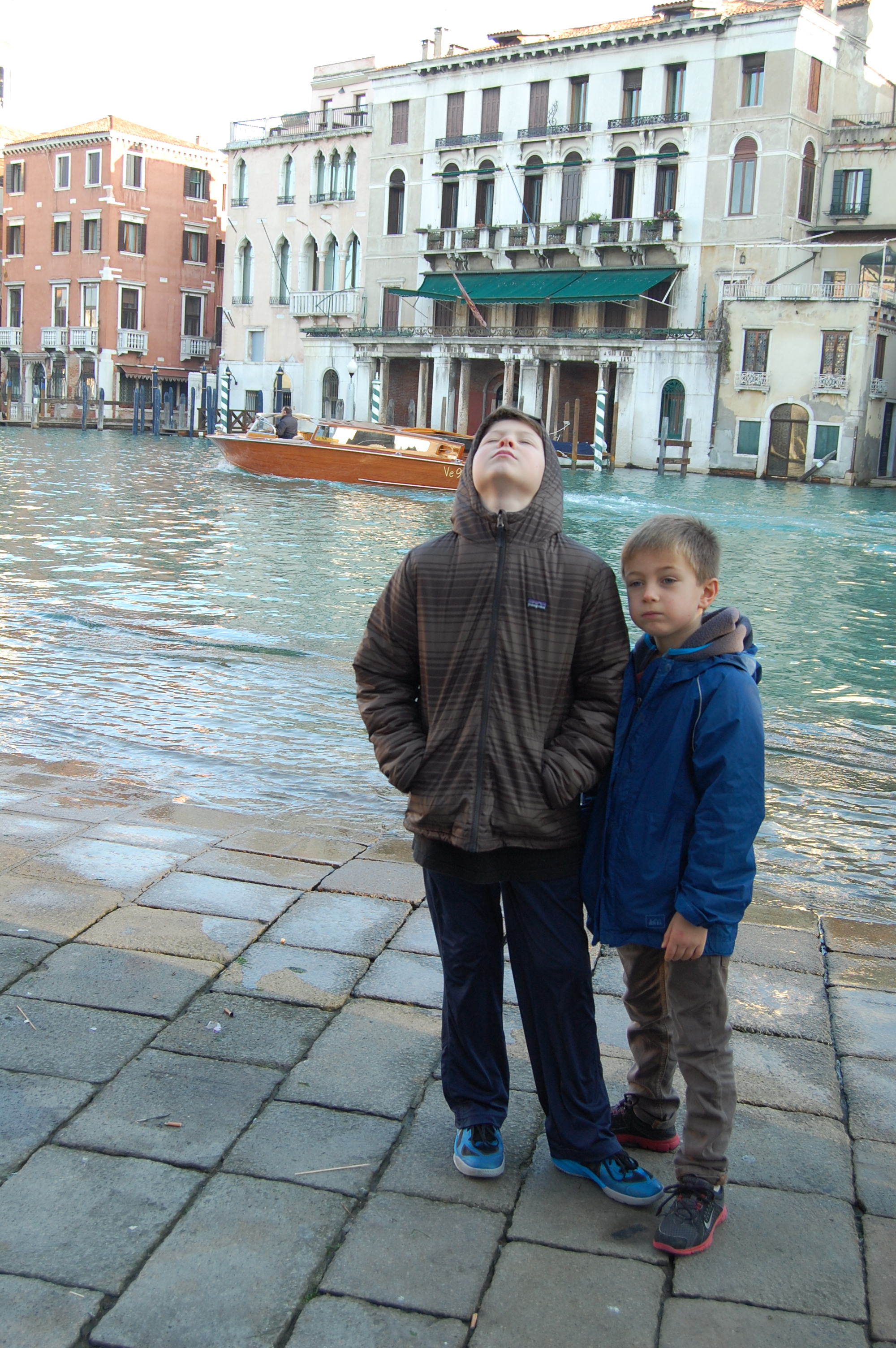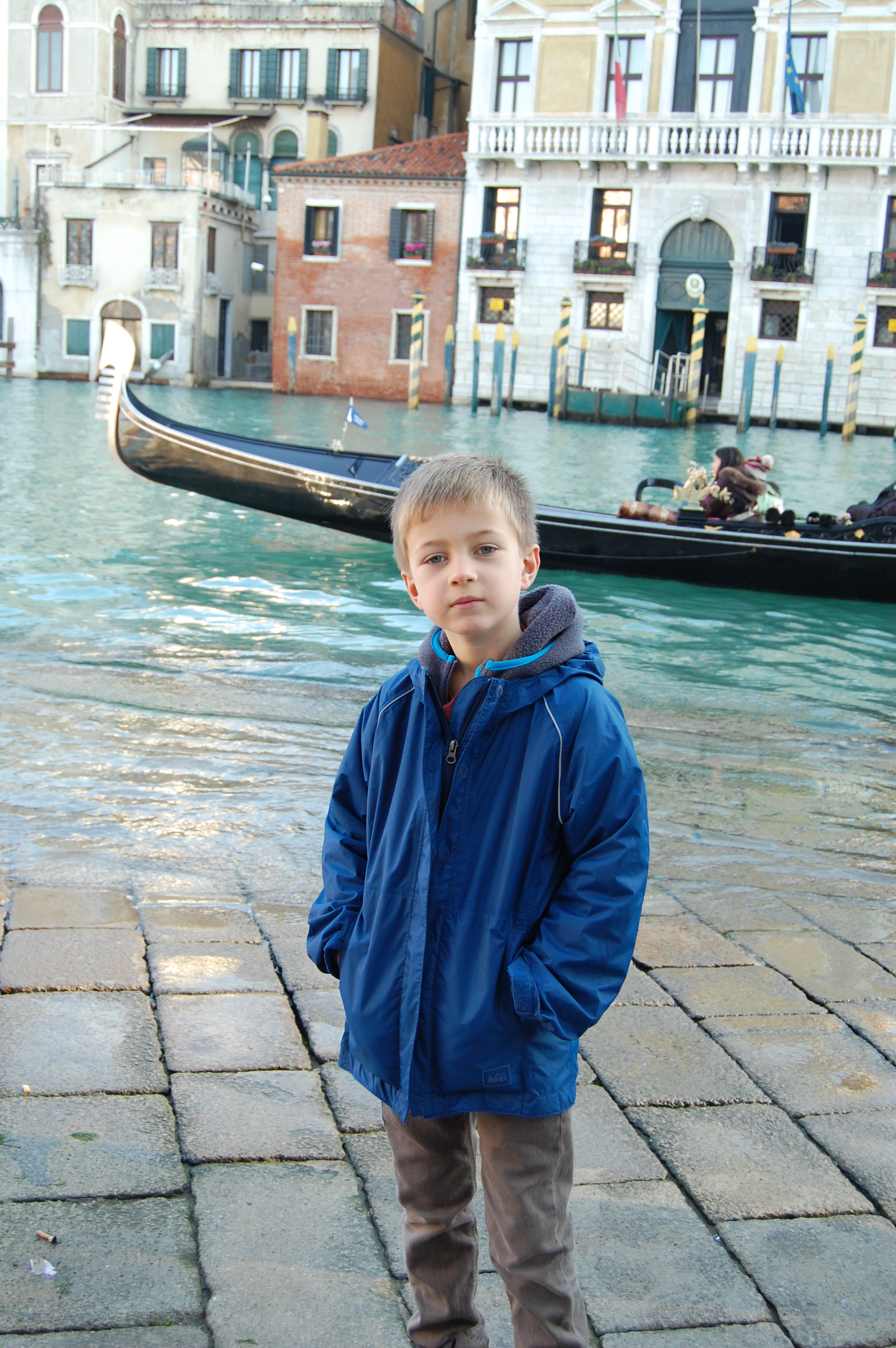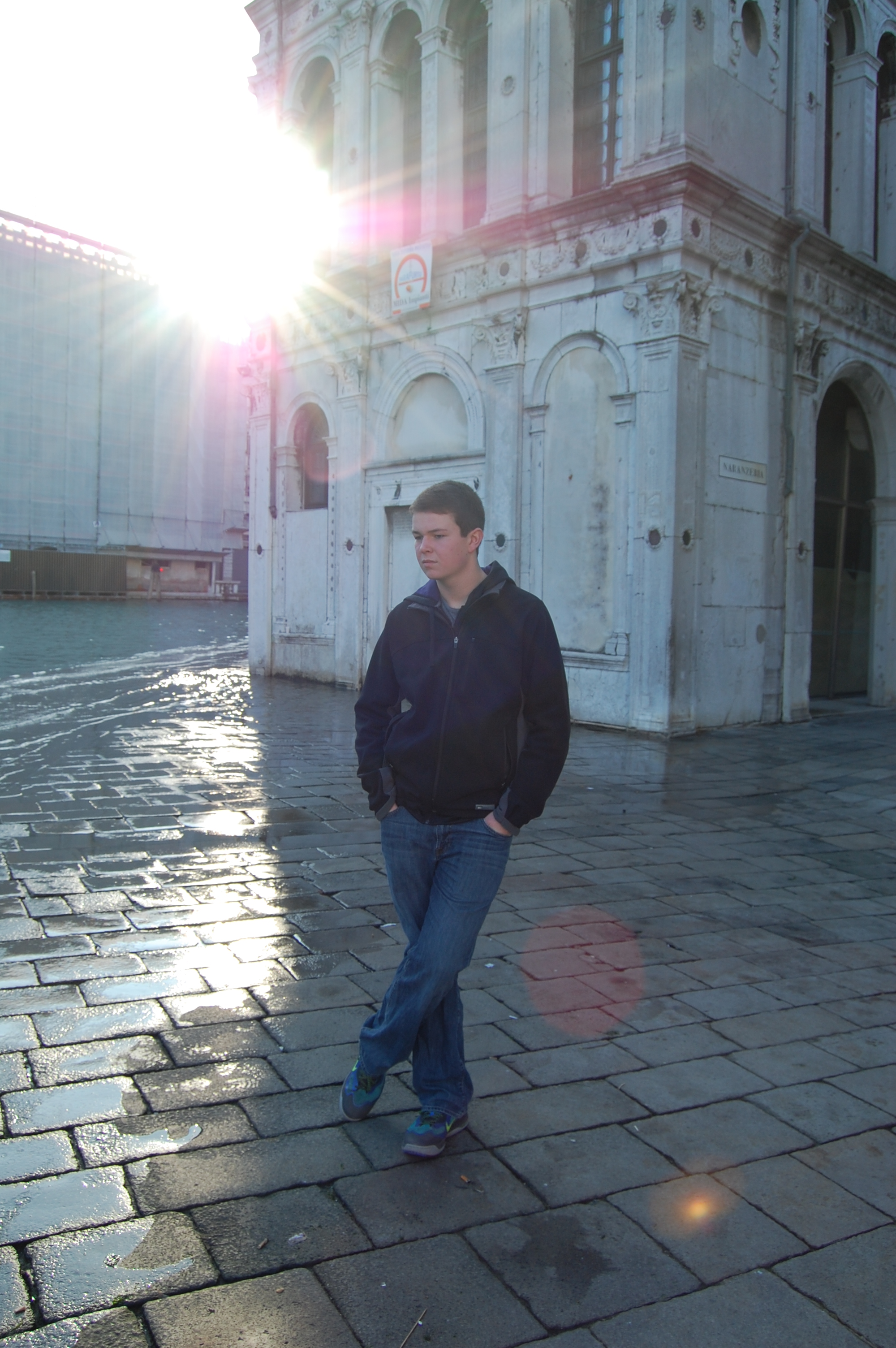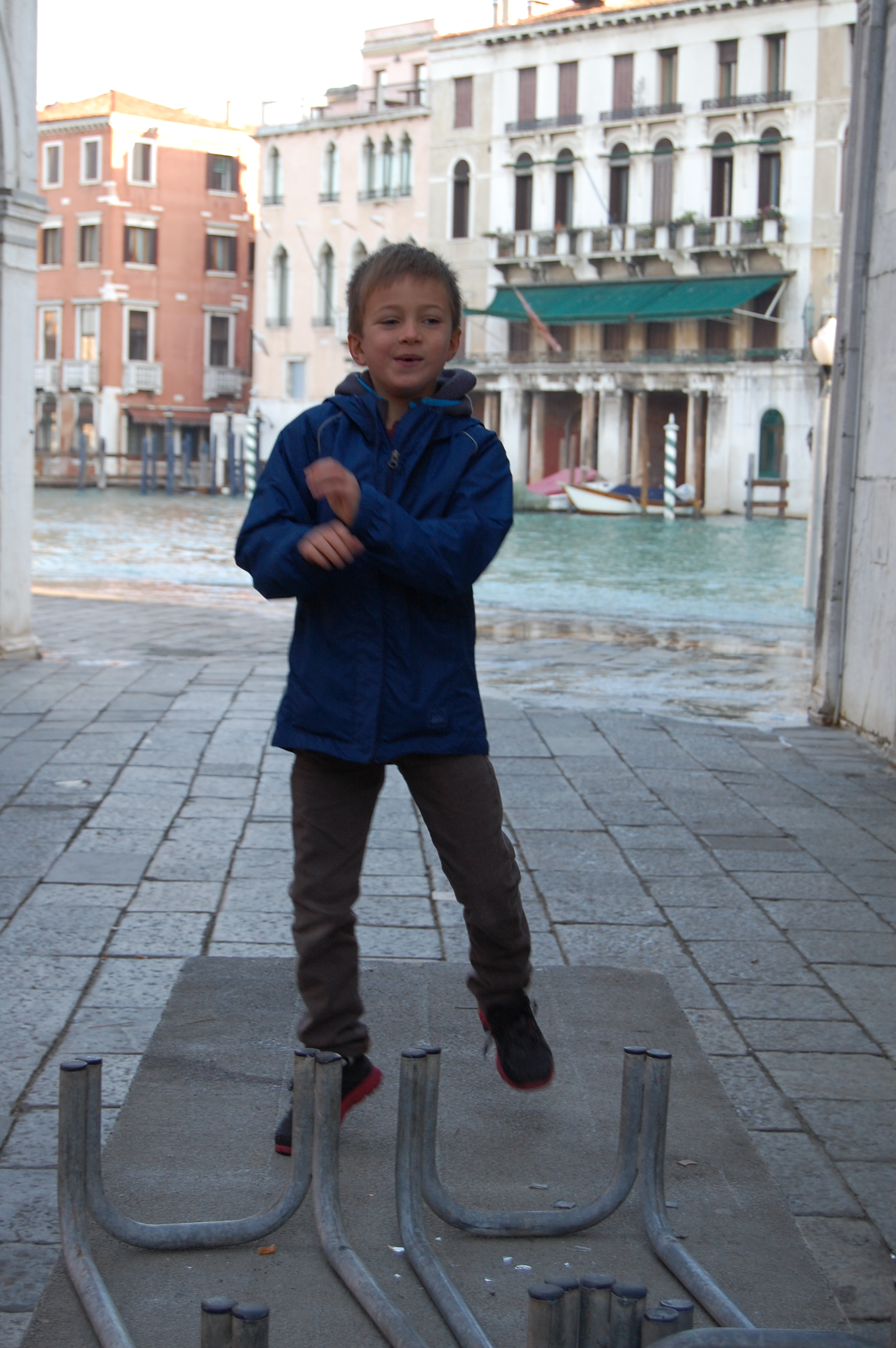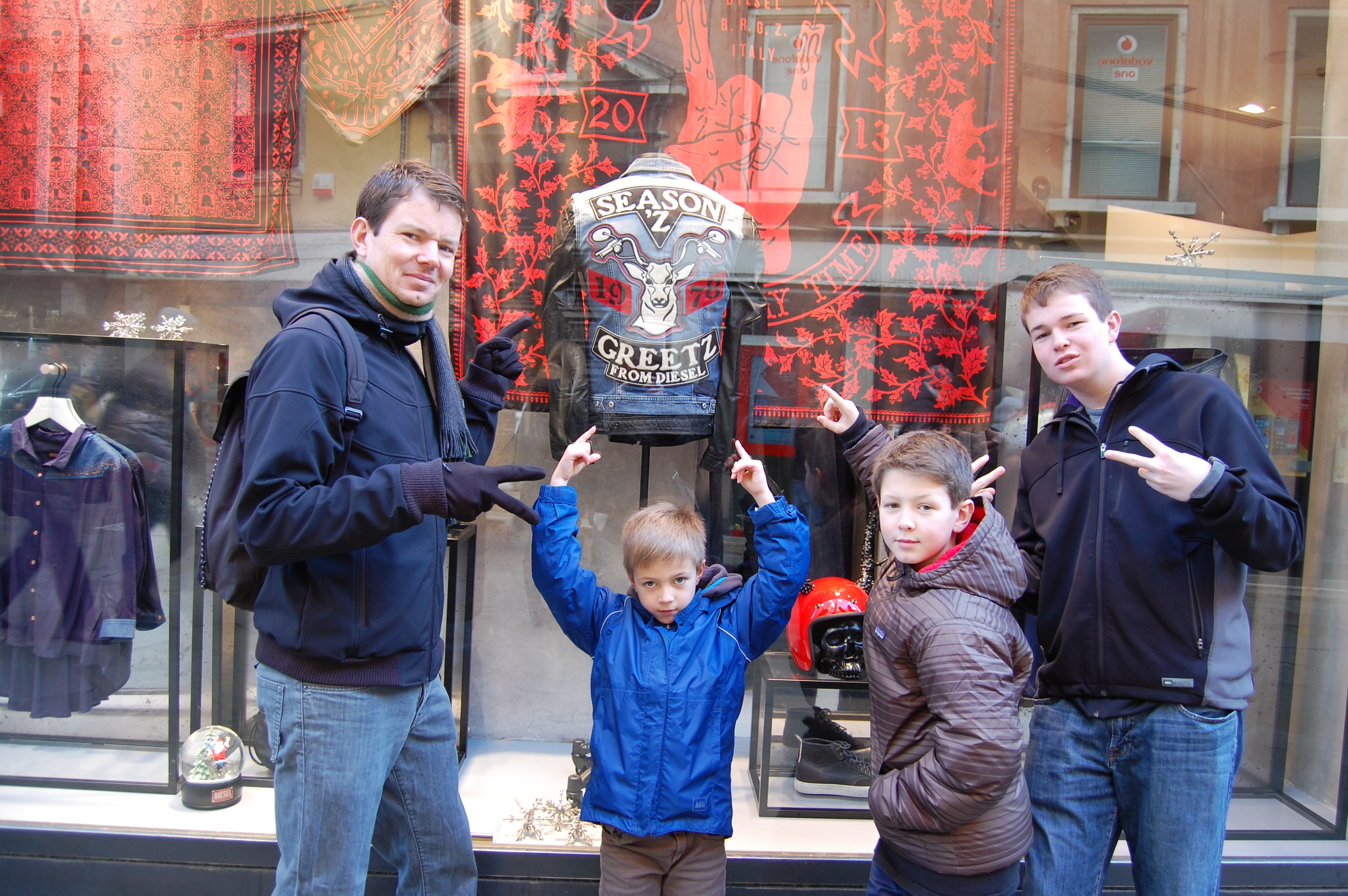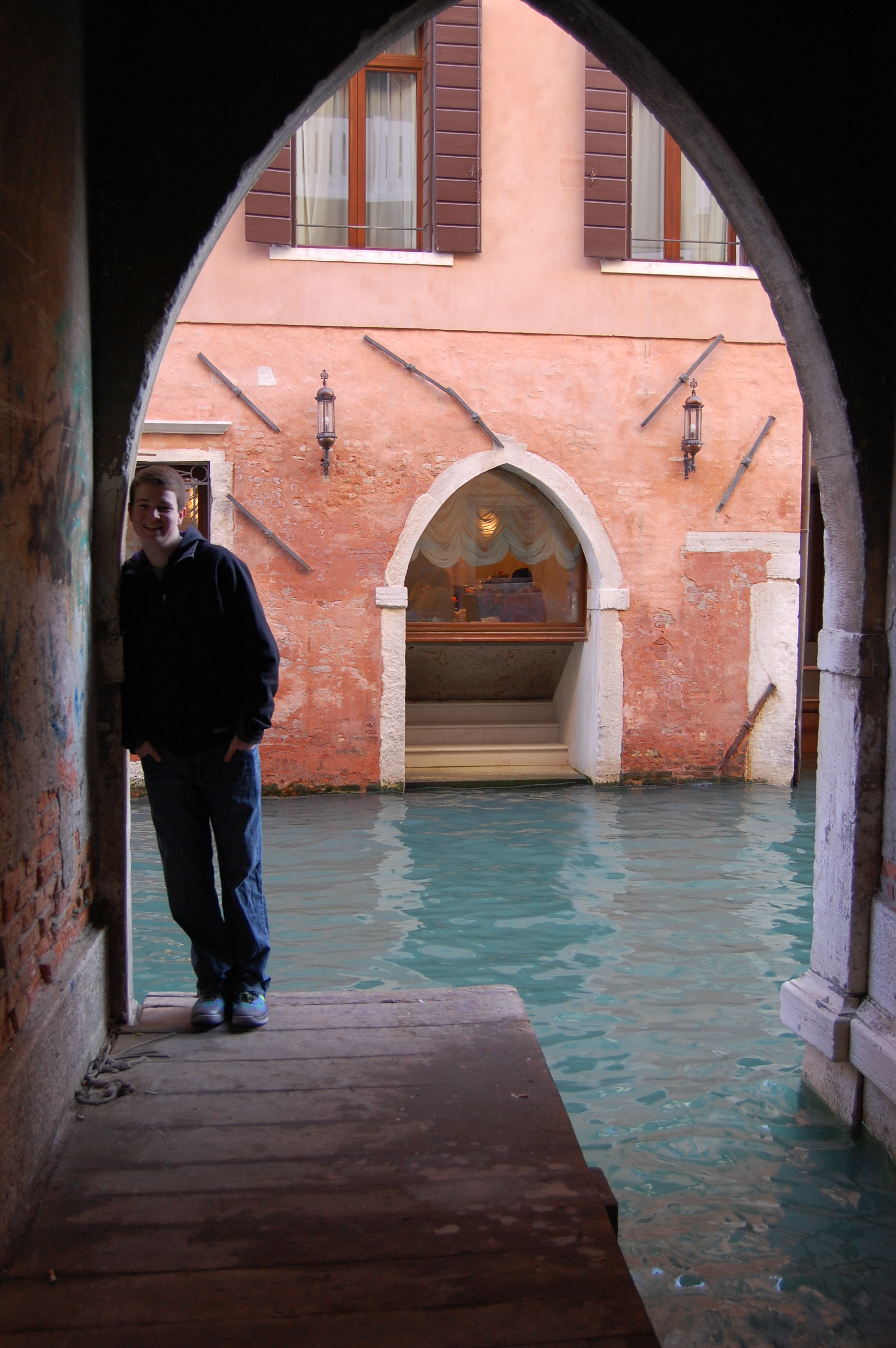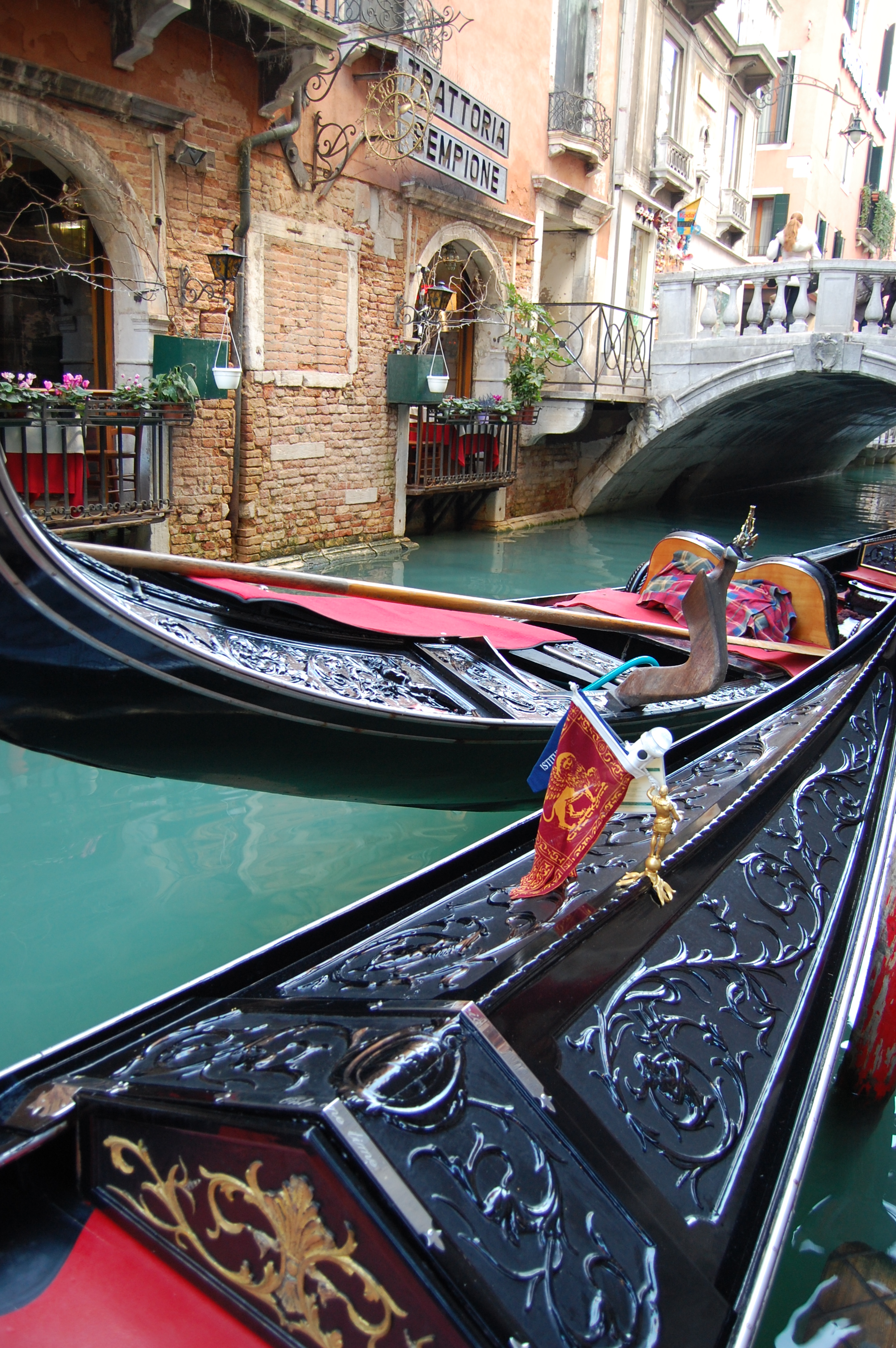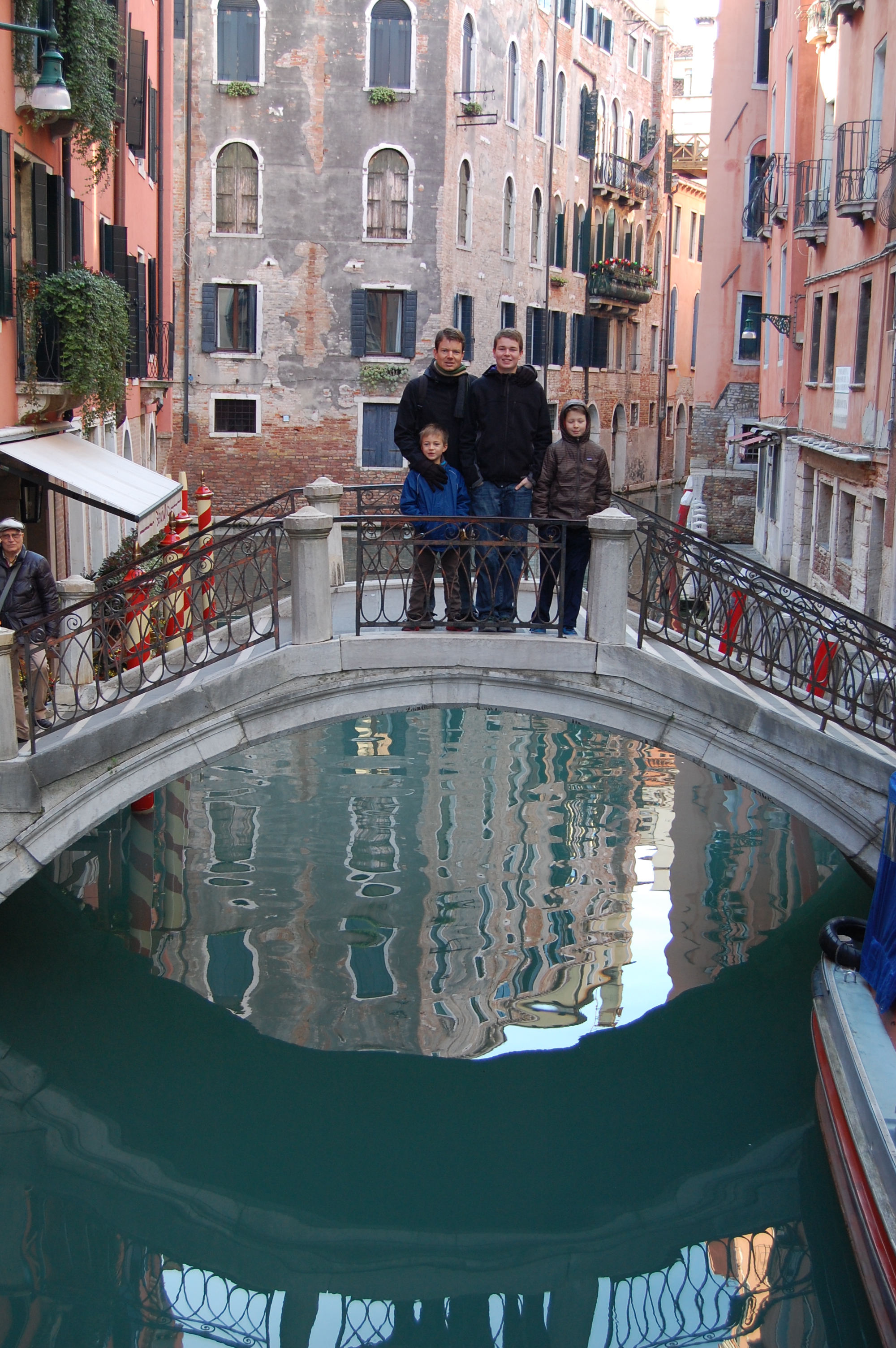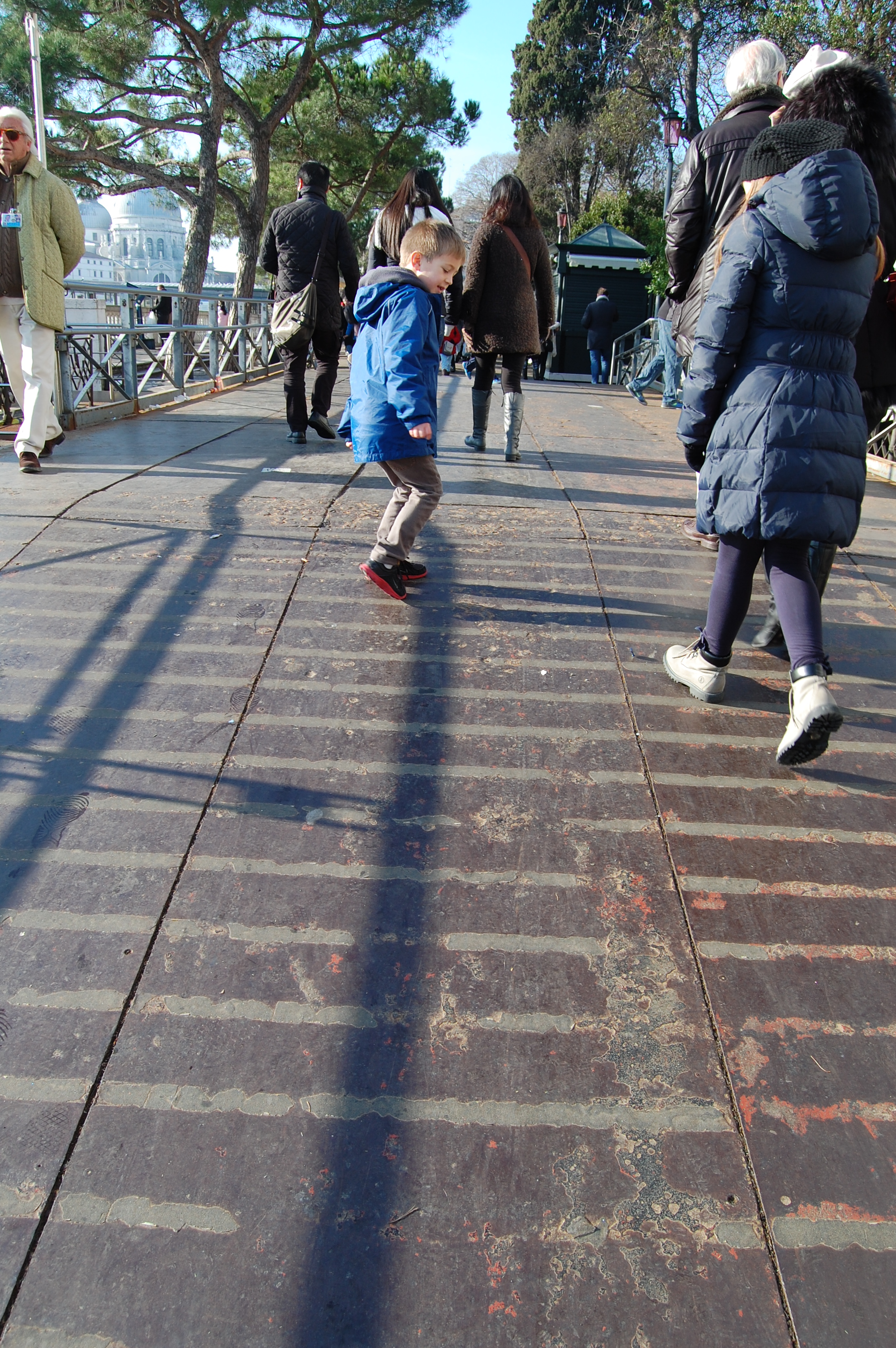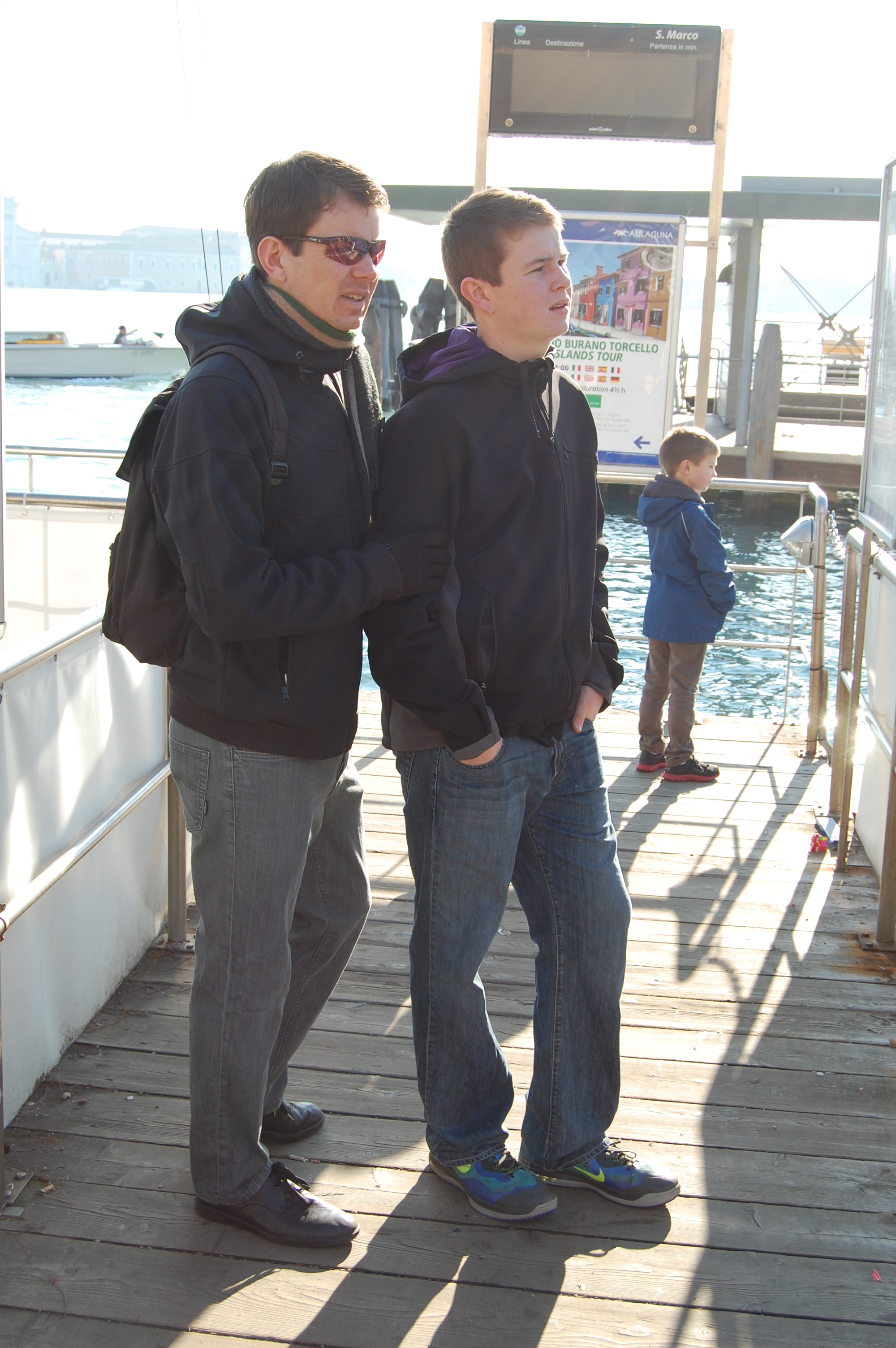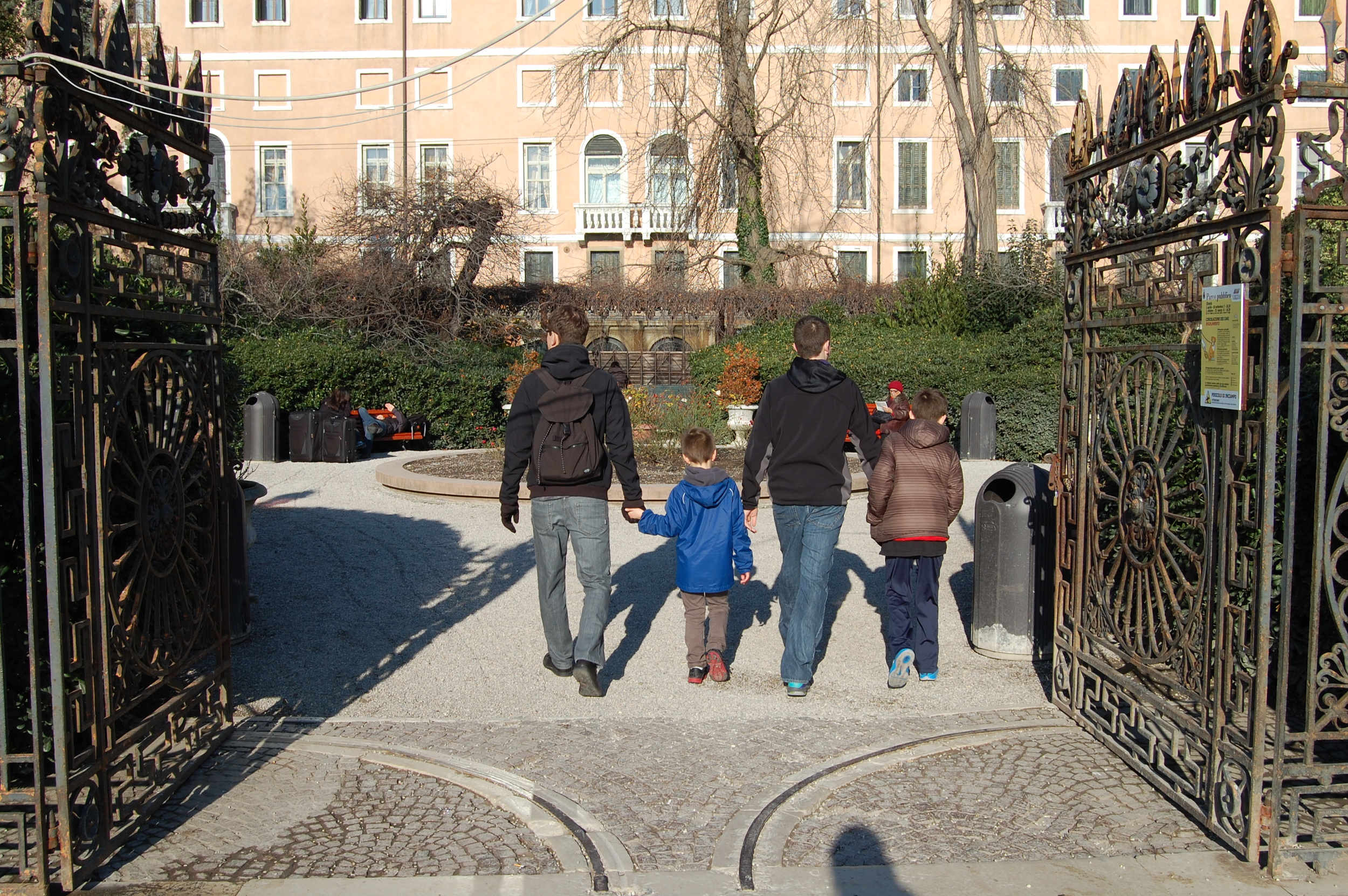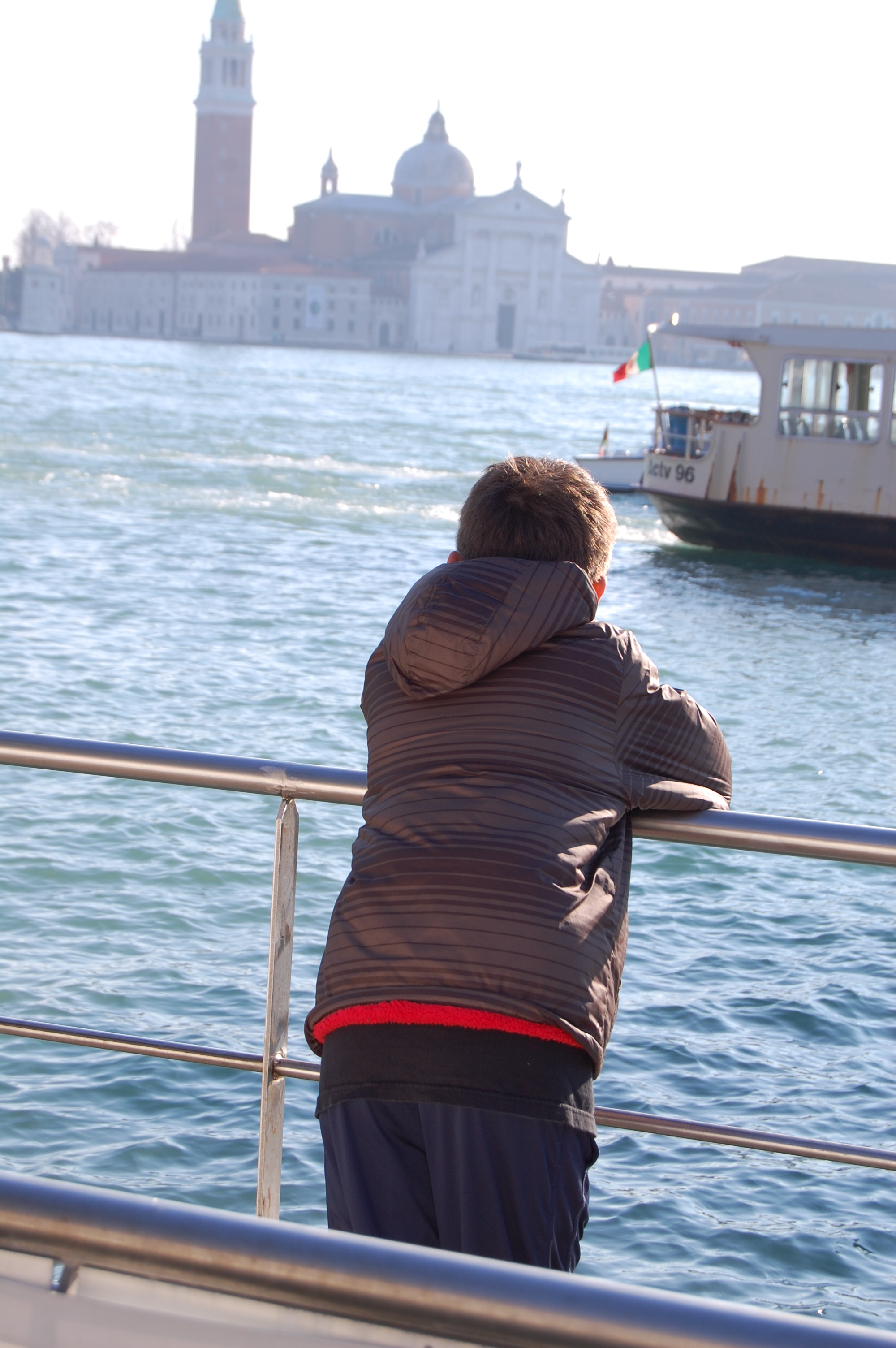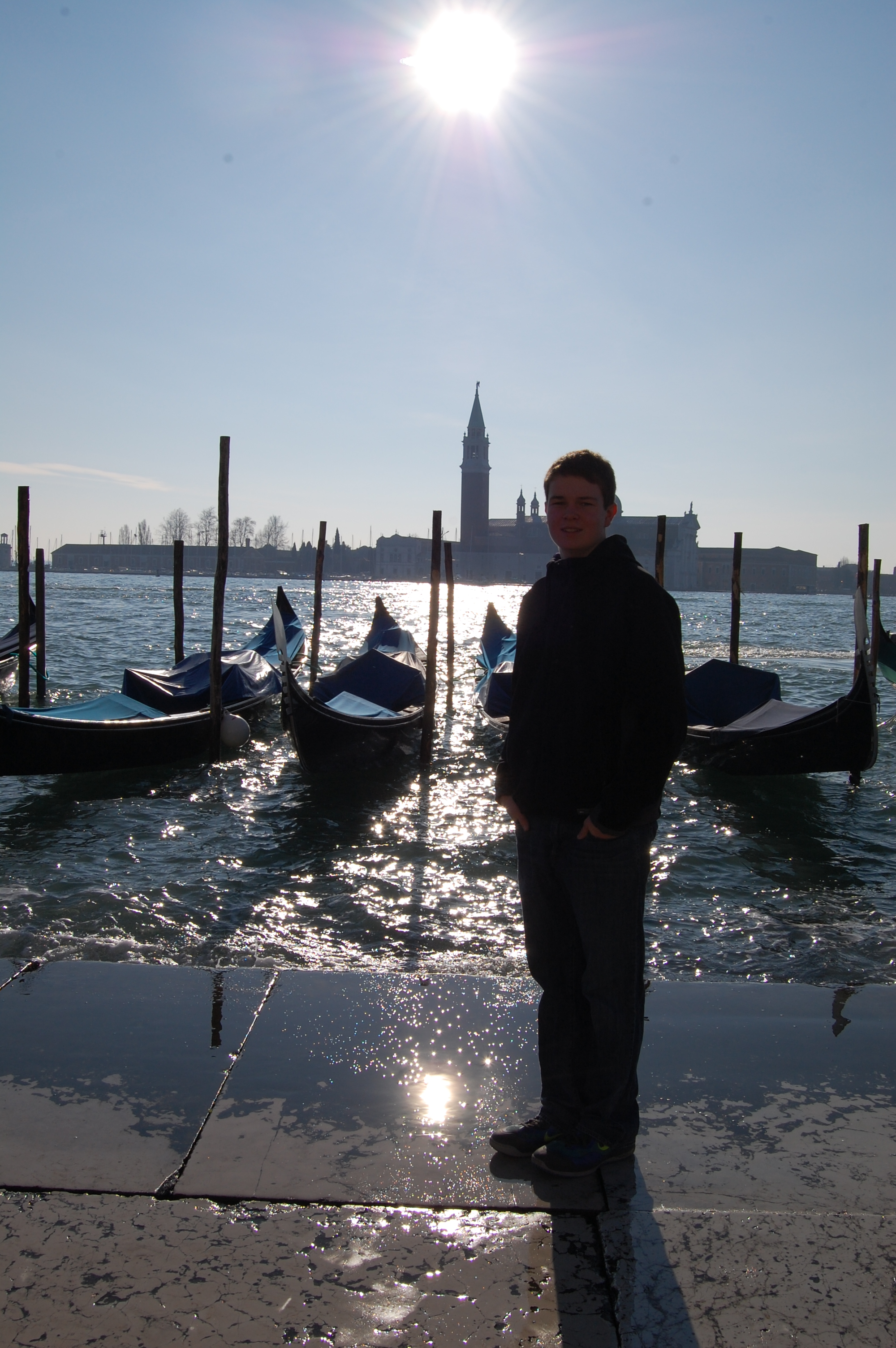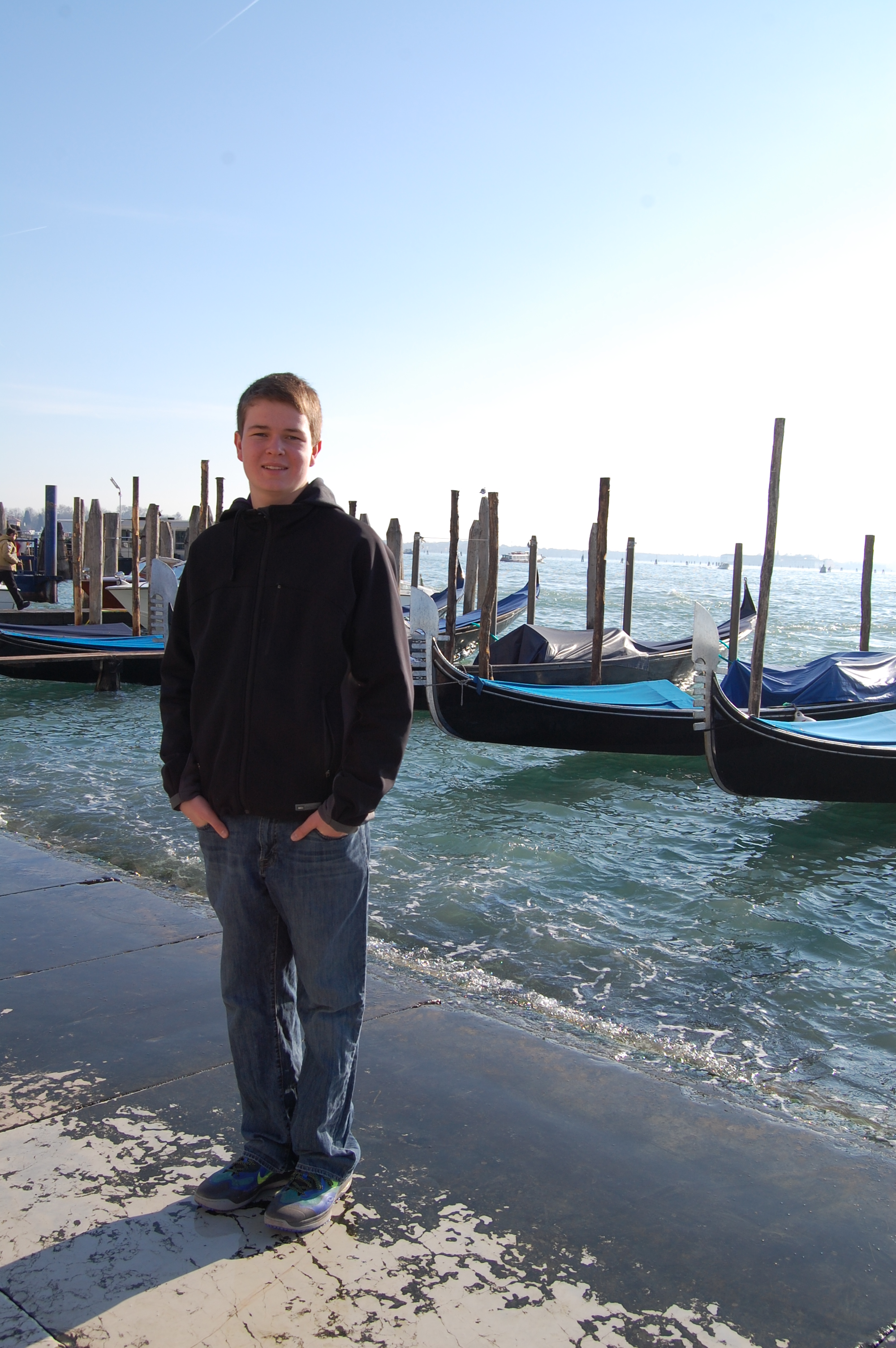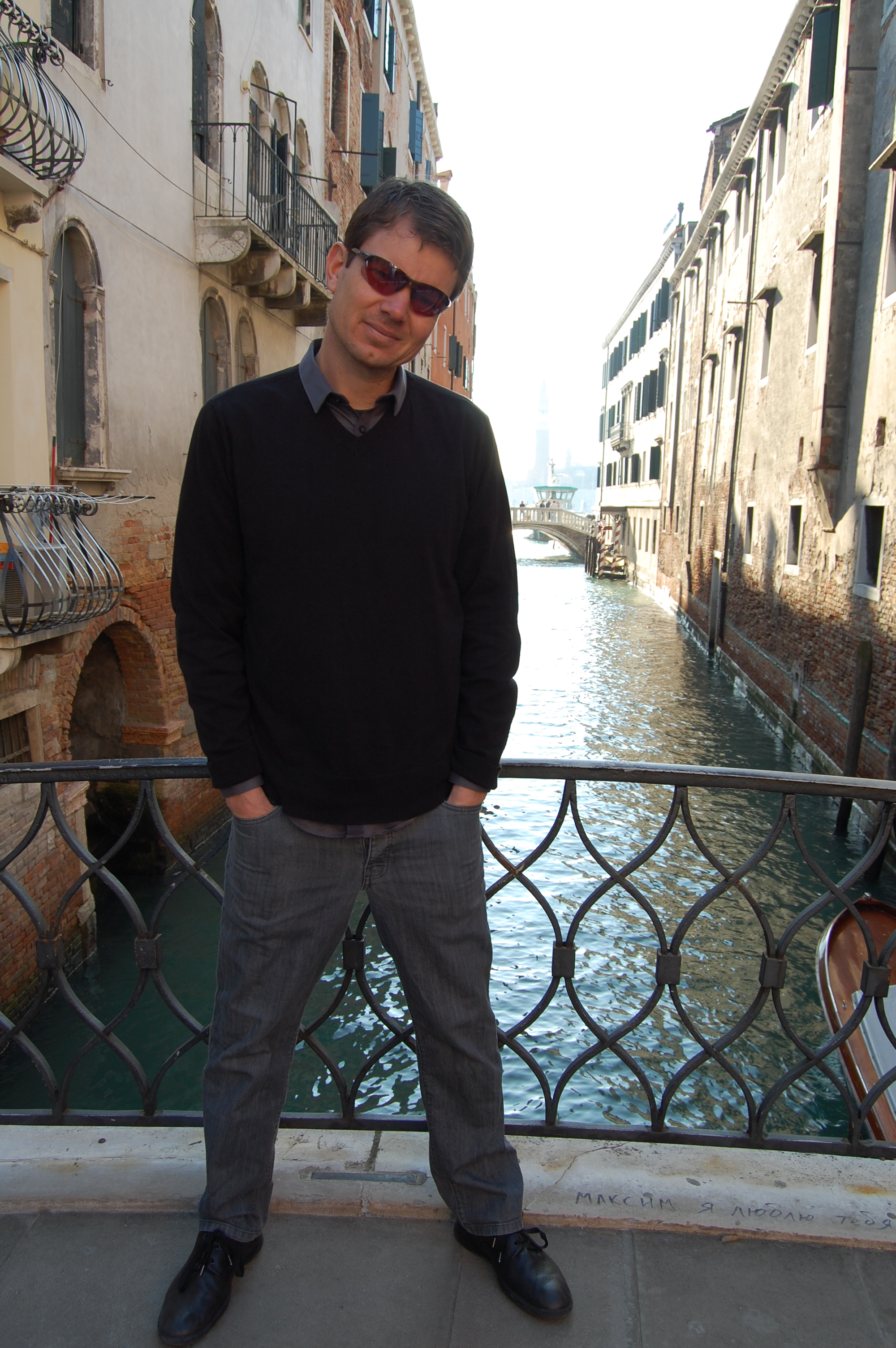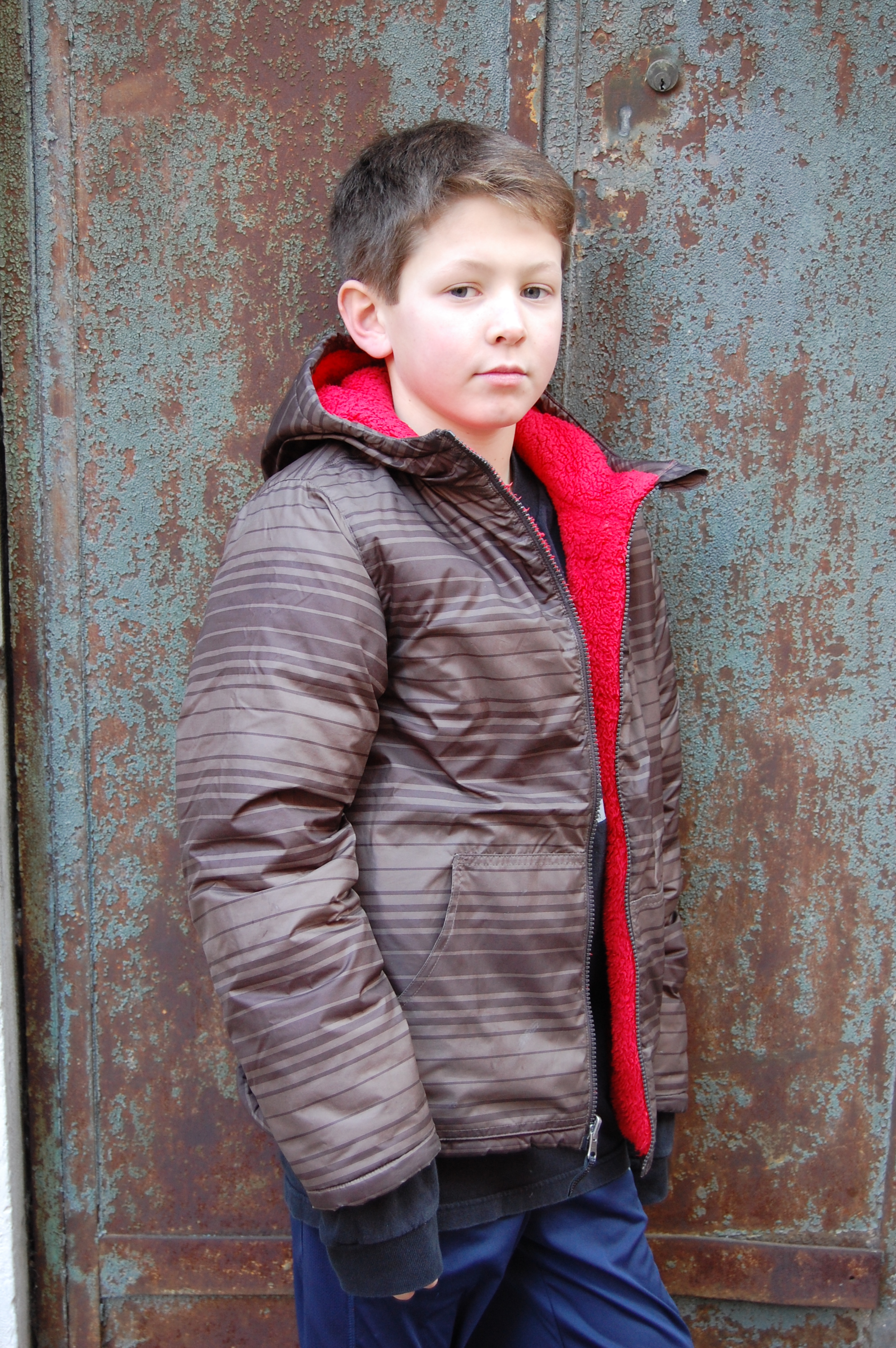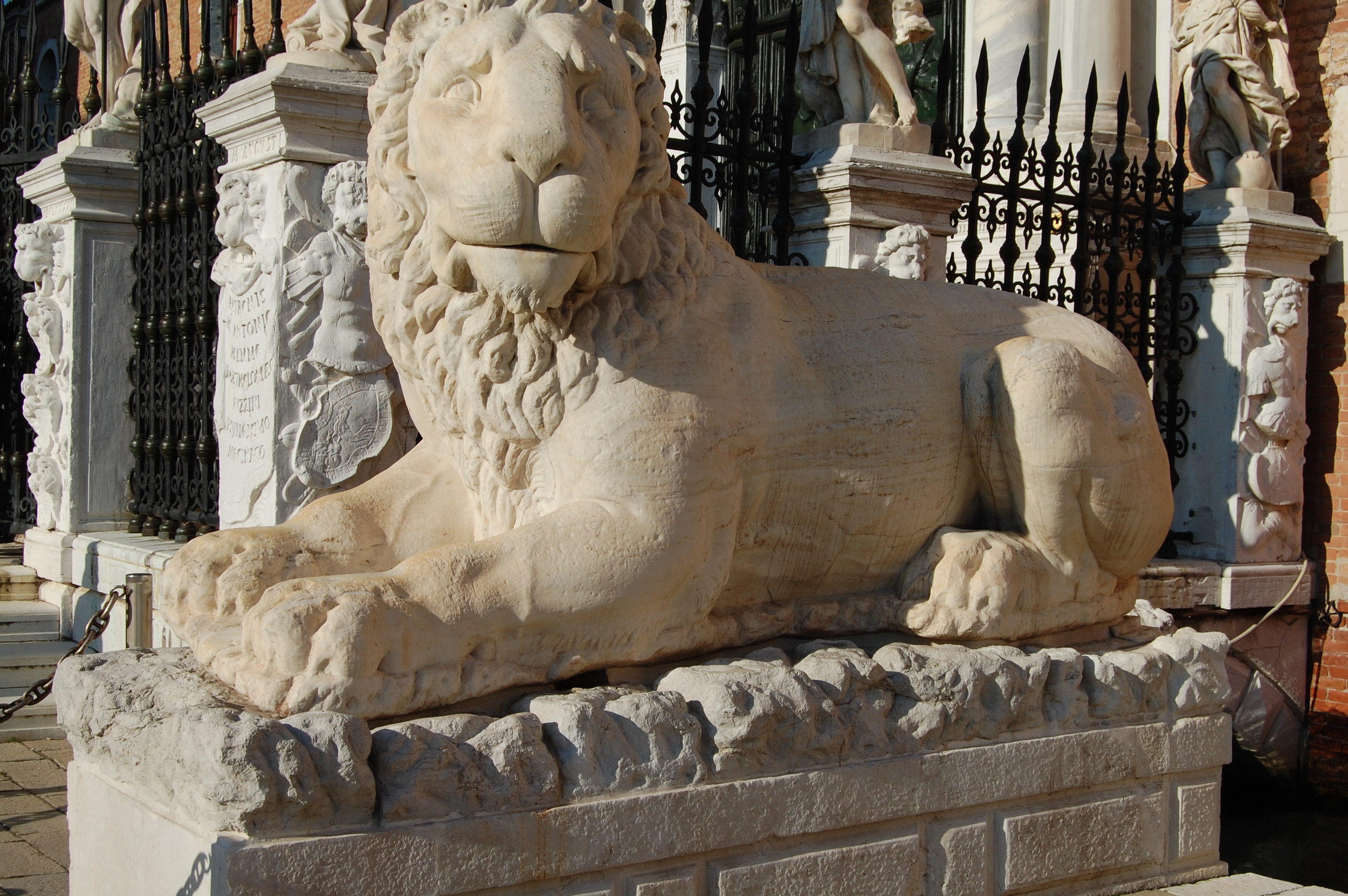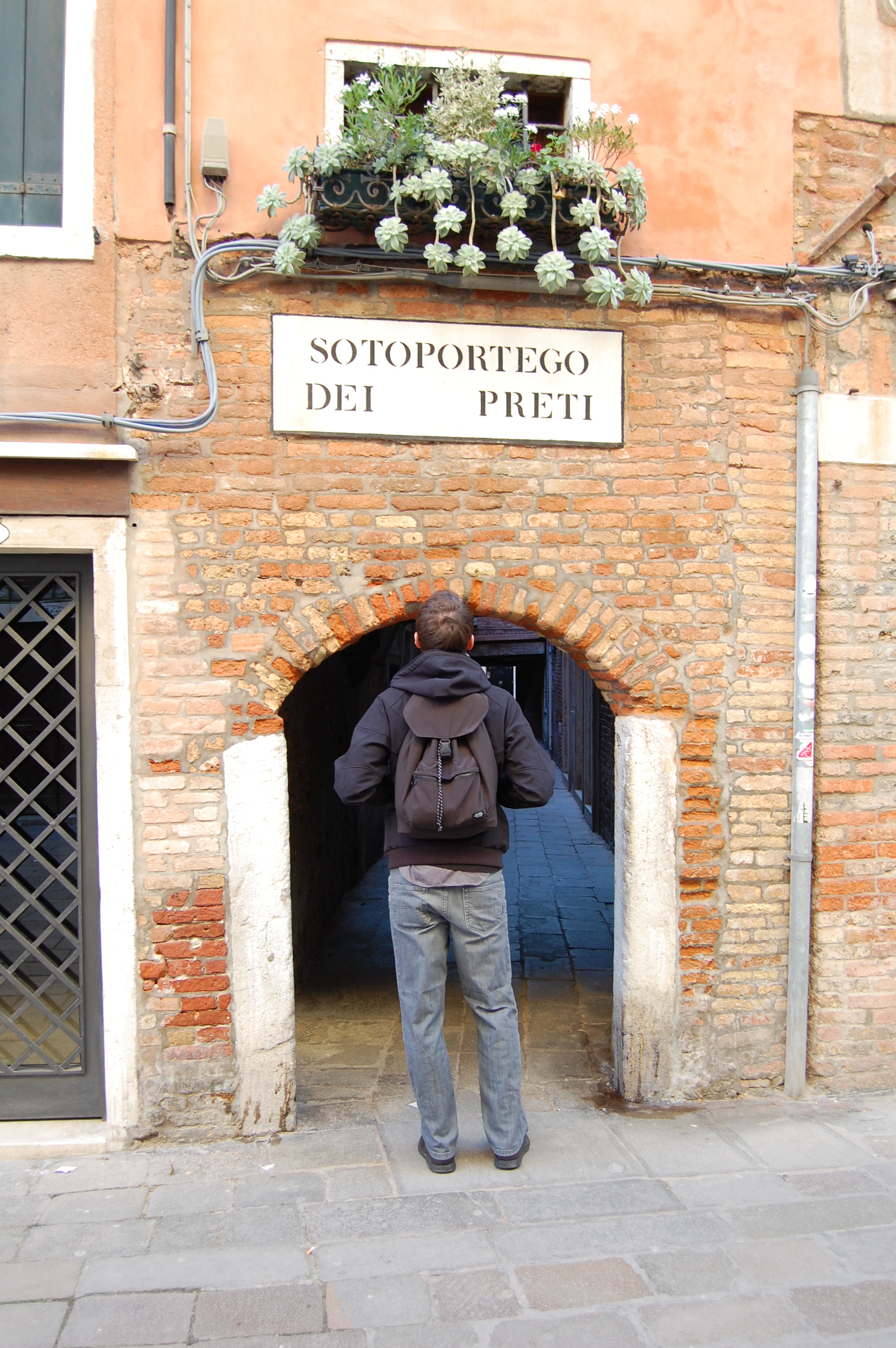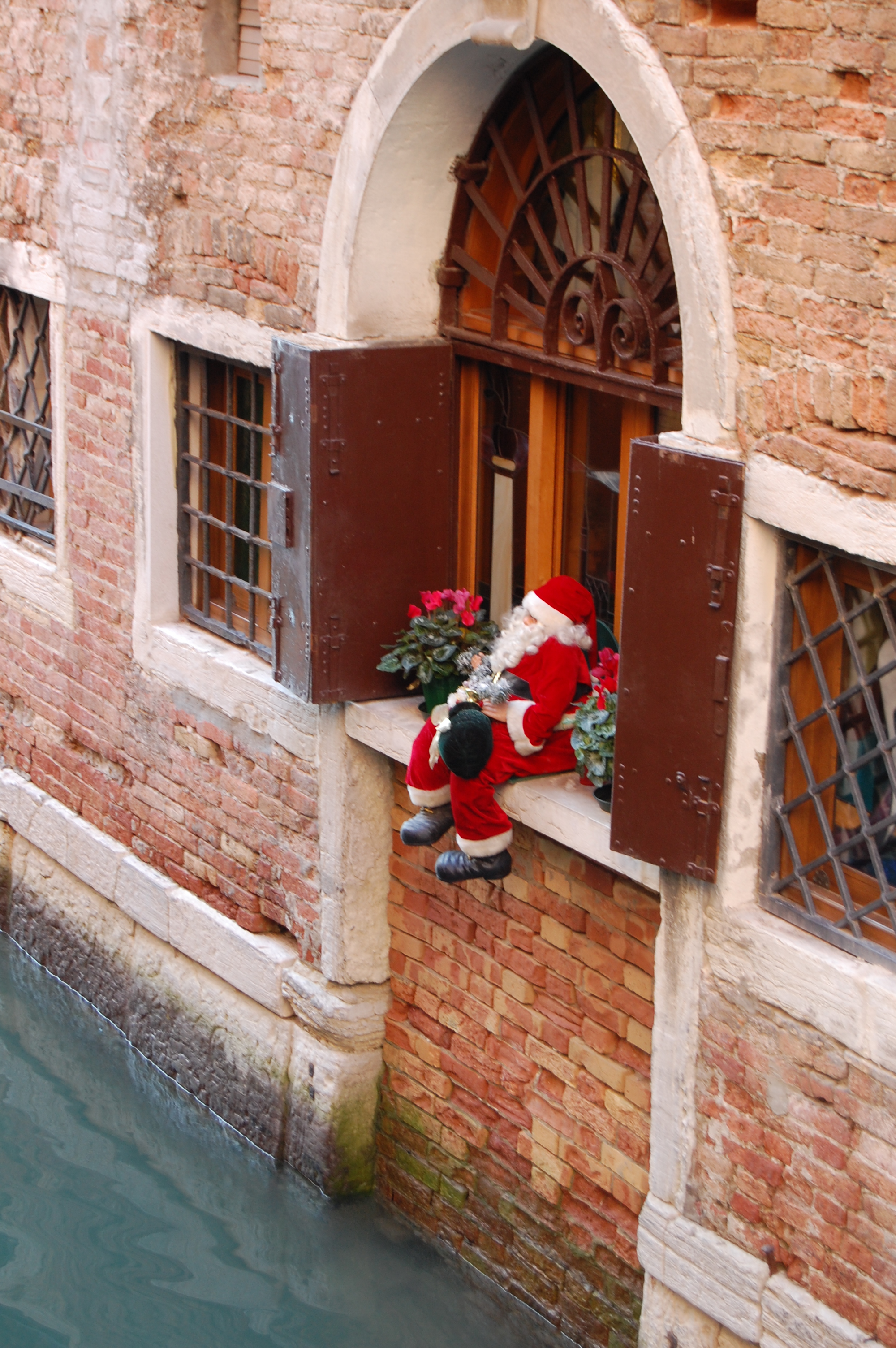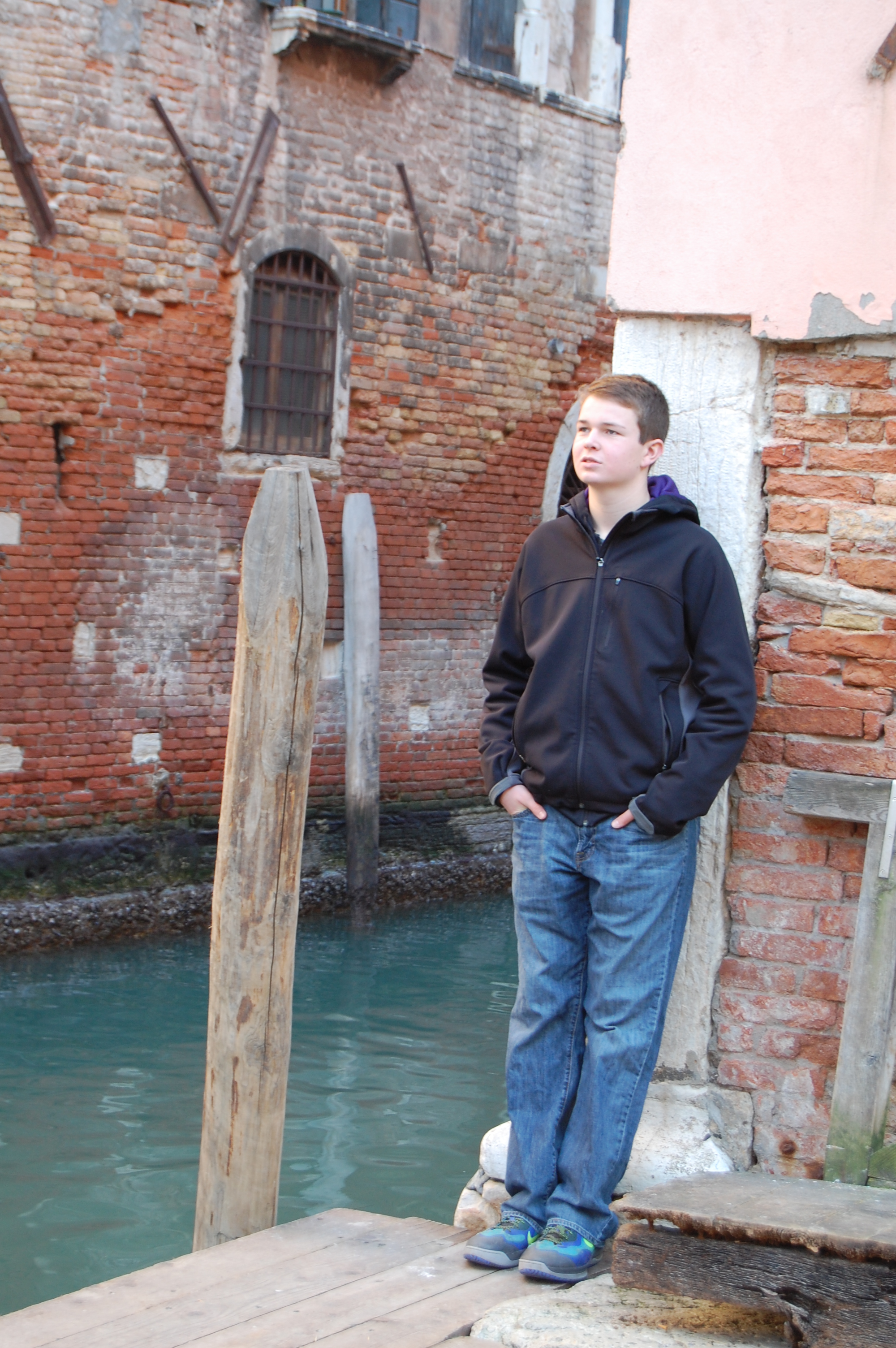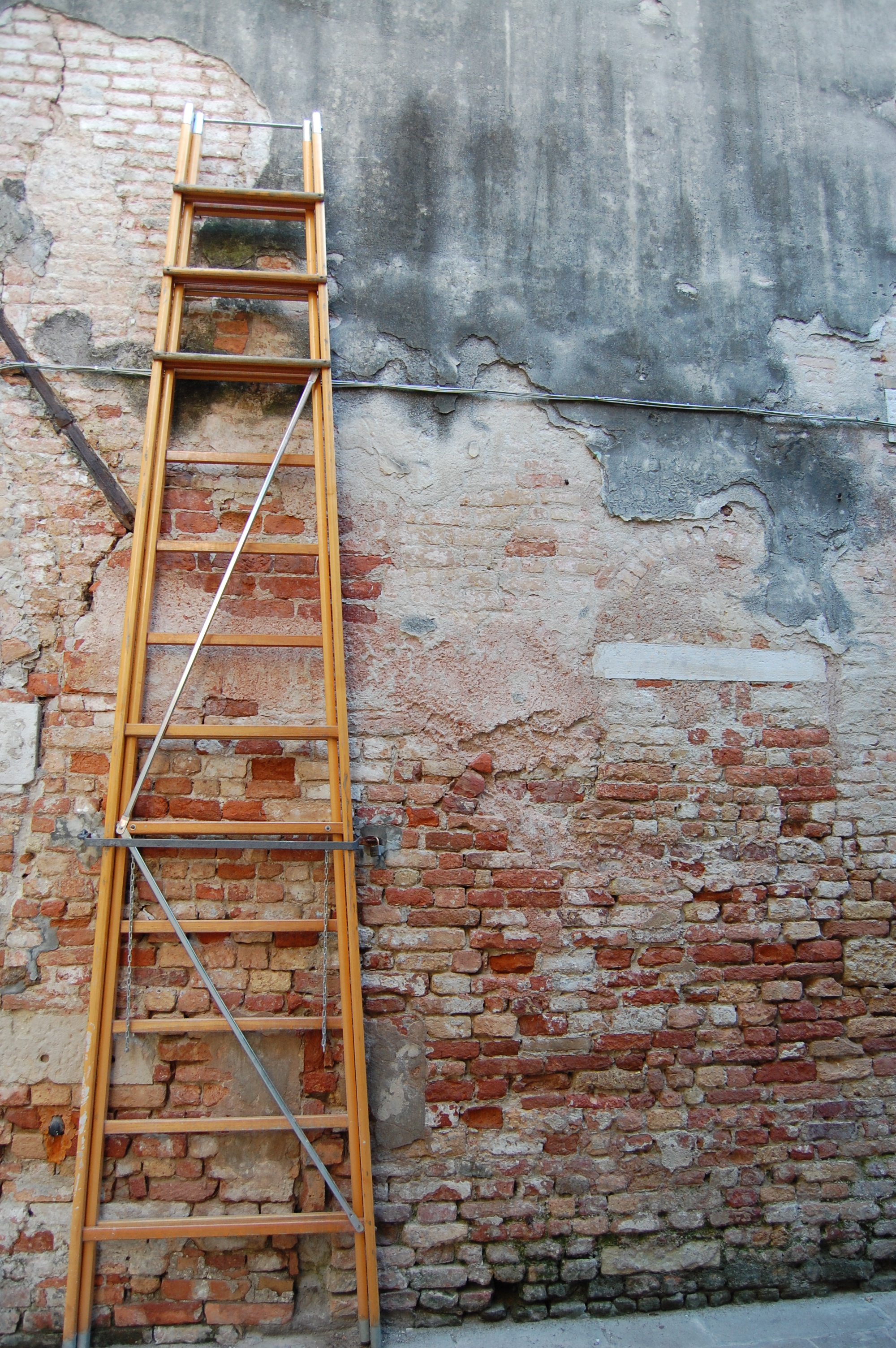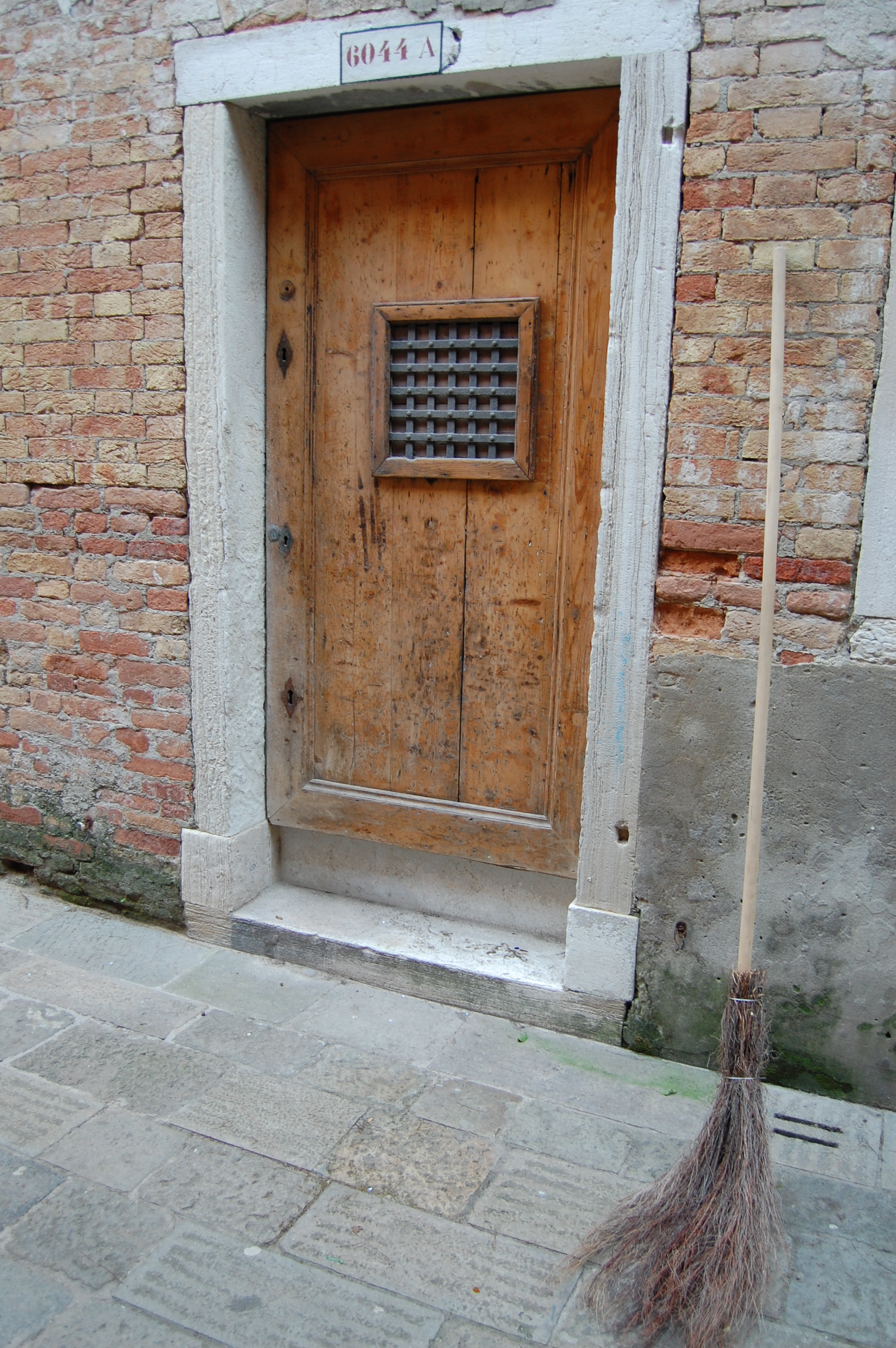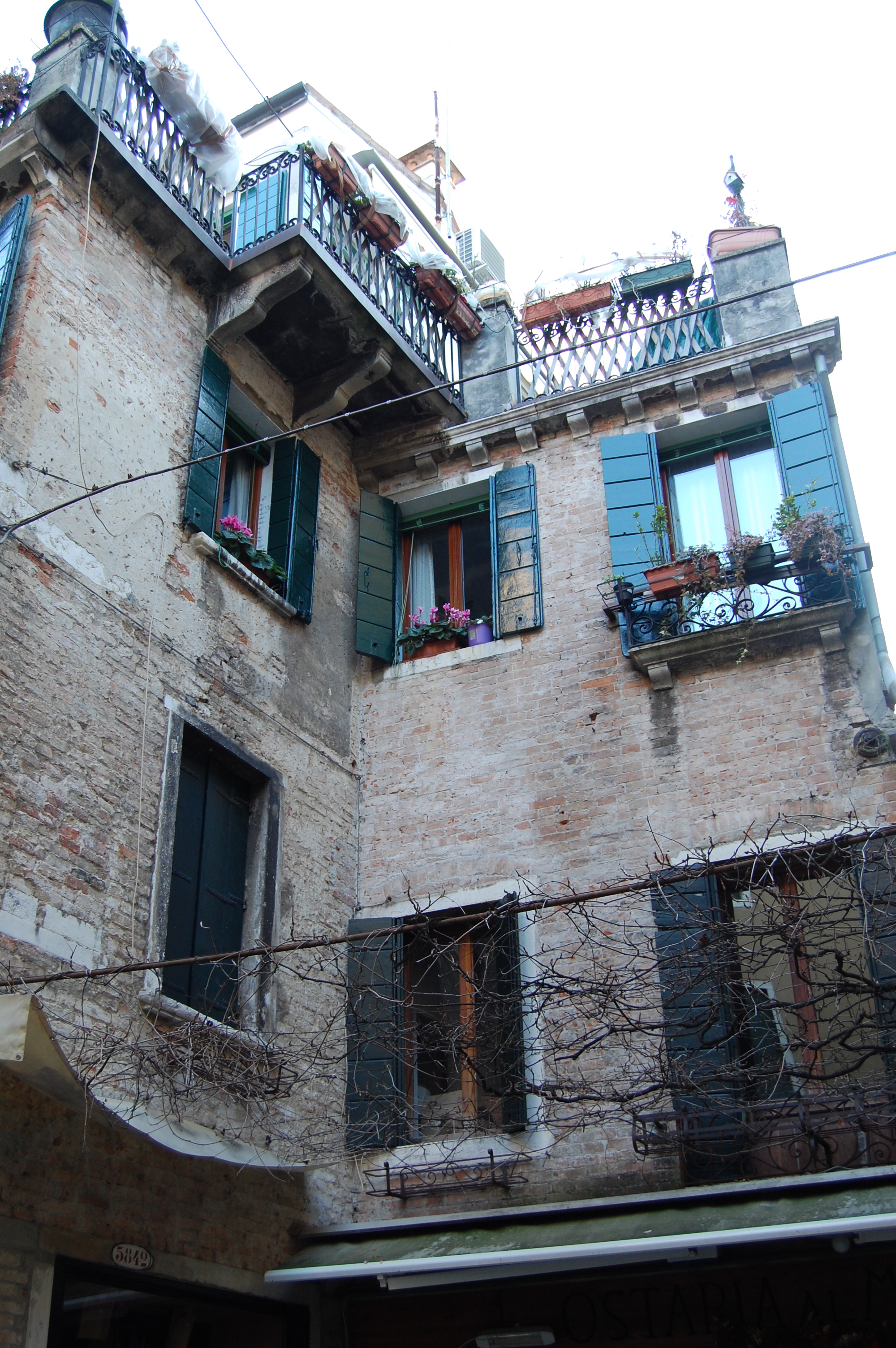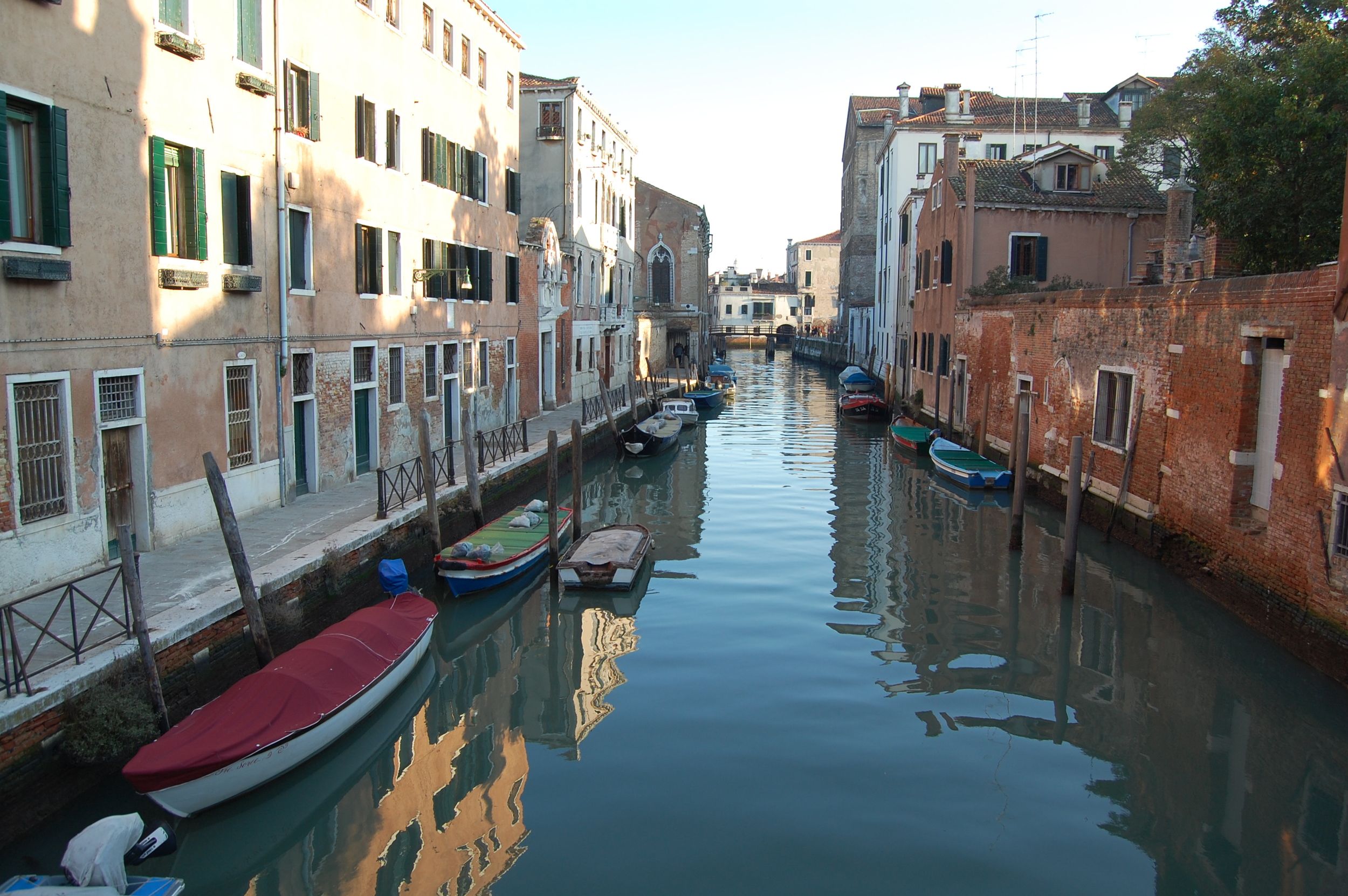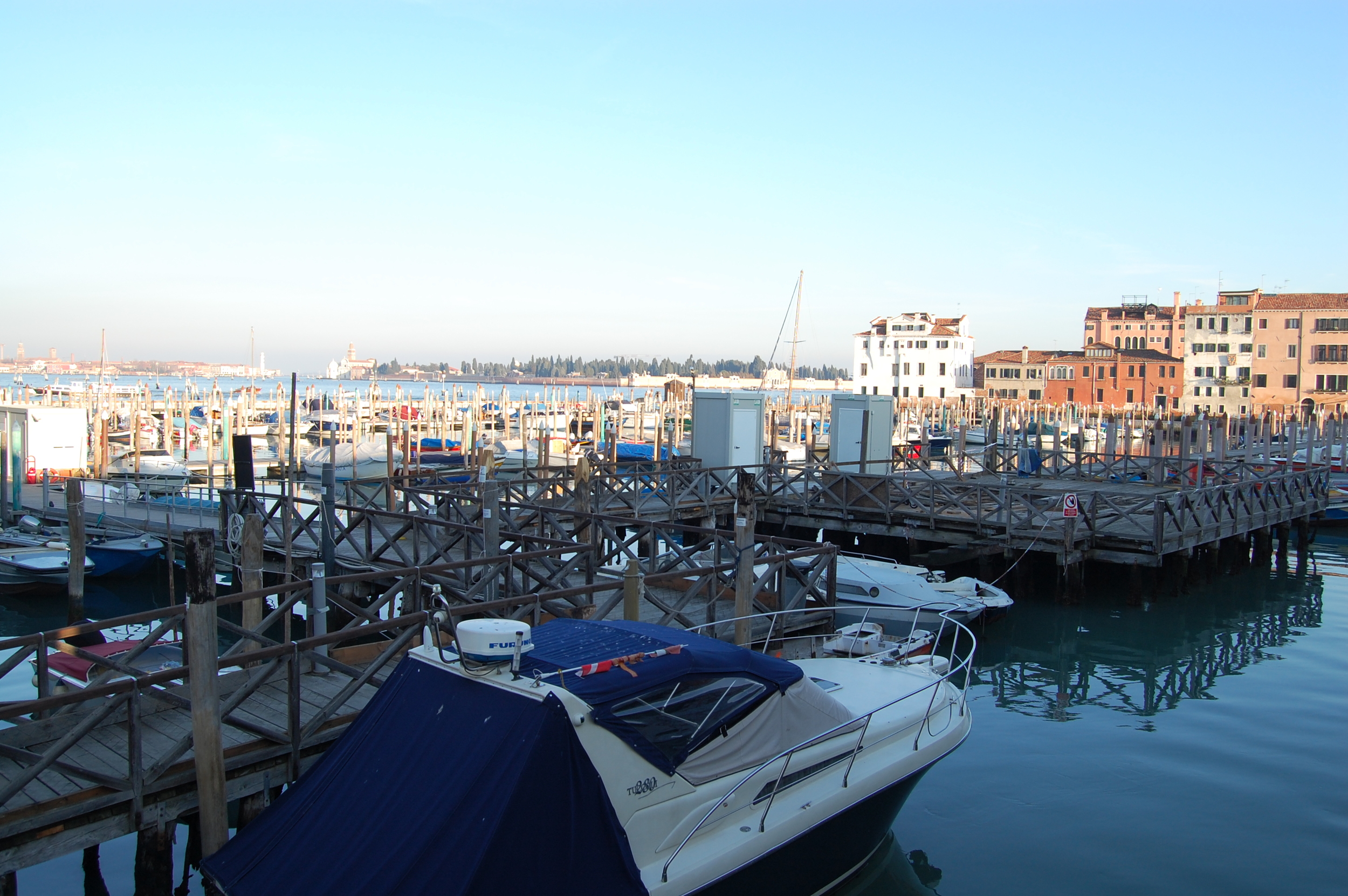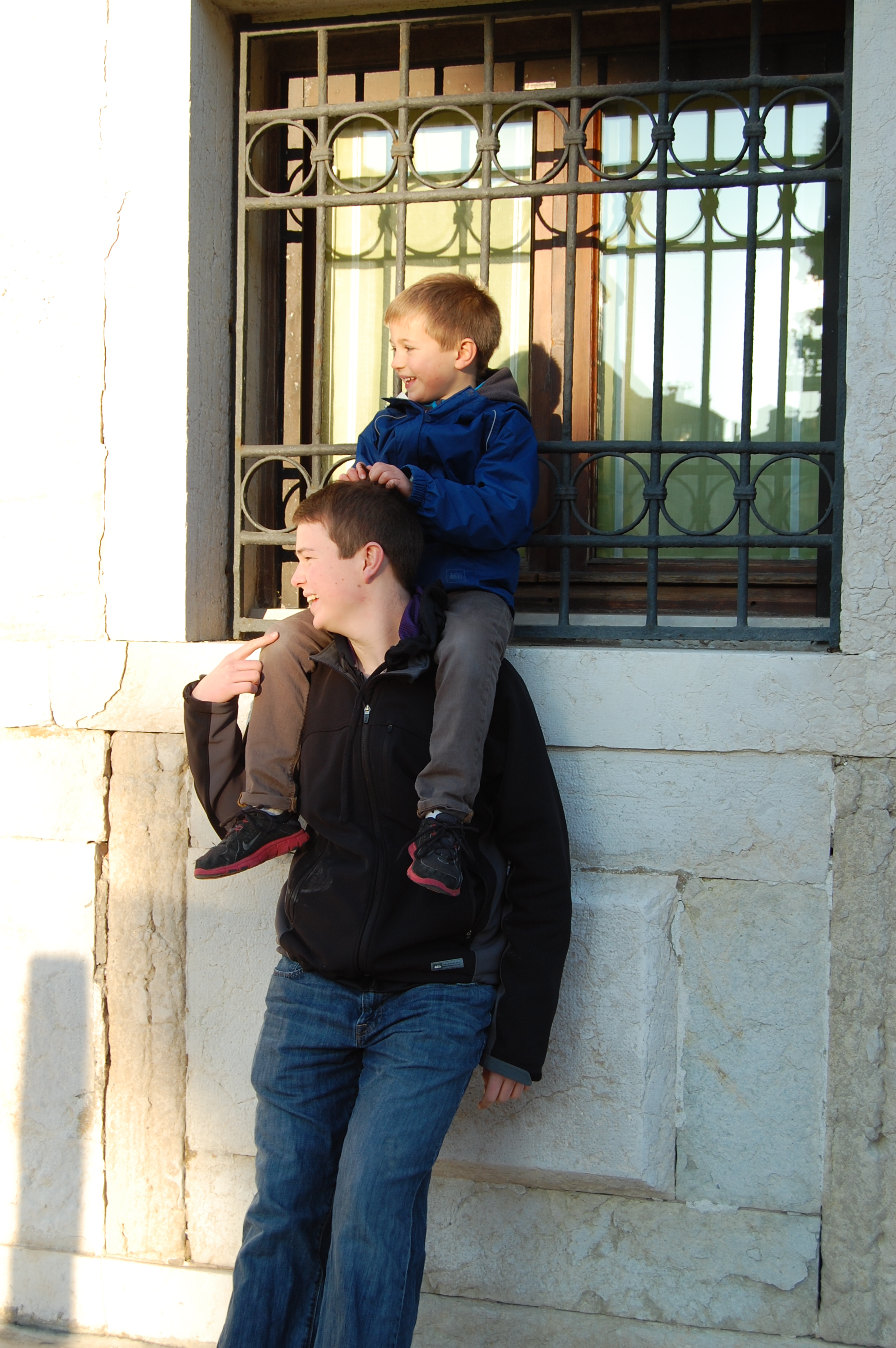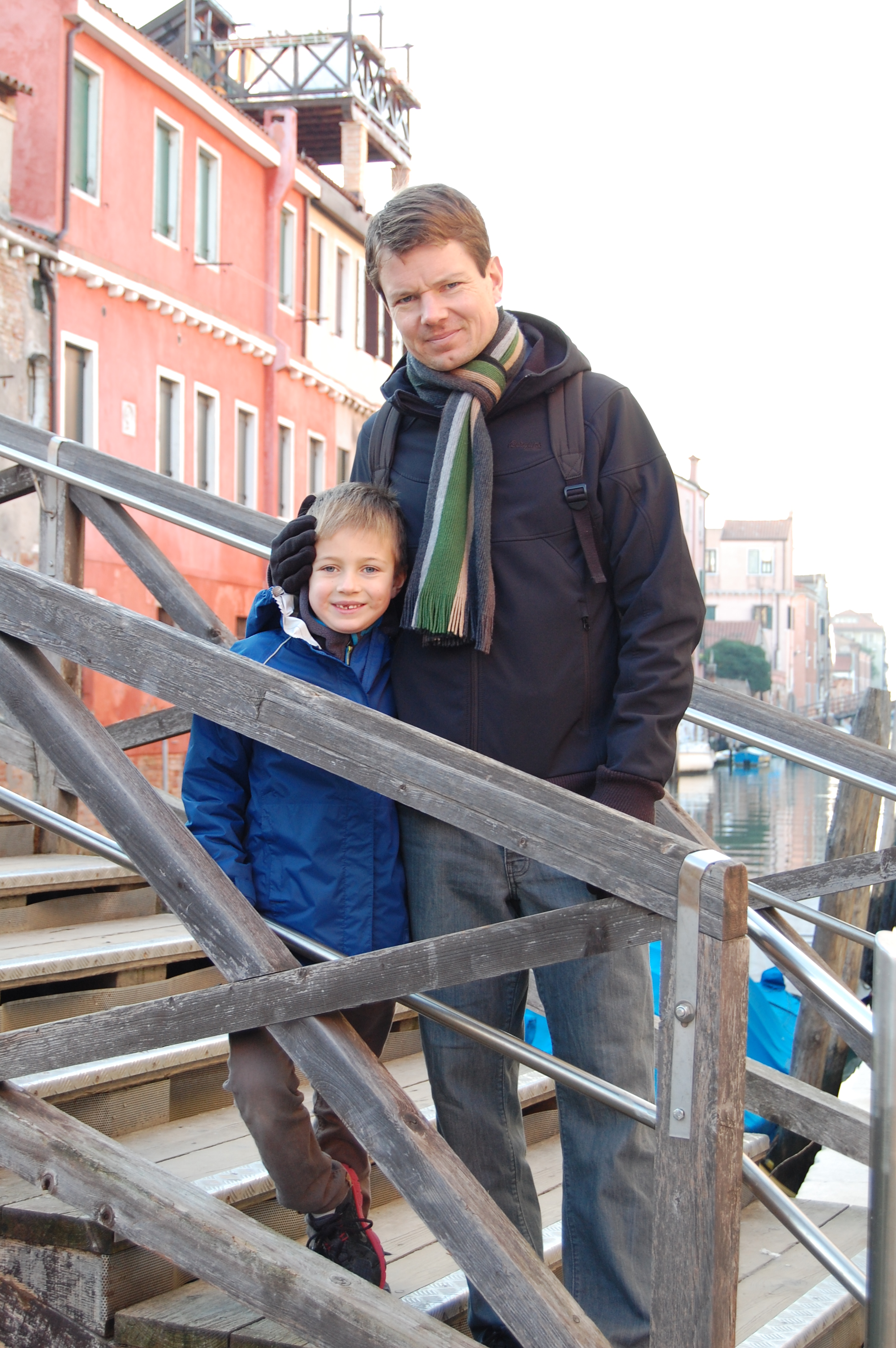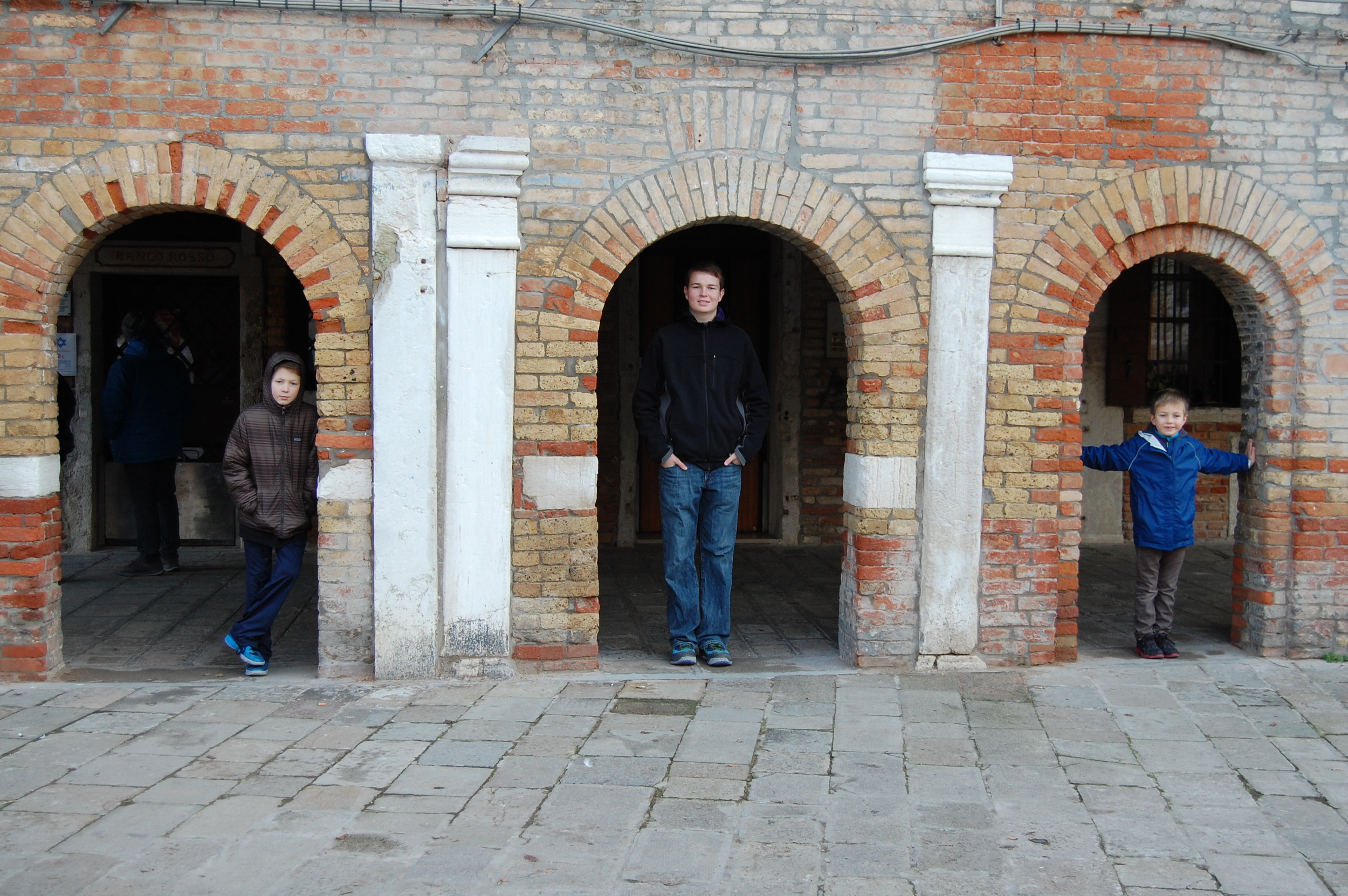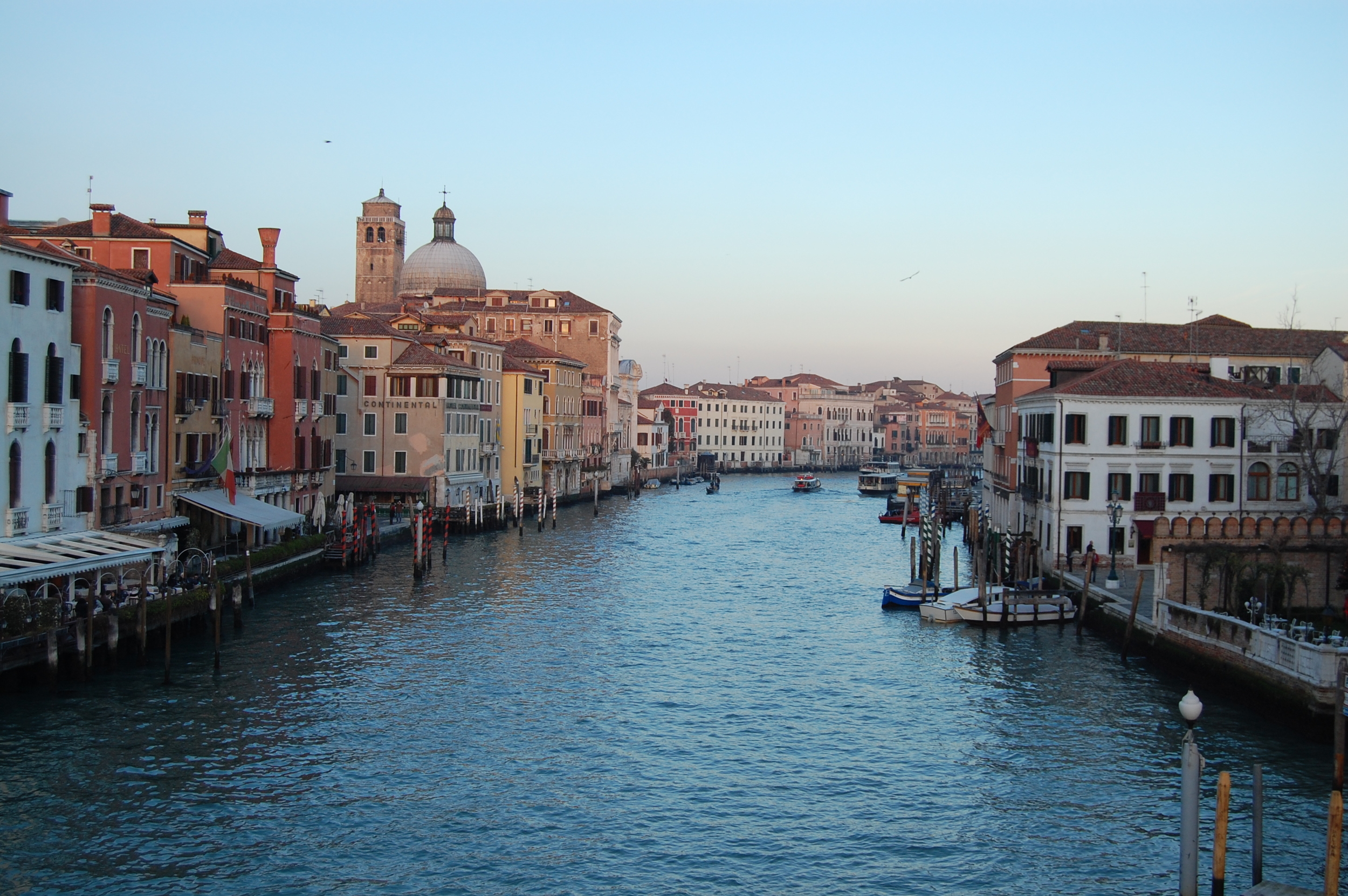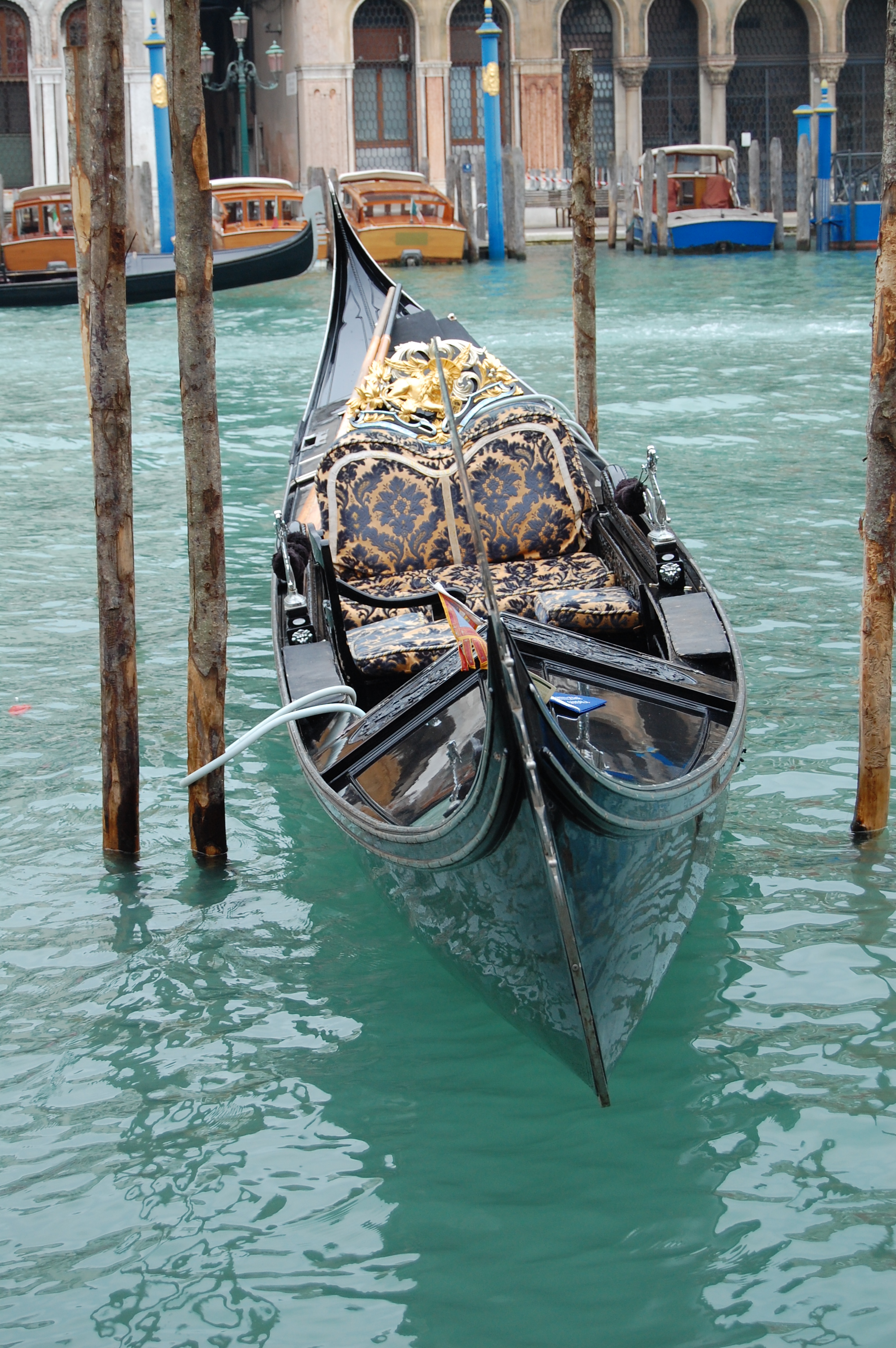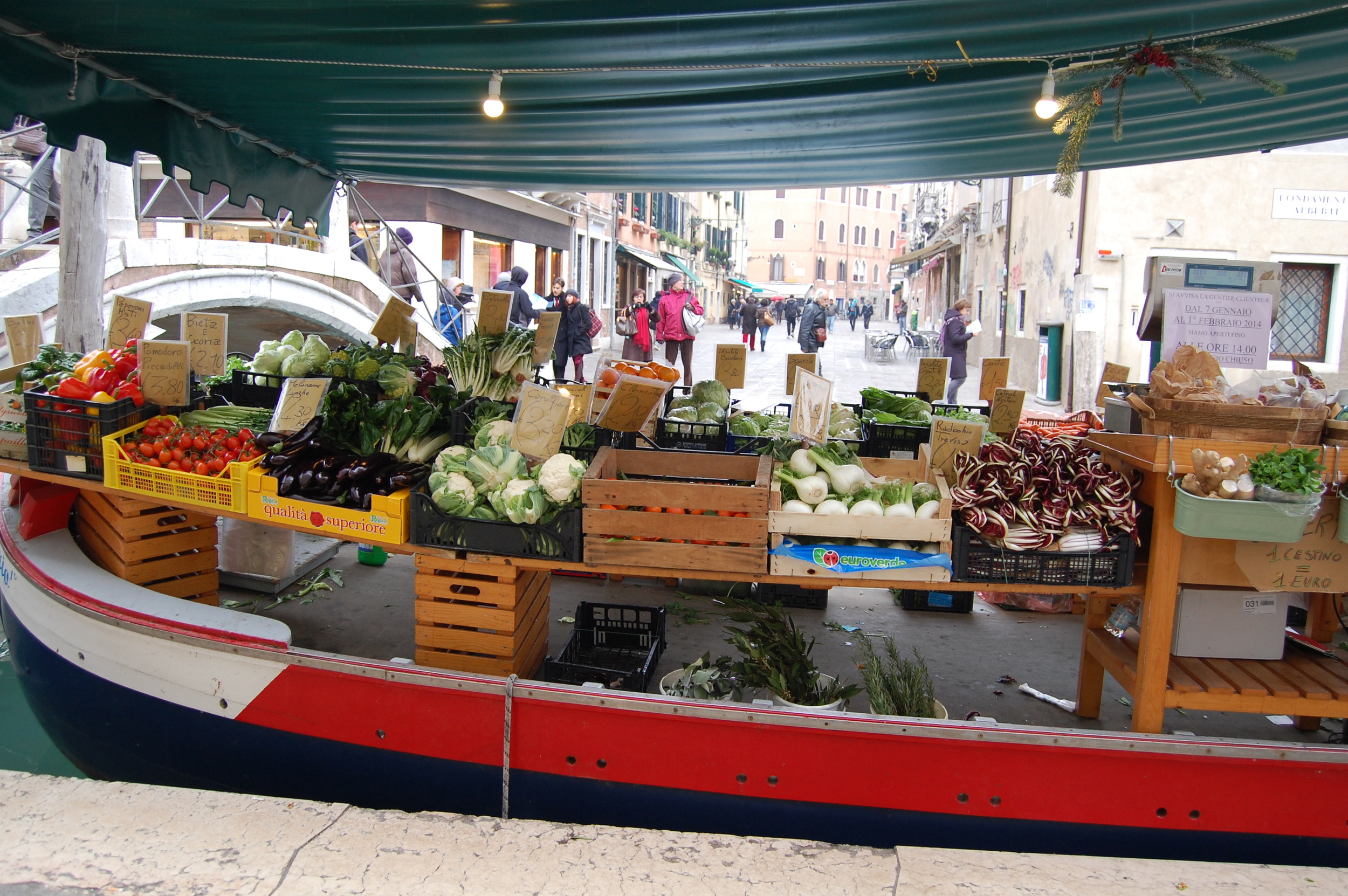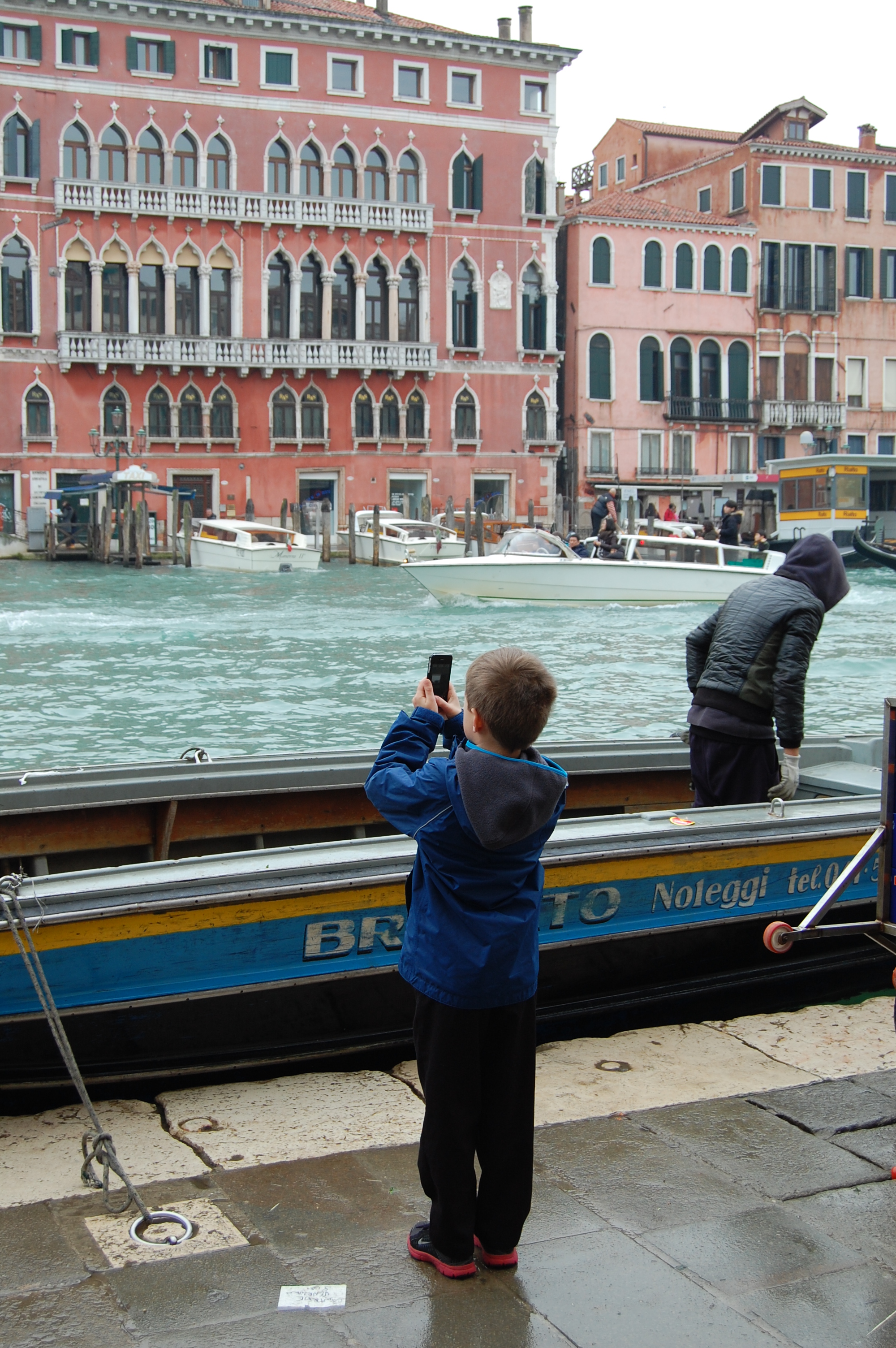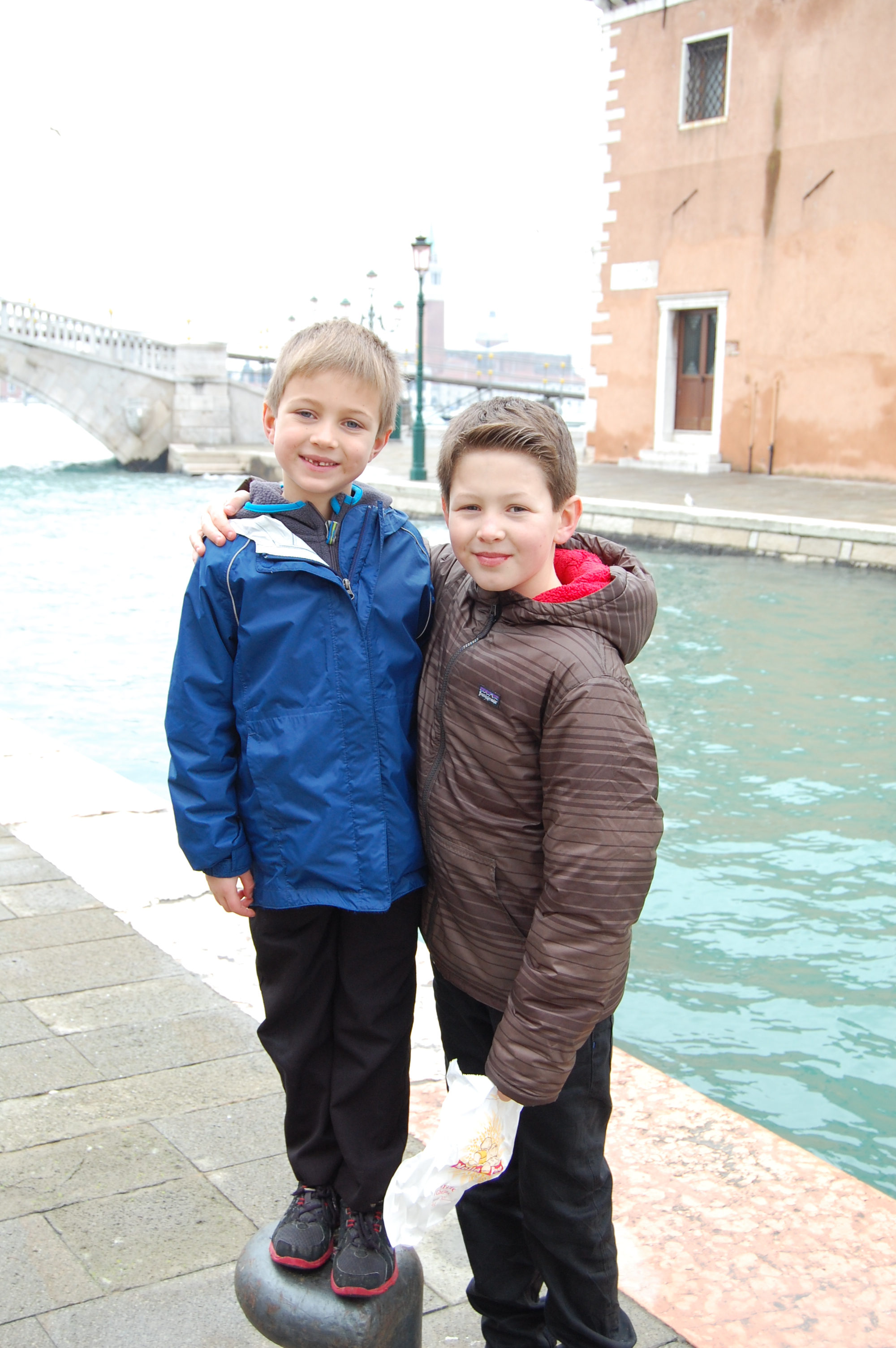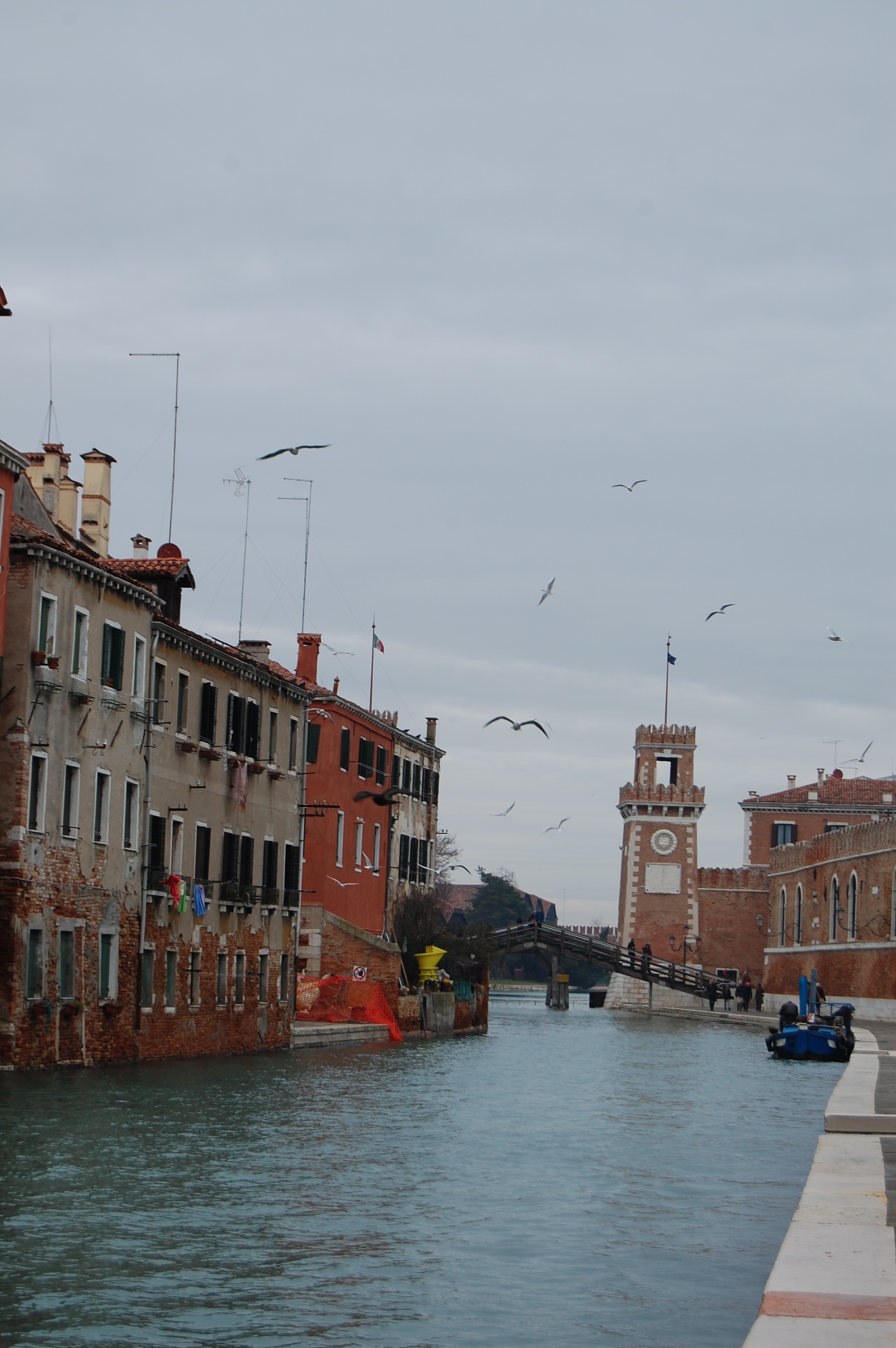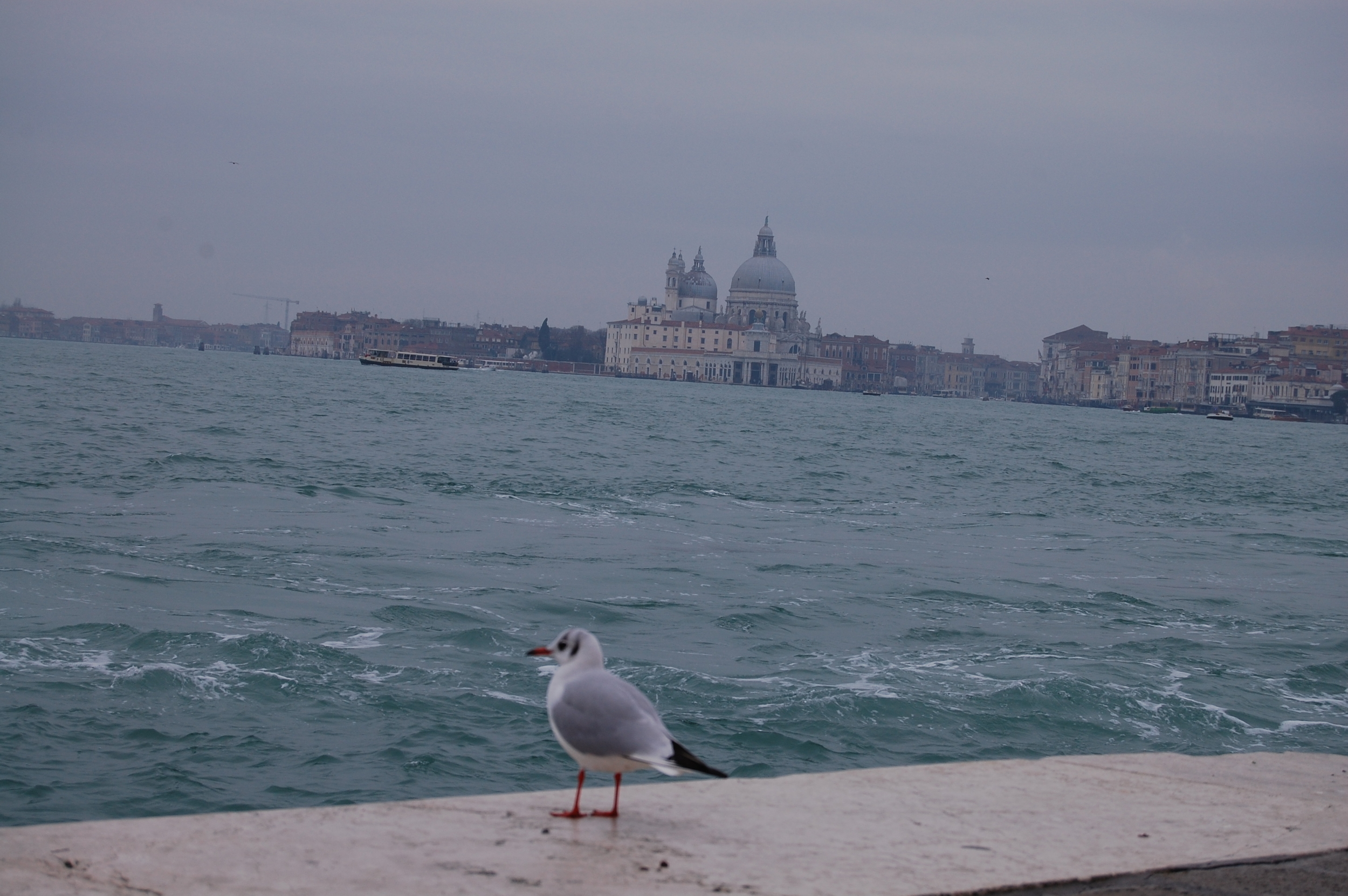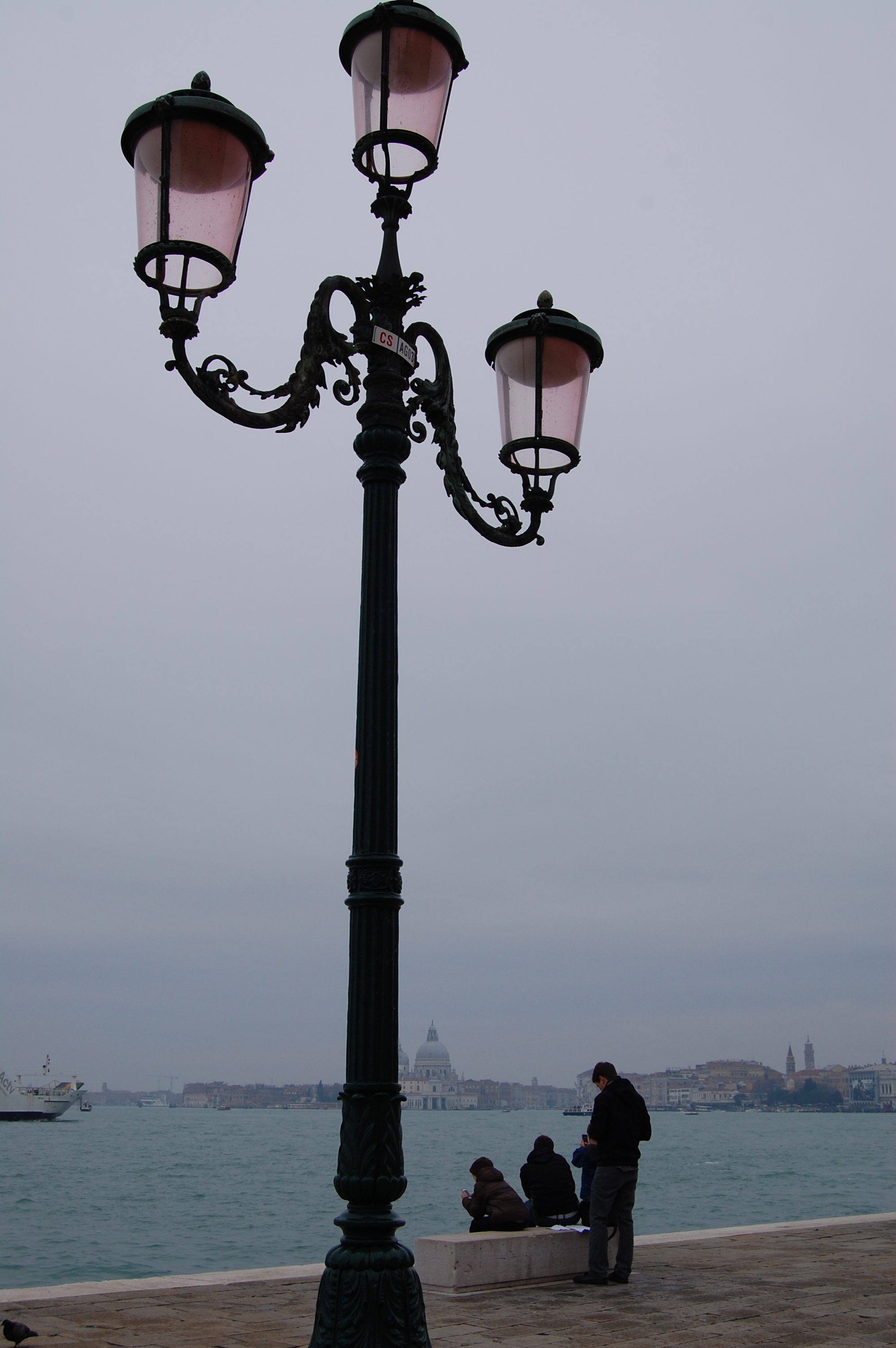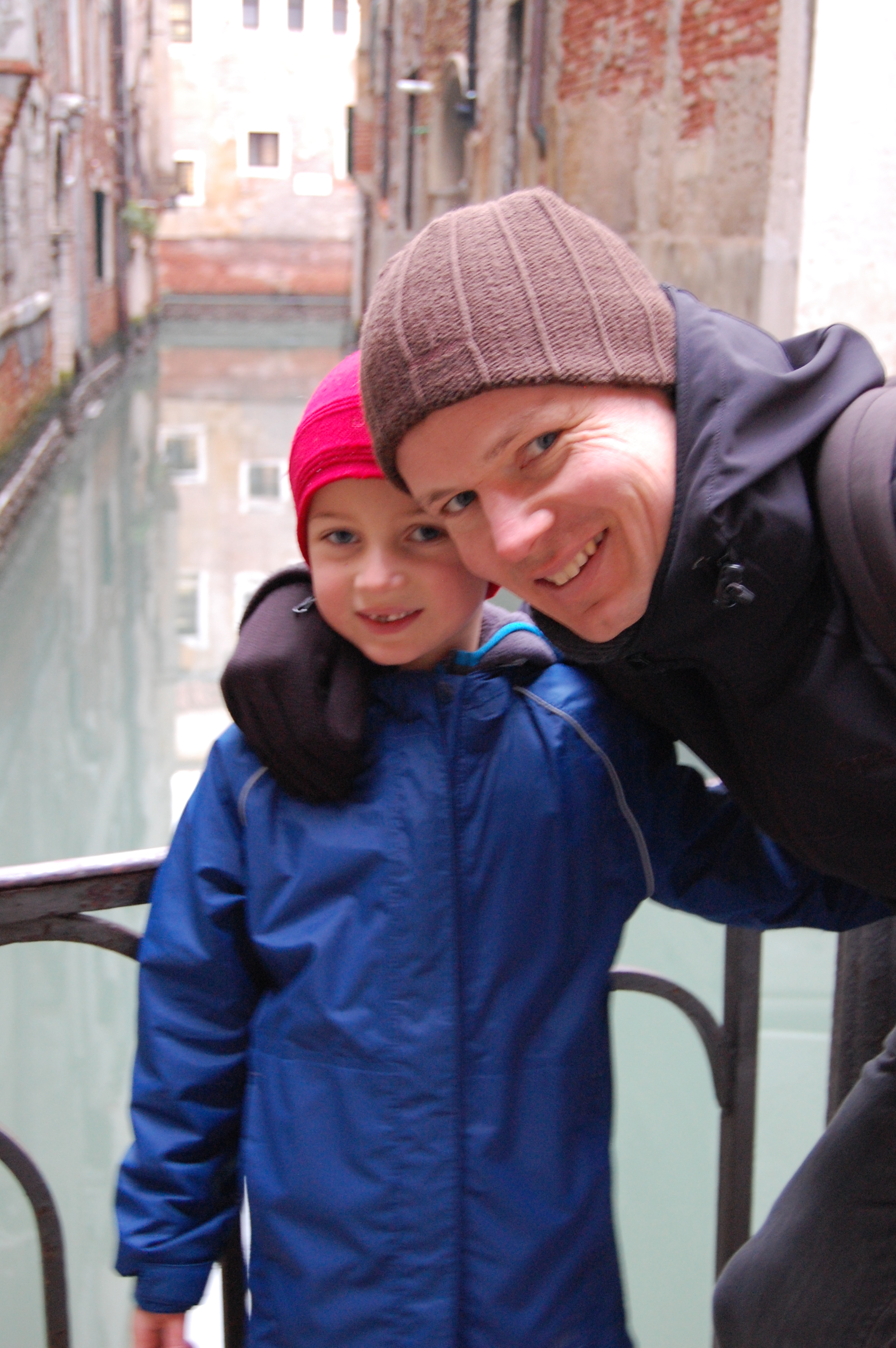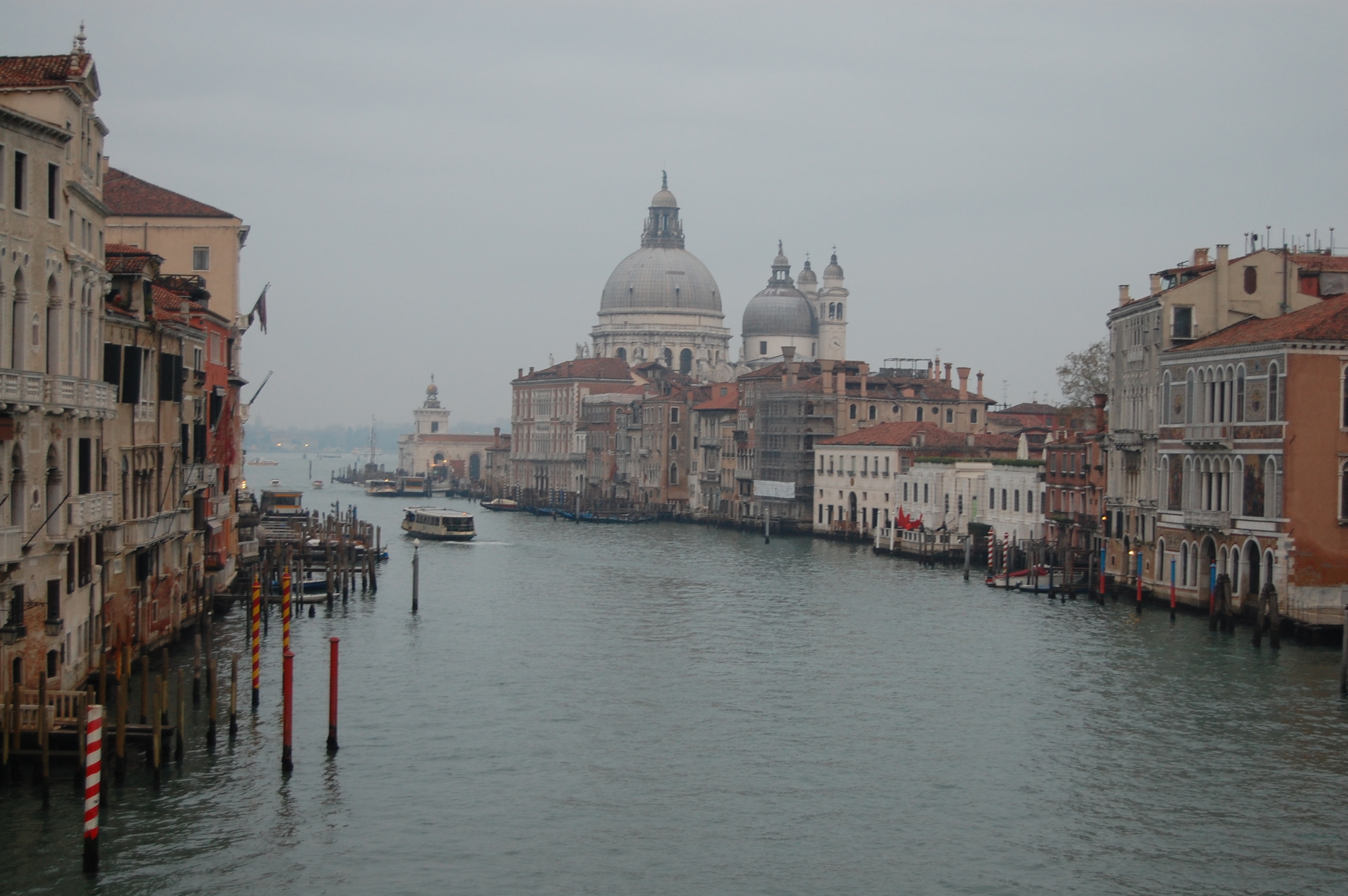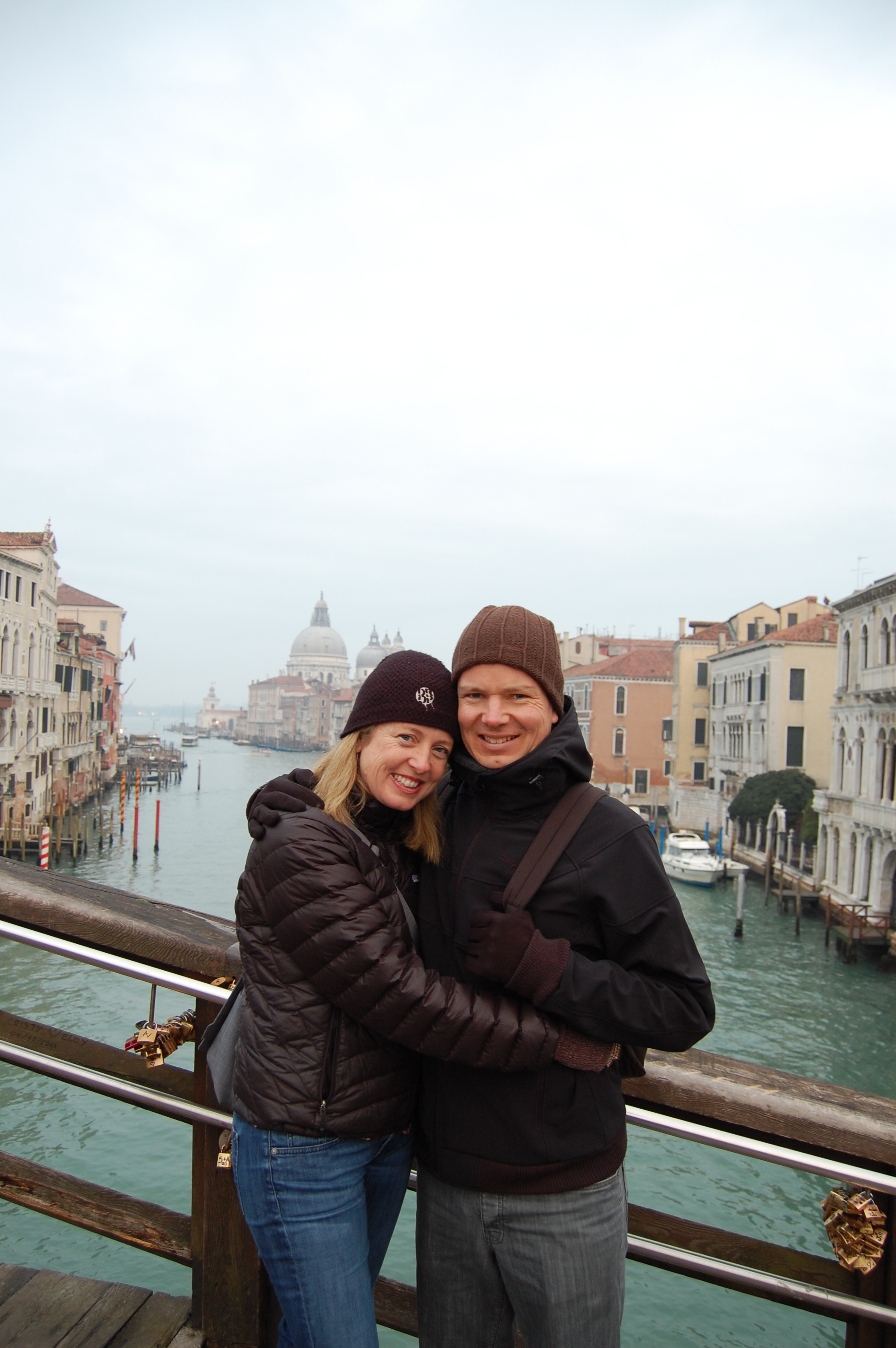I love Paris, but until recently I haven’t loved Paris restaurants. Beyond the trifecta of delicious bread, cheese, and wine, most of my Paris food experiences have been rather ho hum. It’s not been for lack of effort either. Paris beckons with their lovely outdoor cafes, but the kitchen gives the impression that they are sighing at the thought of having to cook for anyone. In cities like London and Barcelona on the other hand, restaurants murmur “come hither” from both the curbside and the kitchen. In these cities there are more choices than time.
I kept thinking I was missing something or that I was deeply influenced by my friend Alice who told me a couple of years ago how disappointed she was with the food on her trip to Paris. Finally validation came in the form of a NY Times article last week. In the article “Can Anyone Save French Food” Michael Steinberger explains how and why Paris started serving ordinary, predictable food in the late 90s but how Paris is showing new signs of life with a crop of expat chefs serving up French food with a lighter and seasonal focus.
The article also helped explain why no one answered my phone call to Abri, a French Japanese restaurant that I’d been reading about and trying to make a lunch reservation at for my March trip to Paris. Apparently it’s the hardest reservation to get in town. Spring, another restaurant mentioned in the article, has also been on my list but I landed a reservation at Le 6 Paul Bert before I made it that far. Also on my restaurant roll is Le Garde Robe, a wine bar serving light snacks that is just around the corner from Spring – both of which are conveniently near the Louvre. I did a drive/walk by both Spring and Le Garde Robe on my March trip and the curb appeal was most definitely there, especially at Spring where you could see the chefs prepping for dinner in the window.
I had read about Le 6 Paul Bert on David Lebowitz’s blog and also on the Paris Kitchen blog. They have a terrific lunch “formula” that involves three courses (an appetizer, main, and dessert) for the bargain price of 19 euros. It’s a tiny, inviting place with what looks like one long dining room table where they pack in pairs of diners (so best suited for parties of 2) with an open kitchen. Reservations are a must, but I was able to get one the day before. Lunch time in Paris is 12-2pm and so there is generally only one seating for lunchtime. Unlike most French food where things are sauced together or decorum takes precedence over flavor, the dishes at Le 6 Paul Bert were fresh, light and nuanced. For each course, there are only two options which change daily so it’s only a place to go if you are the type of person who welcomes a food adventure. I had lunch there with my friend Angela, the same friend who sent me the Michael Steinberger article two days after our bistro bonanza. Angela has sampled a lot more food in Paris than I have, and she would concur that Le 6 Paul Bert was a home run. Finally. It was so good that we were the first to arrive and last to leave and we even felt comfortable enough to send our glass of wine back because it tasted funny. (The replacement glass of wine did not.) Le 6 Paul Bert is located in the 11th arrondissement which is out of the main touristed areas but is easily accessed by metro. Food porn + happy Angela post lunch below.
My friend Jannine scouted out the restaurant Pirouette for lunch when we went together in January. We however were having so much fun on our Paris by Mouth food tour that we missed our lunch reservation. I passed on the tip to my inlaws when they were visiting in March and they beat all of us to this little gem that opened last year in the 1rst arrondissement near Les Halles. It’s been written up on all the Paris food blogs and my father-in-law was able to make dinner reservations for a Saturday night on Thursday evening. (Granted this was March not busy summer time.)
Here is his review of Piroutte: “Just terrific. You must go. A foody restaurant but not arrogant or overbearing at all. Good English and very friendly. We talked to owner a bit. Lots of great menu choices from a blackboard the waiter goes through very patiently. ( aside – we ate at 7 most nights and I am a fan of that hour, not because we go to bed early. The restaurant may be almost empty but the wait staff has time to be patient with English speakers and the ambiance of other diners picks up a 7:30). We had the 3 course 40 euros choice and it was not too much to eat. We did ask for lighter choices. I had trout appetizer and fish. Annelle had a gnocchi and whole morel mushroom dish in puree spinach sauce. Her main was very good but we have forgotten. Memorable but not memorable. Her dessert was crème brulee and mine was a fancy mix of tasty morsels (best I can do).”
So there you have it … a couple of restaurants in Paris I (and my father-in-law Dan) can recommend with enthusiasm.
